
Highway Code Rules for Cyclists
Cycling is a popular and eco-friendly way to get around. However, you must ensure to follow the Cyclists Highway Code to stay safe and maintain harmony on the roads. Whether you're a cyclist or a driver sharing the road with them, understanding these rules is essential.

Oliver Davidson
Published 30 September 2024
This blog will cover the key Cyclists Highway Code Rules to help you stay safe and informed. If you're preparing for the UK driving theory test, these rules will also be part of your preparation with*RayApp.
1. Cyclists' Position on the Road (Rule 72):
Cyclists are allowed to ride on the road, but the Highway Code suggests they should:
- Ride centrally in quieter streets, at junctions, or when traffic slows. This makes cyclists more visible to other road users.
- Keep at least 0.5 meters from the curb in faster-moving traffic, or further if it’s safer.
2. Overtaking Cyclists (Rules 163 & 212):
For drivers overtaking cyclists, the Highway Code emphasizes:
- Giving at least “1.5m” of space when passing cyclists, more if you're traveling at higher speeds.
- Only overtaking when it’s safe and avoiding squeezing cyclists into a smaller space or passing too closely.
3. Using Cycle Lanes (Rule 62):
Cycle lanes are designed for cyclists' safety, but using them is not mandatory:
- If it feels unsafe or uncomfortable to use a cycle lane (due to parked cars, potholes, etc.), cyclists are allowed to ride outside of it.
- When using cycle lanes, stay aware of pedestrians and vehicles entering or crossing the lane.
4. Cyclists and Pedestrian Crossings (Rule 79):
When approaching pedestrian crossings, cyclists need to:
- Dismount and walk, if crossing on a zebra, puffin, or pelican crossing unless there is a specific cycle path alongside.
- At “toucan crossings”, cyclists are permitted to ride across, as these are designed for both pedestrians and cyclists.
5. Lighting and Visibility (Rule 60):
According to the Cyclists Highway Code, it’s a legal requirement for cyclists to have appropriate lights and reflectors when riding at night:
- Front and rear lights are required, with a “white light at the front” and a “red light at the rear”.
- Bikes must also have “red rear reflectors” and pedal reflectors.
6. Helmet and Protective Gear (Rule 59):
While wearing a helmet is not mandatory, the Highway Code strongly encourages cyclists to:
- Wear a well-fitted, safety-standard-approved helmet to reduce the risk of head injury.
- Use gloves and eye protection for added safety.
7. Signaling and Road Awareness (Rules 167 & 181):
Just like drivers, cyclists need to indicate their intentions clearly:
- Use hand signals to indicate turns or changes in direction.
- Make sure it’s safe before turning, overtaking, or stopping.
Concluding Thoughts
If you’re preparing for your UK riving theory test, it’s crucial to understand the Cyclists Highway Code Rules both for your own knowledge and for the safety of others on the road. RayApp makes it easy to study the “Highway Code” with targeted practice questions and hazard perception videos to ensure you're fully prepared.
Download RayApp today and start practicing your driving theory test with ease. Whether you’re a cyclist or a driver, understanding the rules of the road is key to staying safe and confident behind the wheel!
Tags
Rate the article
Related articles
5
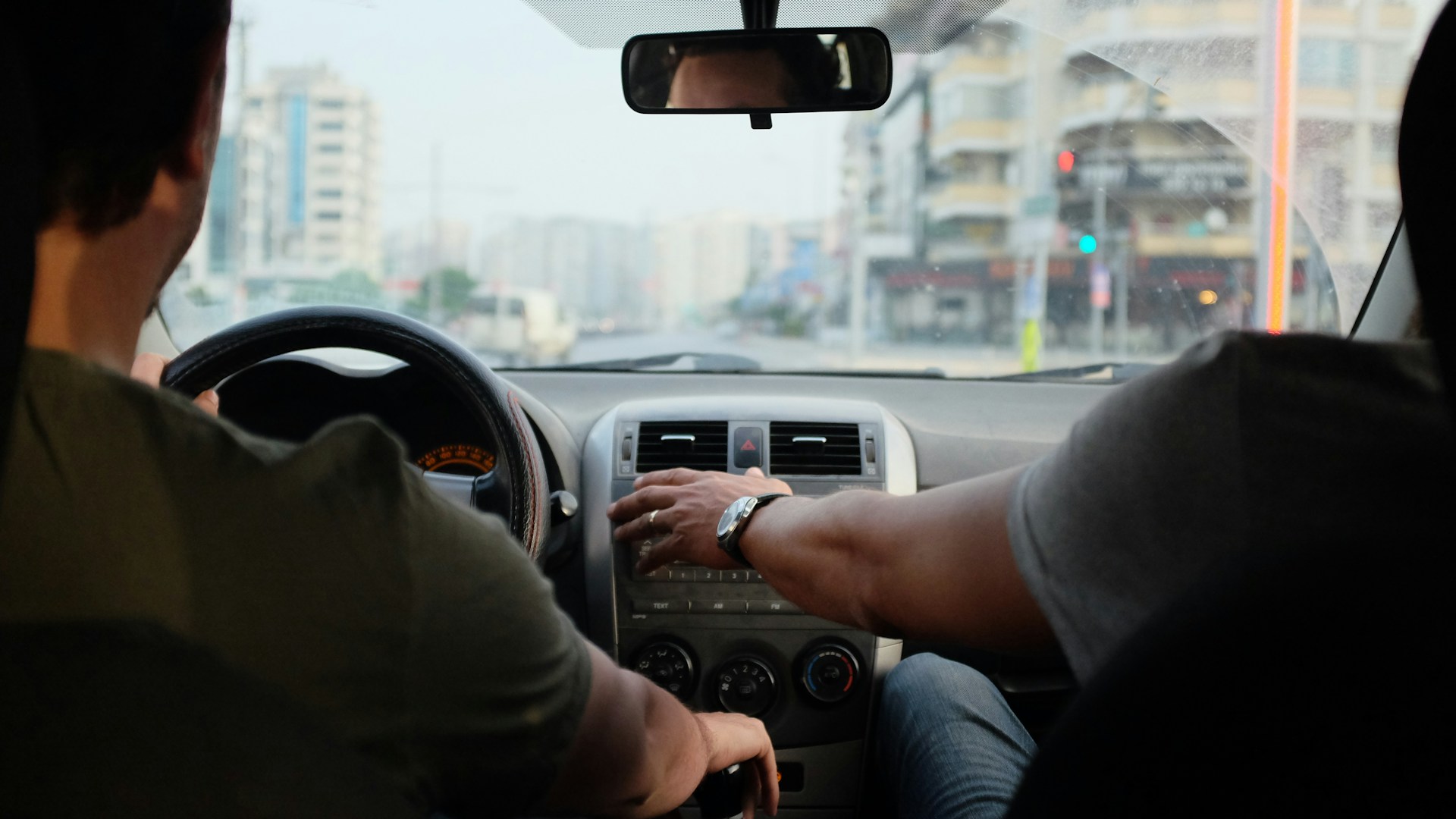
13 Common Questions Every Driving Instructor Gets Asked (And Honest Answers!)
If you're learning to drive or getting ready for your practical driving test, it's totally normal to have questions. Trust me, you're not alone! Driving instructors across the UK hear the same concerns week after week.
5

Top 5 Beginner Driving Mistakes and How to Avoid Them
If you're learning to drive or preparing for your driving test, you’ve probably already run into some common beginner mistakes. This article breaks down the five most frequent driving mistakes, why they happen, and how to fix them — with tips straight from real experience.
5

How to Drive on the Highway at Night and Not Get Tired: Life Hacks for Long Trips
The night highway is a special world. Fewer cars, its own atmosphere, but also its own challenges. The main one is fatigue, which creeps up unnoticed and can play a cruel trick. Long trips in the dark require not only endurance but also a competent approach.
5
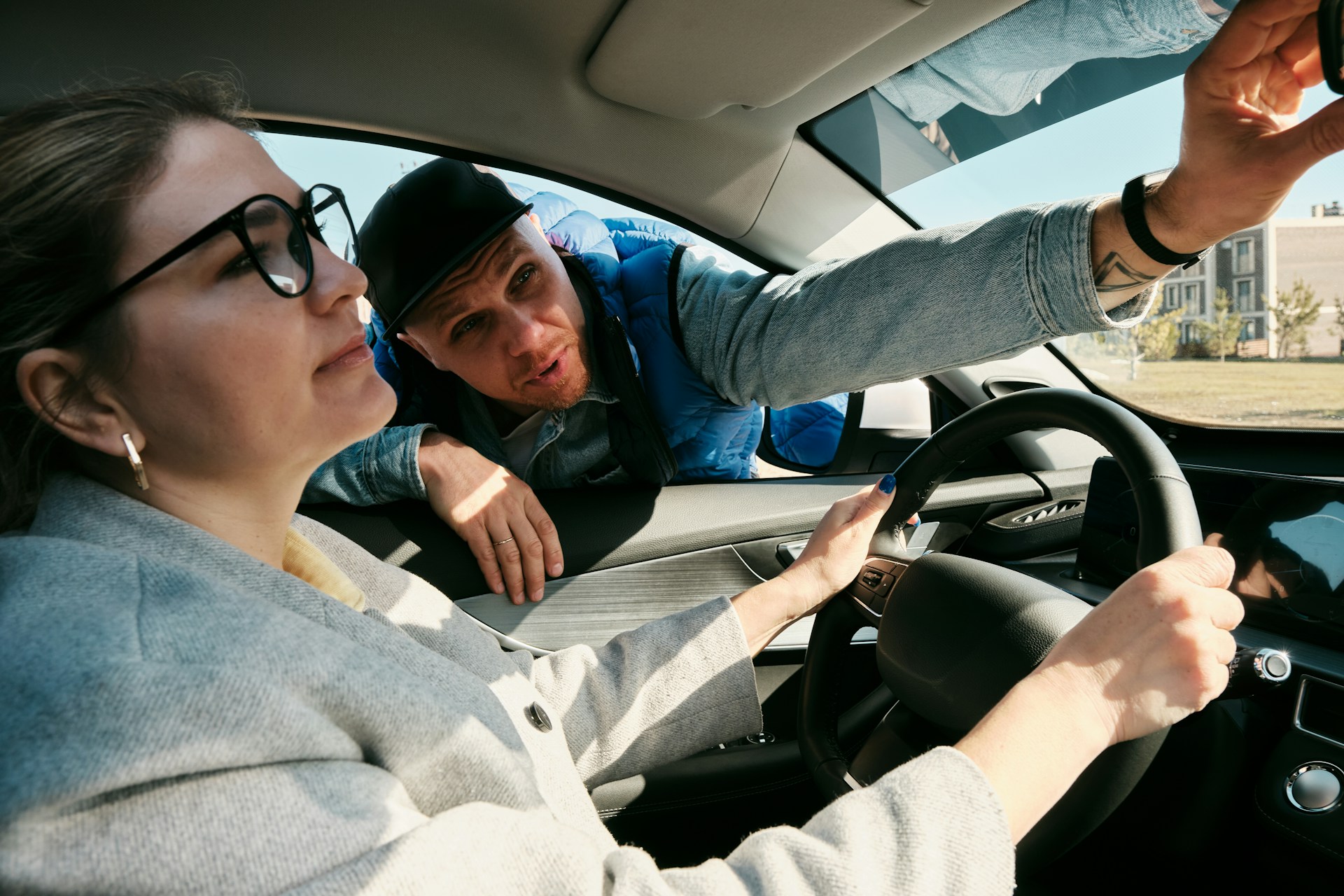
Drive Safe, Save Gas, Be Smart: Stuff UK Drivers Should Read
Whether you just got your license or have been driving for ages, staying up-to-date is key to being safe out there. Driving is more than just knowing the road rules – it's about seeing possible problems before they happen, keeping everyone around you safe, and paying attention every single time you get in the car.
5

City Parking Tips for Beginners: Smart Lifehacks to Make It Stress-Free
Let’s be real—parking in the city can be pretty stressful, especially if you’re a new driver. With narrow streets, impatient drivers, confusing signs, and tricky parallel spots, it can make even the calmest person nervous.
5

How to Master the Turn in the Road: Tips for Performing a Turn in a Confined Space on Your Driving Test
Passing your UK driving test means showing that you can really handle your car. One of the tasks you might be challenged with is a turn in the road, or a three-point turn. It sounds easy, but when you're under pressure, it can throw you off, even if you’ve practiced a lot.
4

How to Tow a Car Properly: A Practical Guide for UK Drivers
If you ever find yourself helping a friend with a broken car or dealing with your own ride, knowing how to tow a car can really help cut down on headaches. But before you just grab a rope and hit the road, there are some legal stuff, safety tips, and mistakes to avoid that you should know about.
5

Mastering Defensive Driving: Why Counter-Skid Skills Could Save Your Life
When we think about getting better at driving, we often picture ourselves mastering parallel parking or getting through tricky roundabouts. But there’s a crucial skill that could really save your life — counter-skid or defensive driving.
5

Why Caring for Your Car Matters: Key Benefits of Responsible Vehicle Ownership
Taking care of your car is really important and can save you a lot of trouble down the road. Regular maintenance isn’t just about pride—it affects your safety and your wallet too. Here’s why being responsible with your car really matters and how a little care can make a big difference.
4

What Do Learner Drivers Fear the Most?
Learning to drive is a big deal in life, but it can bring on a lot of nerves for newbies. Whether it’s their first time behind the wheel or tackling a roundabout, it’s totally normal to feel scared. Let's talk about what makes new drivers anxious and how recognizing these feelings can help build confidence on the road.
5
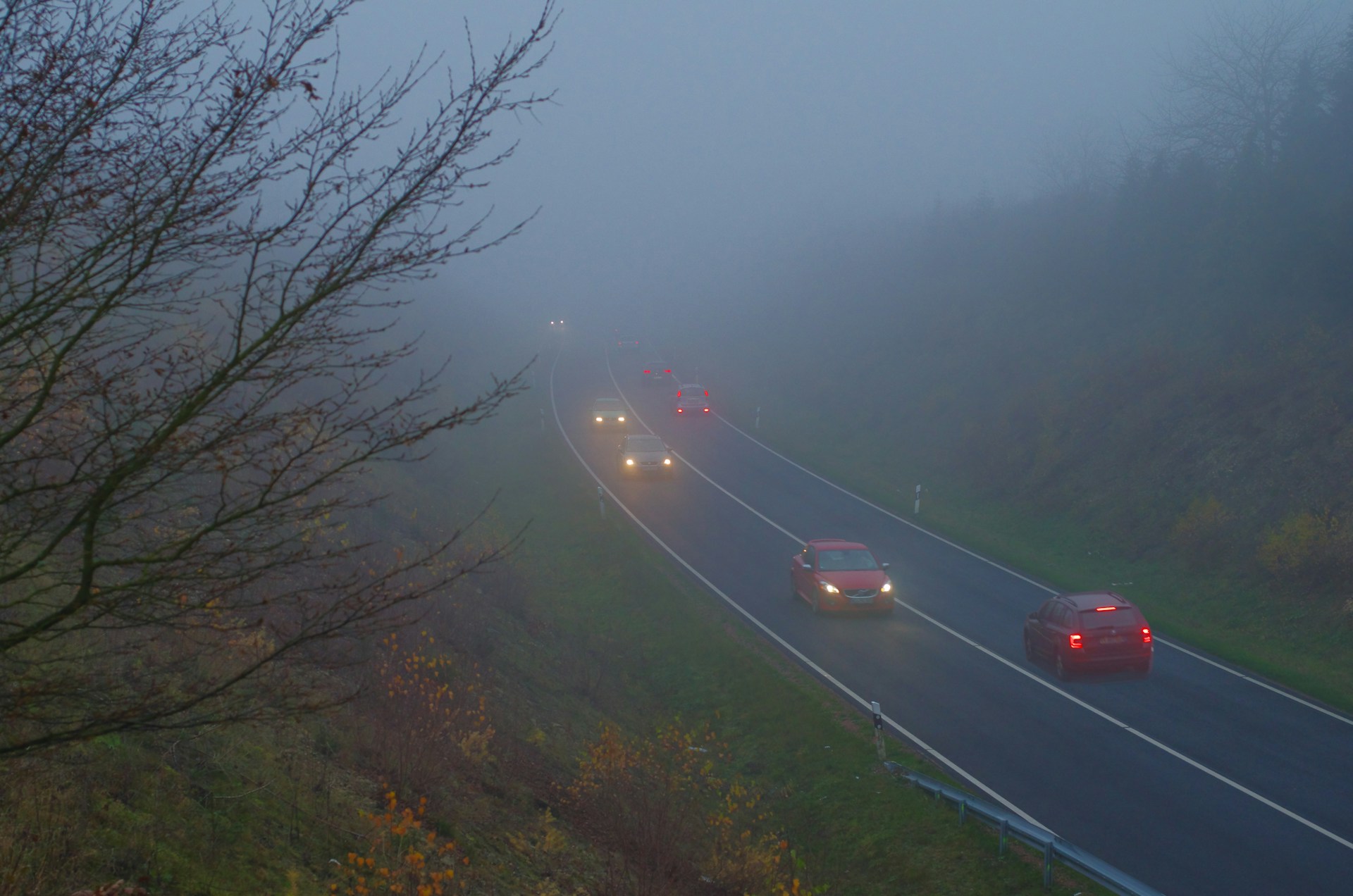
Driving Safety in Low-Visibility Conditions
When it comes to passing your driving theory test—or simply staying safe on the road—some of the terminology in the Highway Code can be a bit confusing. One such term is limited visibility. What exactly does it mean, and why is it so important for drivers to understand it?
5
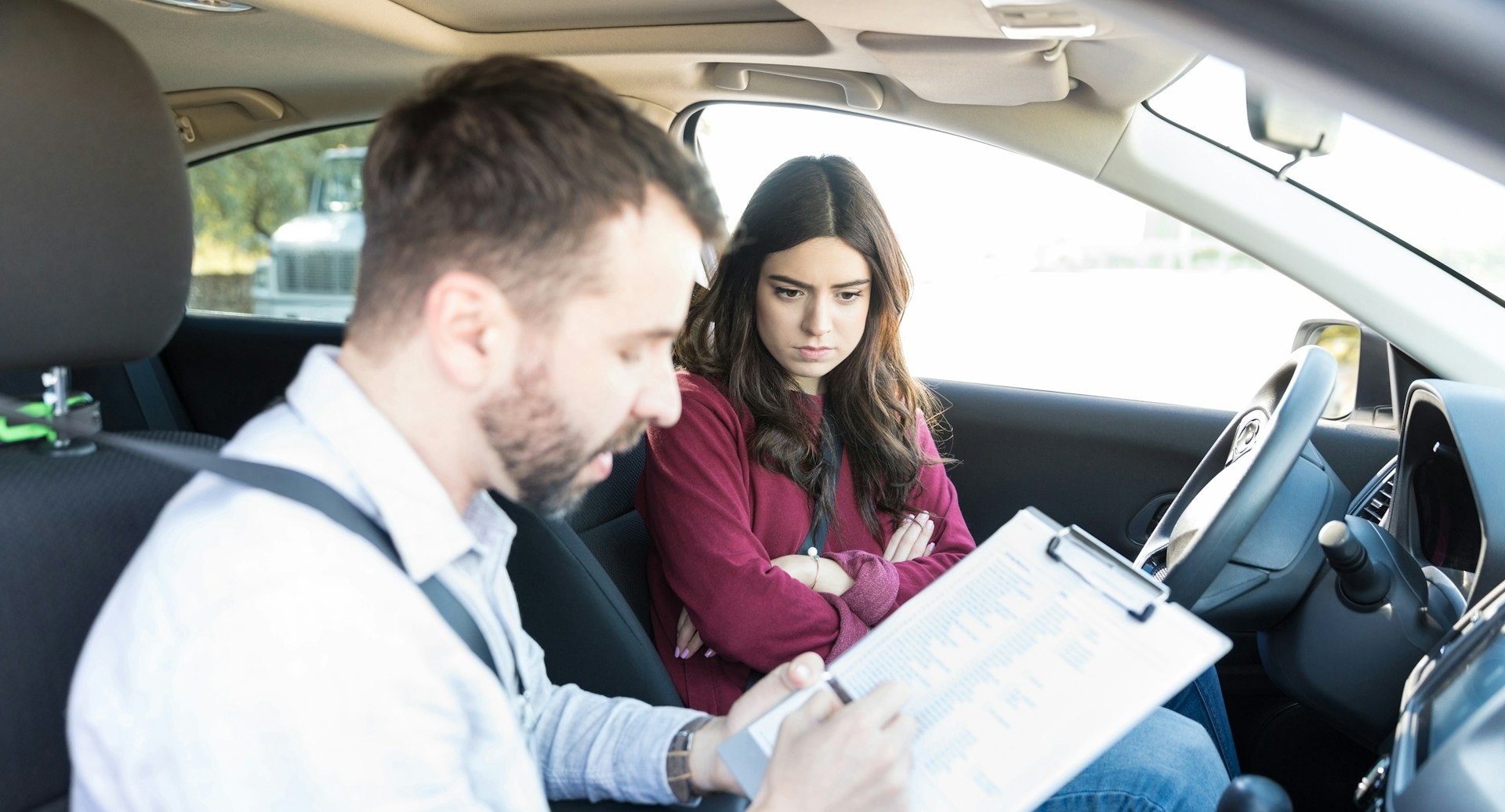
Driving Theory Test: Everything You Need to Know
If you're getting ready to take your theory test, it’s absolutely vital that you understand how the test actually works. I’m Dan Danny, a driving instructor with more than a decade of experience helping learners pass first time — and I can tell you, most people fail not because they don’t know enough, but because they don’t know what to expect.
5

Key Reasons for Failing the Theory Test – And How to Avoid Them
Failing your theory test can be really frustrating, especially when you felt ready for it. But lots of learners face the same issue every year, often for similar reasons. As a professional instructor, our expert Dan Danny has seen these patterns again and again.
5

Pros and Cons of Learning with a Private Driving Instructor
Learning to drive is a big deal and a step toward gaining independence. One of the first choices you'll face is how to learn. While many folks choose traditional driving schools, more people in the UK are opting for private instructors for a more personal experience.
5
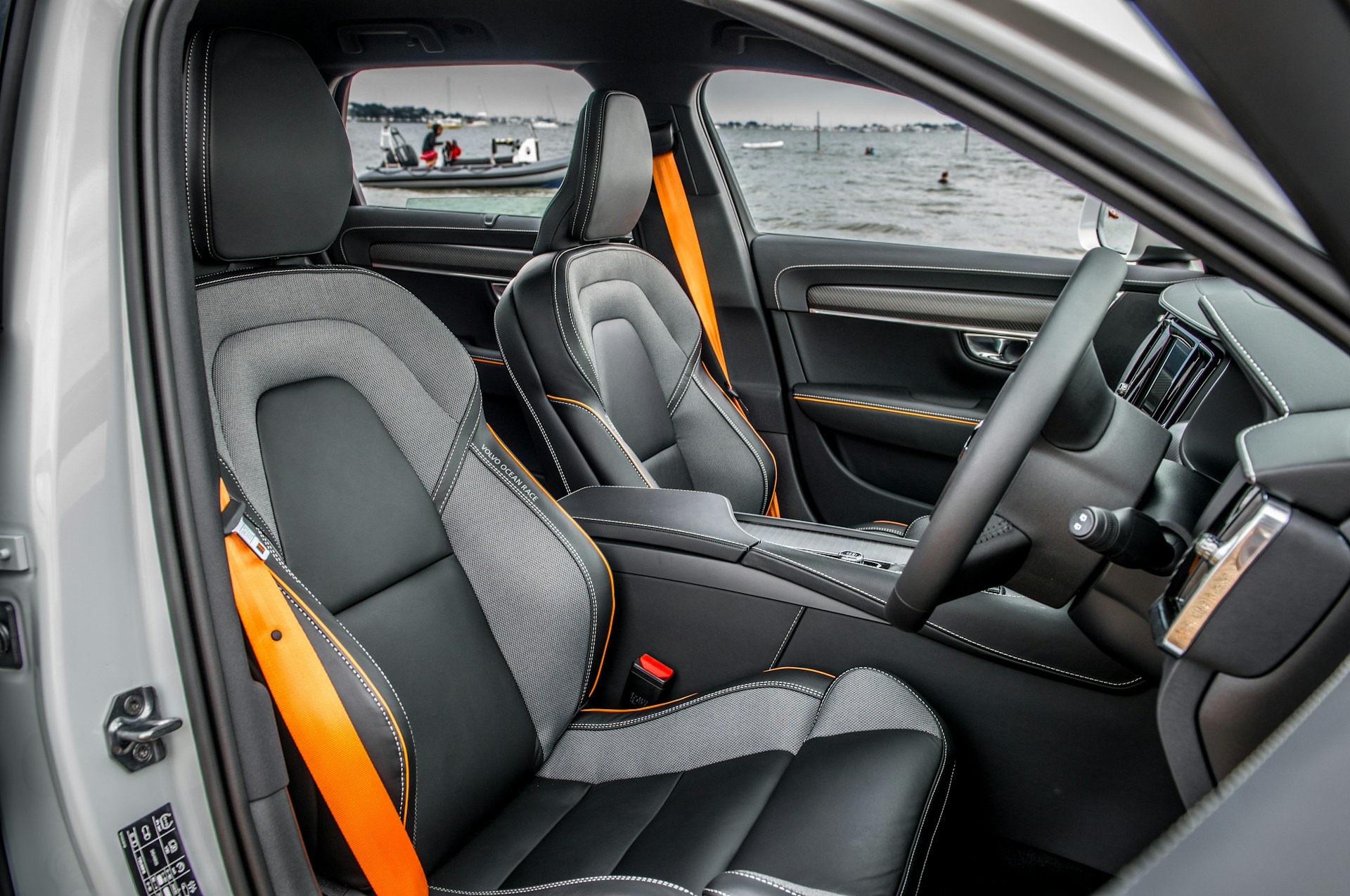
How to Set Up Your Driver's Seat, Headrest, and Steering Wheel for Comfort and Control
Whether you're a new driver or have been on the road for years, don't forget to adjust your car seat, headrest, and steering wheel properly. Not doing it right can lead to tiredness, back pain, and could even slow down your reaction time in an accident. Let’s sort this out!
5

Extreme Driving: What It Is and How to Get Good at It
Extreme driving is all about keeping control in tricky situations, like high speeds or off-road conditions. This goes beyond regular defensive driving, adding in skills for quick decision-making and a strong grasp of how your car works. Whether you're on icy roads, taking tight corners fast, or navigating rough terrain, it's all about mastering control and precision when things get tough.
5

Must-Have Items for Your Car
Whether you’re going on a long drive or just heading to work, having the right stuff in your car can really help. Some items are required by law, and others can be lifesavers in sticky situations. Here’s a rundown of the must-have items you should always keep in your vehicle.
4
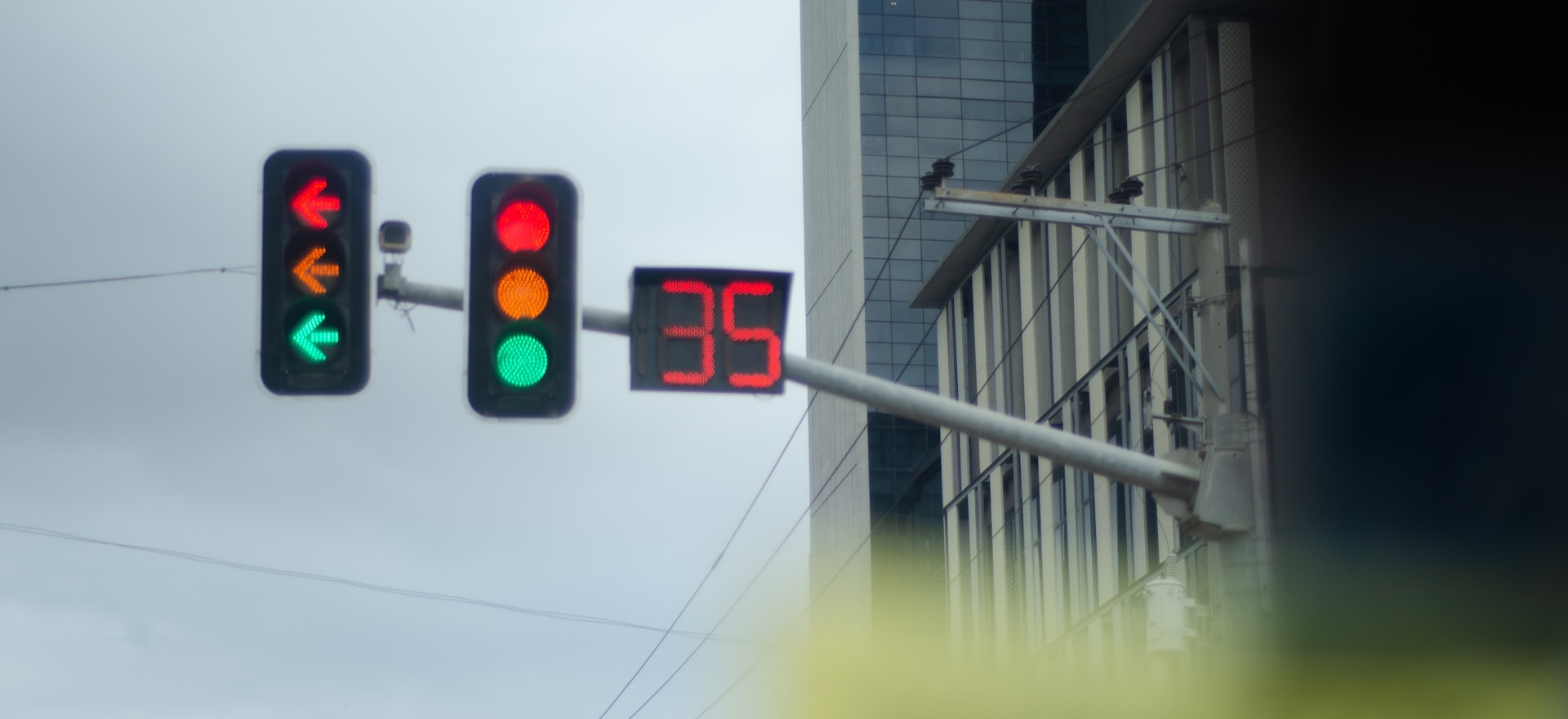
Traffic Light Signals in the UK: A Complete Guide for Drivers
Traffic lights are key for keeping roads safe in the UK. Whether you’re learning to drive or just need a refresher, it's important to know how to respond to traffic signals. Here’s a straightforward guide to UK traffic lights, including the basics, filter arrows, pedestrian crossings, and common slip-ups to watch out for.
5

Good Driving Posture: How to Sit Right Behind the Wheel for Safety and Comfort
Sitting correctly while driving is important for staying safe and comfortable. If your seat isn’t set up right, you could end up feeling tired or even have back pain, and it can slow down your reactions during tricky situations.
5

Sharing the Road Safely with Trolleys
Trolleys (or trams, as they're called in some places) are a key part of city public transportation. They're a great, green way to get around, but drivers need to be extra careful when they're nearby. If you're not used to them, driving near trolleys can be a bit tricky, especially when it comes to right-of-way rules.
5

Which Countries Drive on the Left Side of the Road?
If you’ve ever travelled abroad and found yourself on the ‘wrong’ side of the road, you’re not alone. While most of the world drives on the right, around 30% of countries still follow the left-hand traffic system. But why is this the case, and where exactly do people drive on the left? Let’s take a closer look.
5
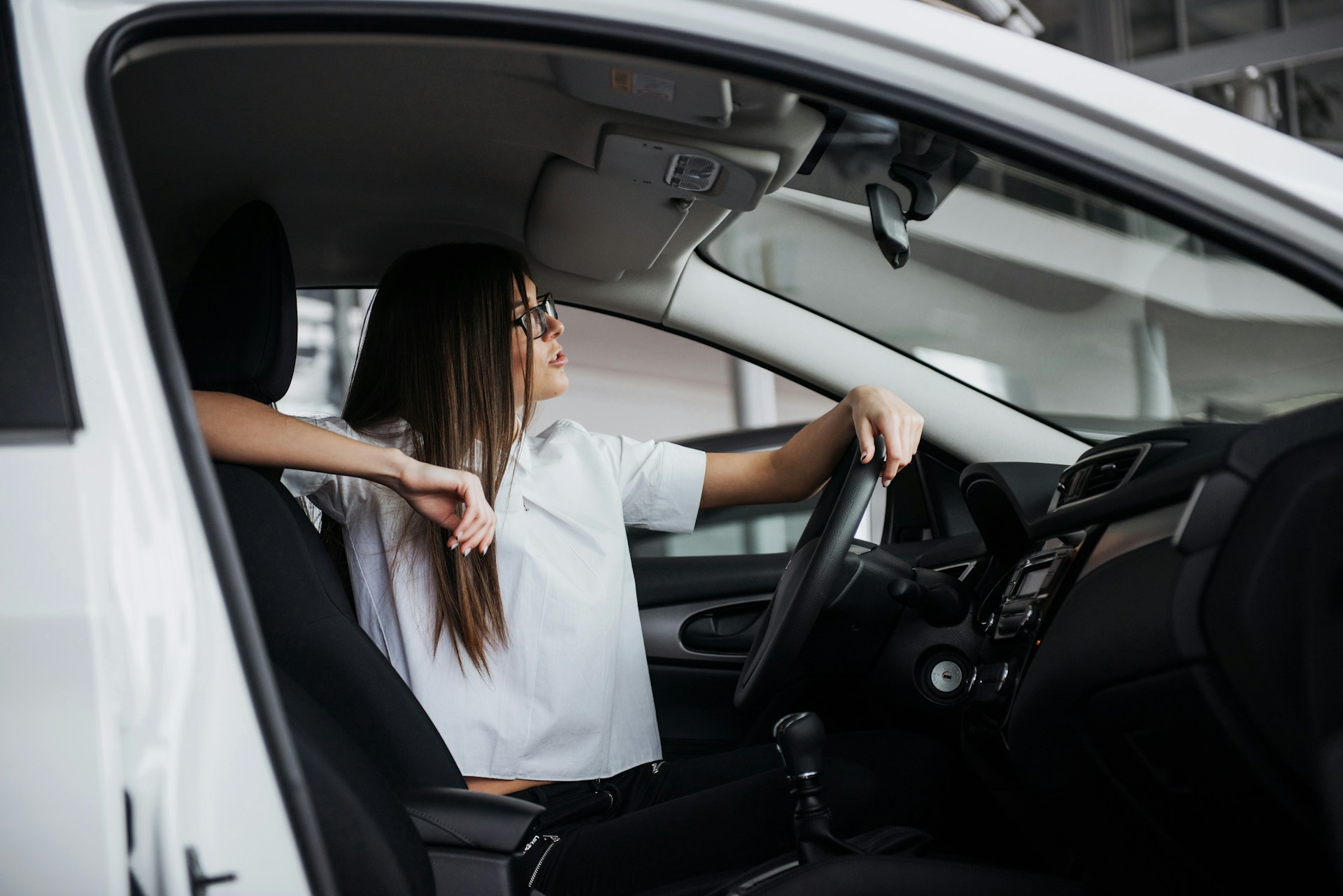
5 Mistakes to Steer Clear of on Your Driving Theory Test (and How to Pass with Ease)
Getting through your UK driving theory test is a big step towards earning your full driving license. But here’s the catch—many learners don’t take the test seriously enough. This can lead to silly mistakes that are easy to avoid.
5
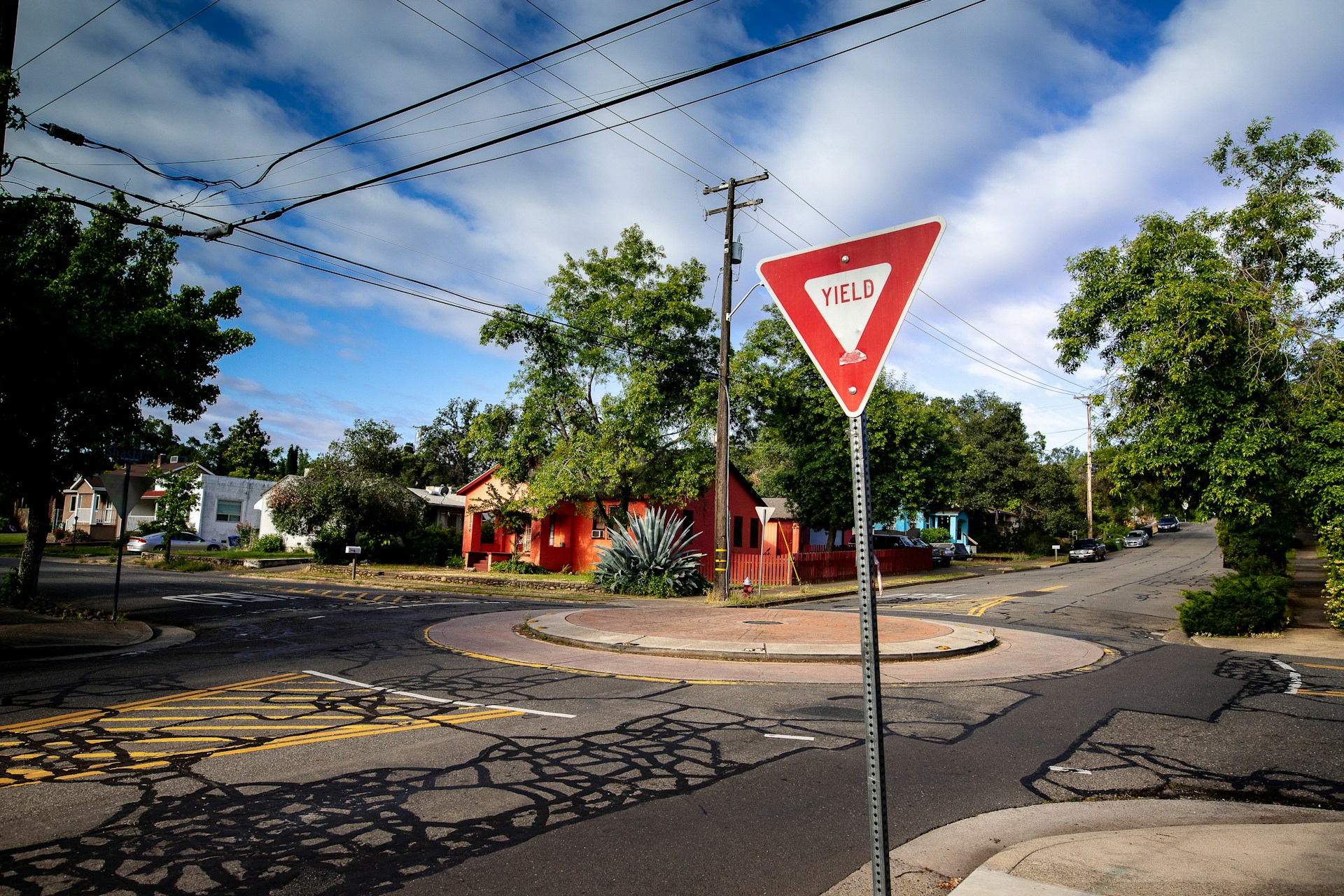
Yield Sign
When driving, you’ve probably encountered a yield sign at various junctions and roundabouts. But what does a yield sign actually mean, and how should you respond to it? Understanding this essential road sign can help you drive more confidently and safely, reducing the risk of accidents and ensuring smoother traffic flow.
5

Arm Turn Signals: A Must-Know Guide for Cyclists and Drivers
While most cars have electronic turn signals, hand signals—sometimes called arm turn signals—are still super important for cyclists, motorcyclists, and drivers too. If you're biking, driving an older car without working lights, or if your turn signal is broken, knowing these signals can keep you safe and help everyone understand what you're doing on the road.
5

5

Why Should You Look for Motorcyclists When Turning Right?
Turning right might seem easy, but not checking for motorcyclists can lead to serious accidents. Bikers are some of the most at-risk people on the road. Many crashes happen when a driver turns right and doesn’t see a motorcycle coming. Whether you’re in a busy city or on quiet country roads, keeping an eye out for motorcyclists is super important for everyone's safety.
4
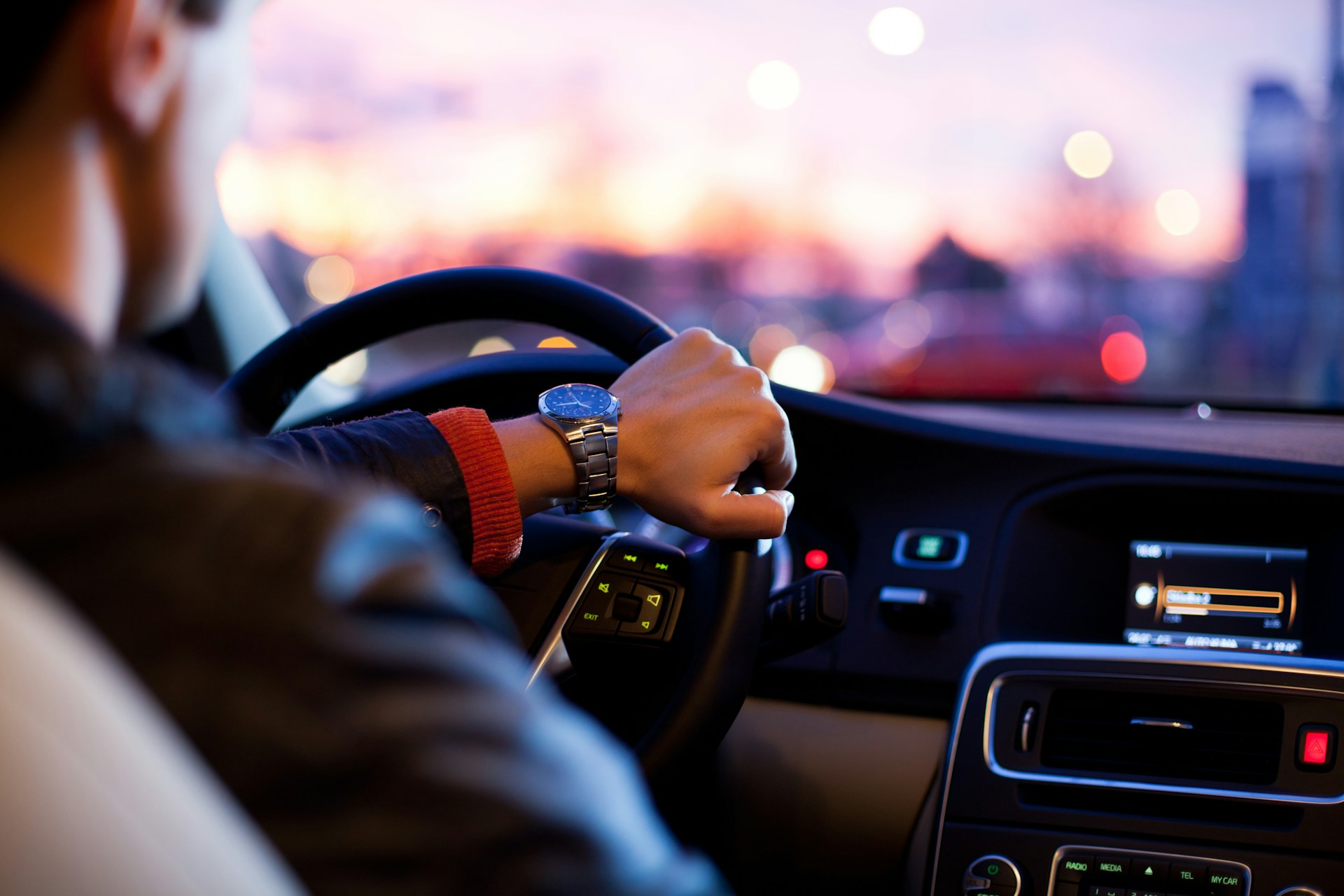
Understanding Turn Left and Keep to the Left Signs in the UK
If you’re driving in the UK, knowing your road signs is super important. Two signs that often confuse new drivers are the Turn Left sign and the Keep to the Left sign. They look similar but have different meanings. Let’s break them down.
5

Easy Ways to Remember Road Signs
Knowing road signs is super important if you want to pass your driving test and drive safely. Road signs give us key information to keep everyone safe. But with so many signs out there, it can be a lot to take in. Don't worry! Here are some simple tips to help you remember road signs without feeling stressed.
5

5
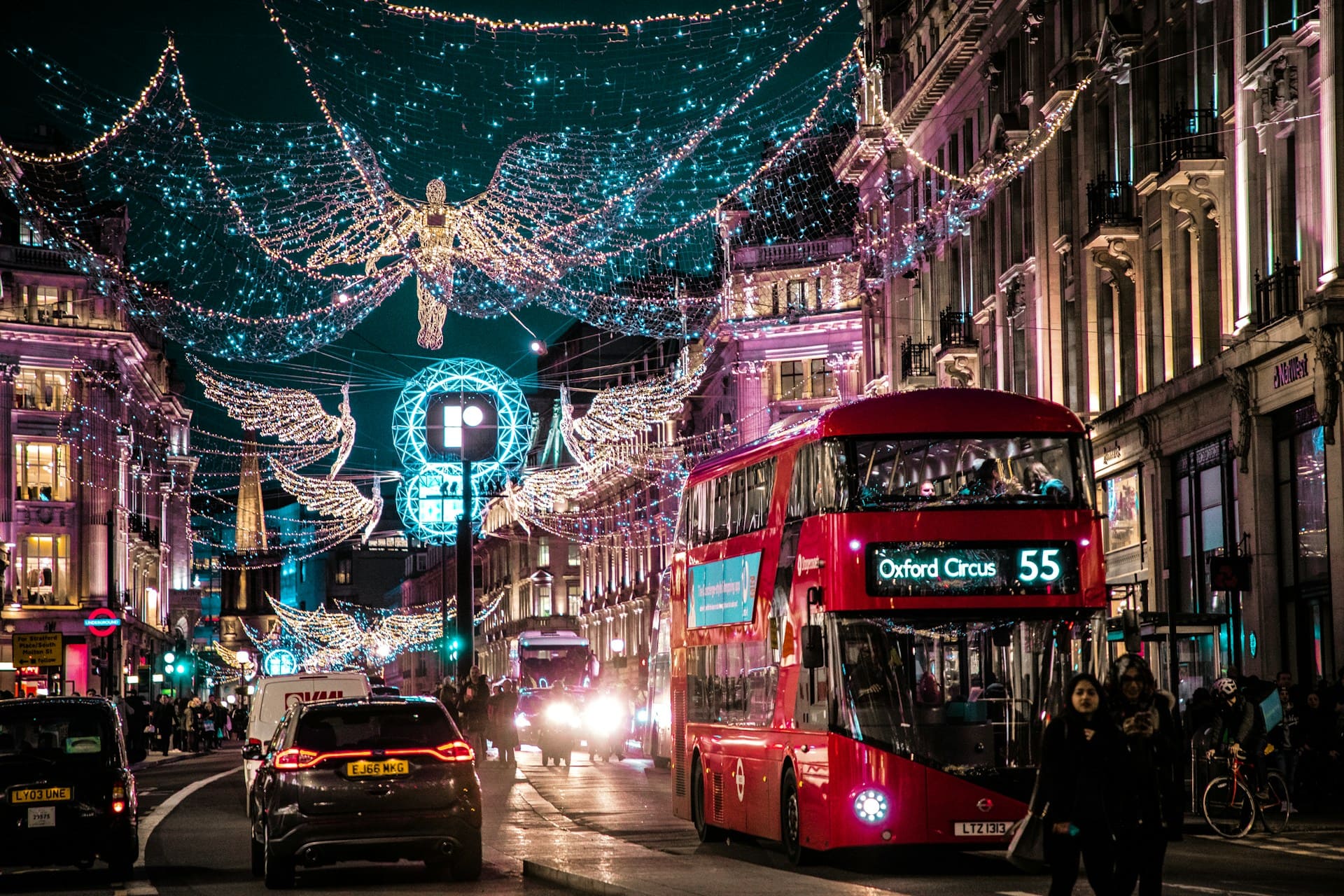
10 Driving Tips to Stay Safe on Christmas Day
Christmas Day is a time of joy and celebration, but it’s also a day when roads can be unusually busy, with people traveling to visit family or attend festivities. To ensure you stay safe and enjoy the holiday, here are ten essential driving tips to keep in mind.
5

How to Drive a Car with Automatic Transmission?
Driving an automatic transmission car is simpler and more convenient than driving a manual. Automatics handles gear changes for you, allowing you to focus on the road. Whether you’re new to driving or transitioning from manual, this guide will walk you through the basics of driving an automatic transmission car, so you can learn how to drive a car with automatic transmission.
4
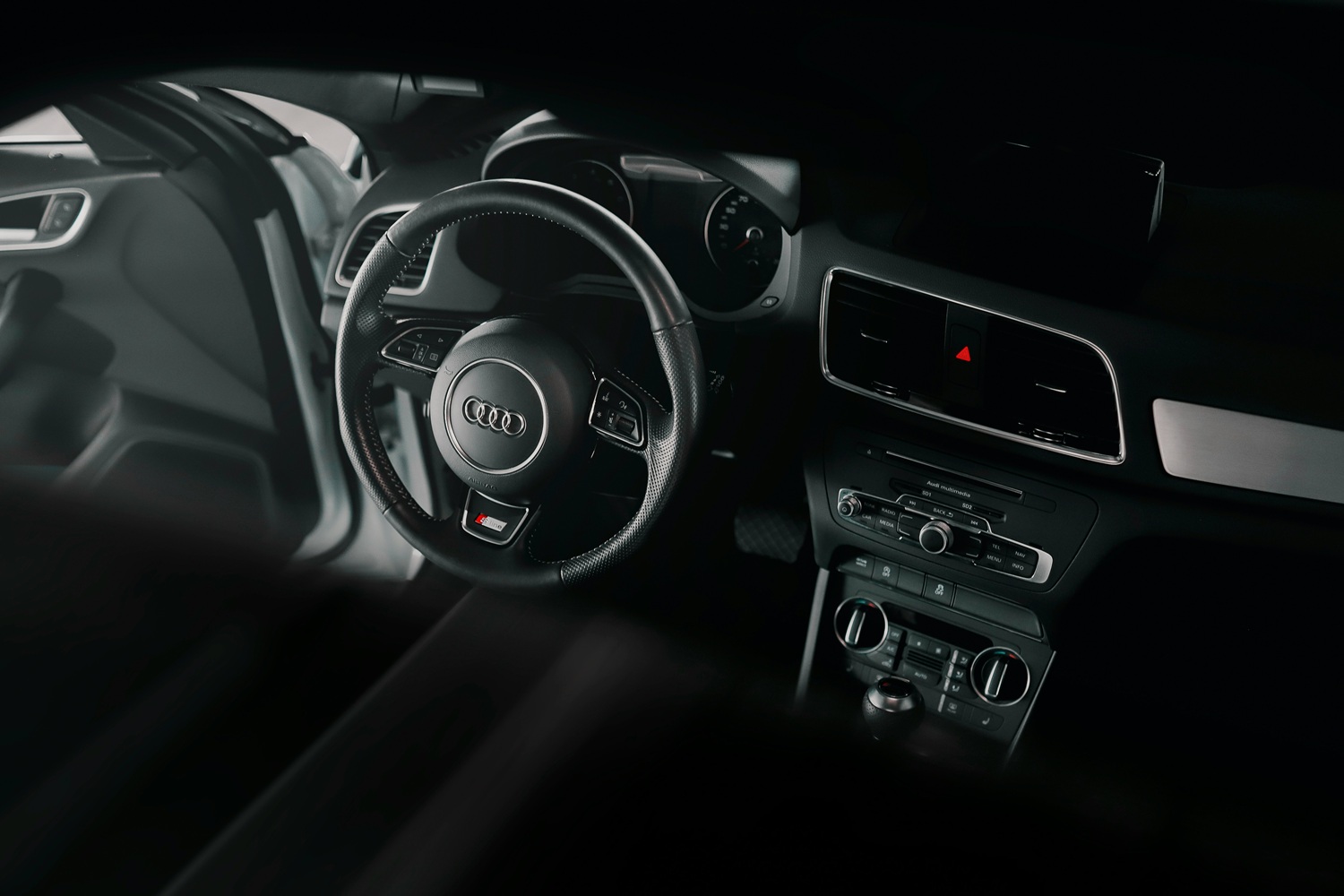
Is There a Clutch in an Automatic Car?
When learning about cars and their mechanics, a common question arises: “Do automatic cars have a clutch?” The answer might surprise you! While automatic cars don’t have a clutch pedal like manual cars, they do have a system that performs the clutch’s function. Let’s dive into how automatic cars work and unravel the mystery of the clutch in automatics.
5
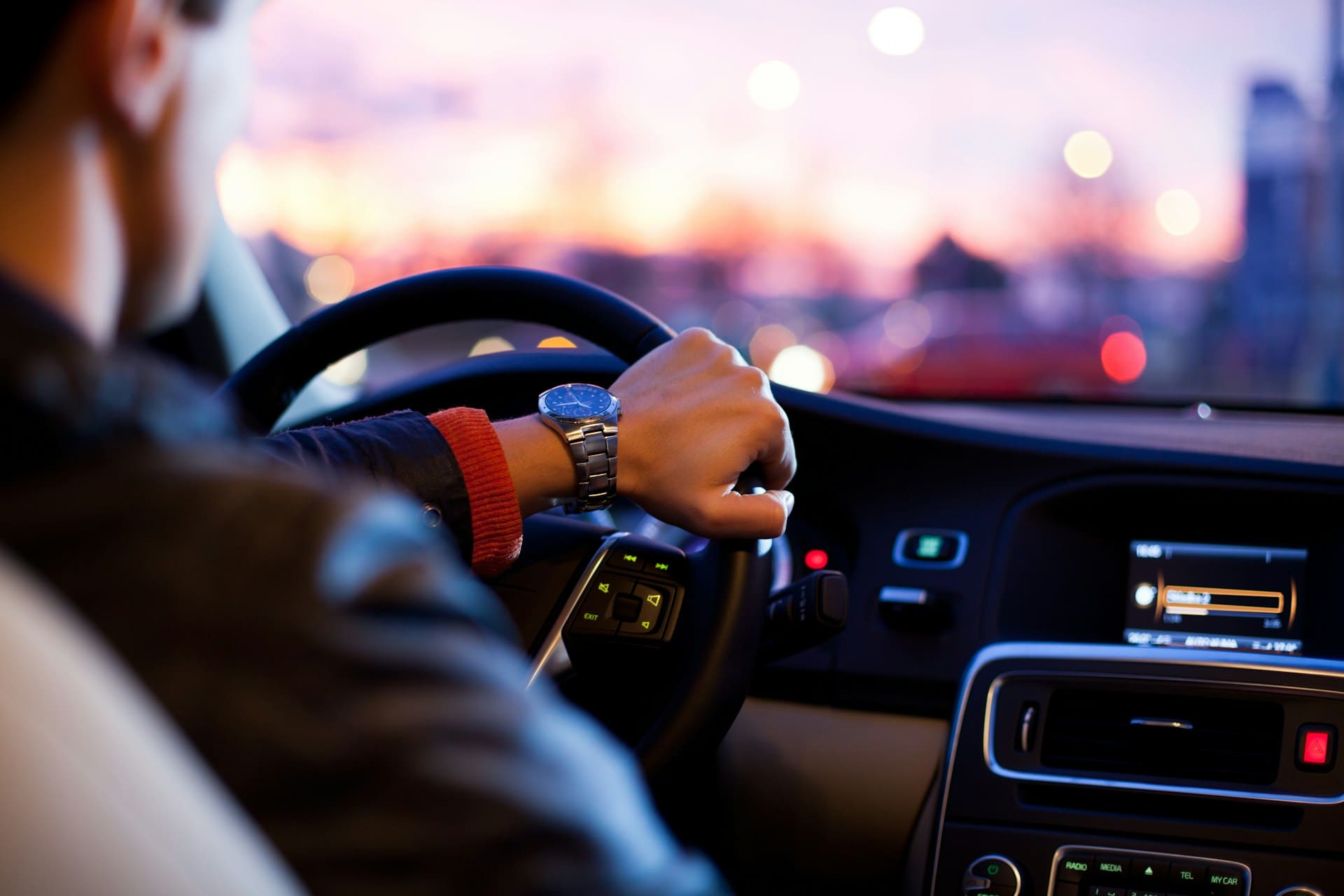
Manual Vs Automatic: Which One Should You Learn First?
When deciding to learn how to drive, one of the first choices you'll encounter is whether to start with a manual (stick-shift) or automatic car. Both have their pros and cons, and the decision often depends on personal preferences, future driving plans, and even regional norms.
5
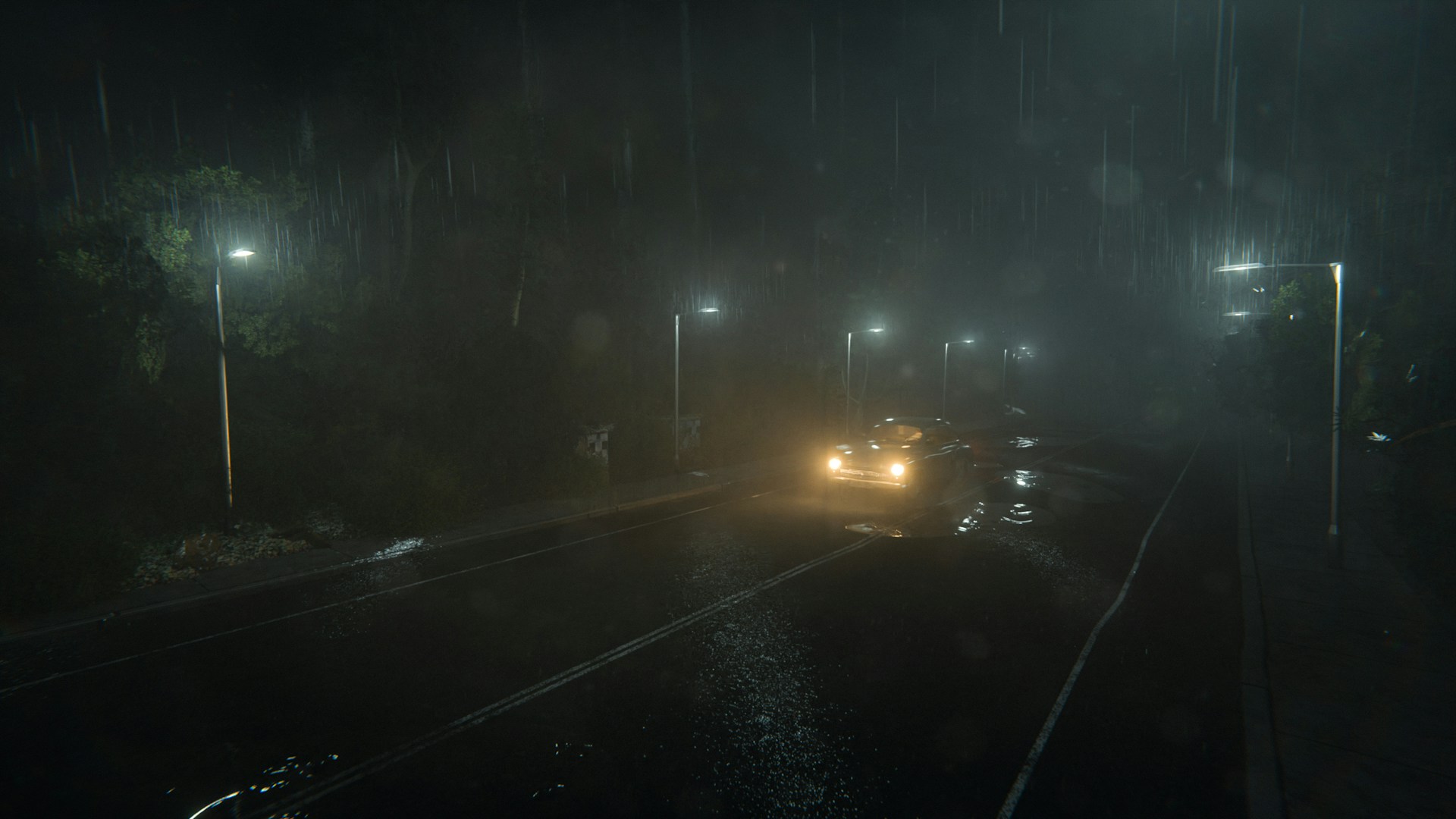
When to Use Rear Fog Lights
Rear fog lights are an essential safety feature designed to enhance visibility for other drivers in adverse weather conditions. However, improper use can cause glare and inconvenience to others on the road. Understanding when to use rear fog lights and how to use them is crucial for safe and responsible driving.
5

When Do You Use Main Beam Headlights?
Driving at night or in low-visibility conditions requires proper use of your vehicle’s headlights to ensure safety for yourself and other road users. Among the types of headlights available, the main beam headlights (also known as high beams) play a critical role. Understanding when to use main beam headlights and how to use them correctly is essential for safe driving and compliance with road regulations.
5
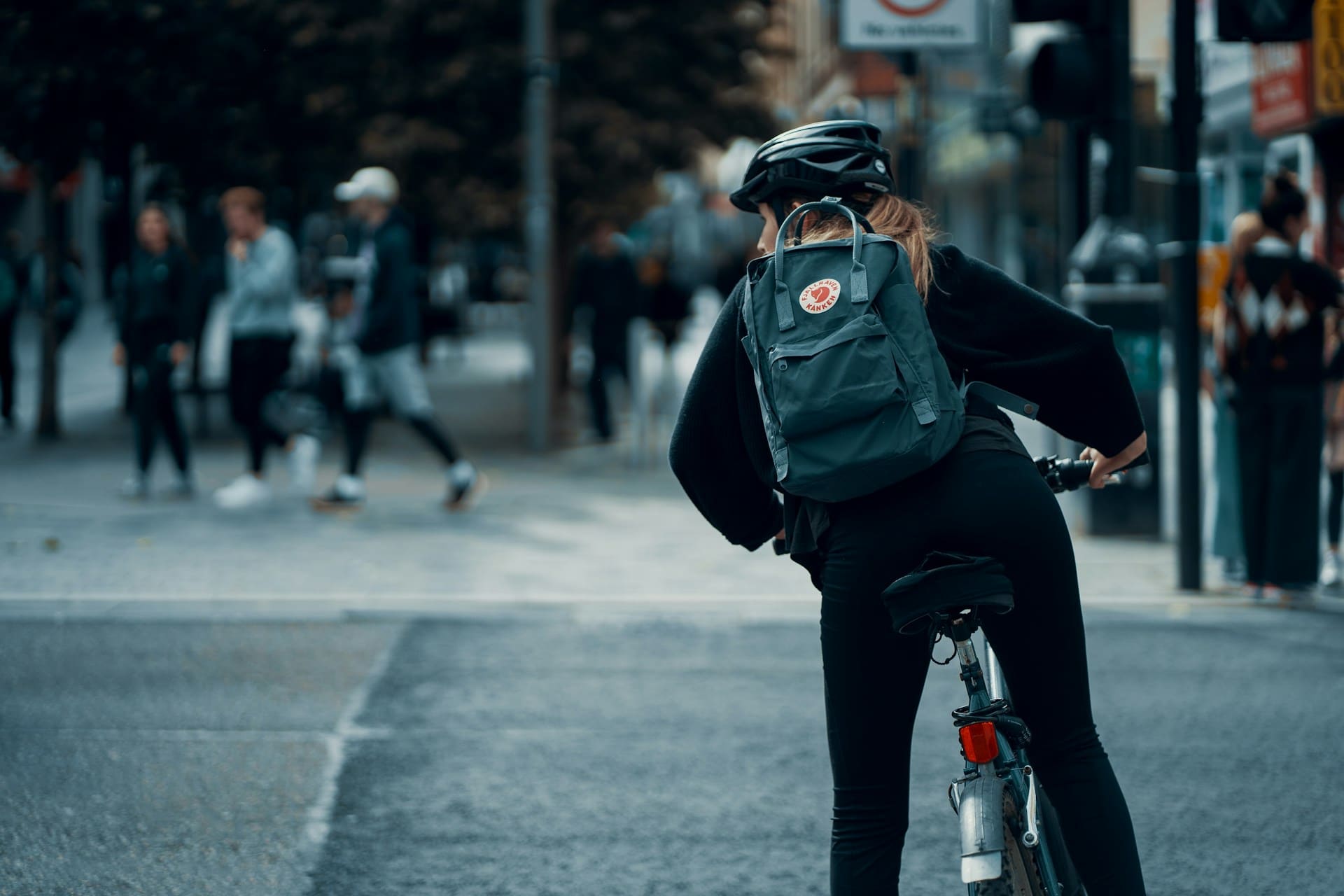
What is a Toucan crossing in the UK?
When navigating UK roads, you’ll encounter various pedestrian crossings, each designed to improve road safety for different groups of road users. Among these is the Toucan crossing—a unique type of crossing that accommodates both pedestrians and cyclists.
5

5

When Is The Best Time To Book Your Driving Test in the UK?
Booking your driving test can feel like a big step towards gaining independence on the road, but knowing the best time to schedule your test can make a huge difference in terms of availability, stress, and even the weather conditions.
5

The Impact of Poor visibility and Obstacles on the Road on Driving Safety
Driving comes with its set of challenges, but one of the most significant is dealing with poor visibility and unexpected road obstacles. These factors can compromise safety, lead to dangerous situations, and increase the likelihood of accidents.
5

Dangerous turns and Ways to Perform Them Correctly
Driving is an essential skill that requires not only attentiveness but also a thorough understanding of how to handle challenging situations on the road. Among the most critical driving maneuvers are turns—especially the dangerous turns.
5
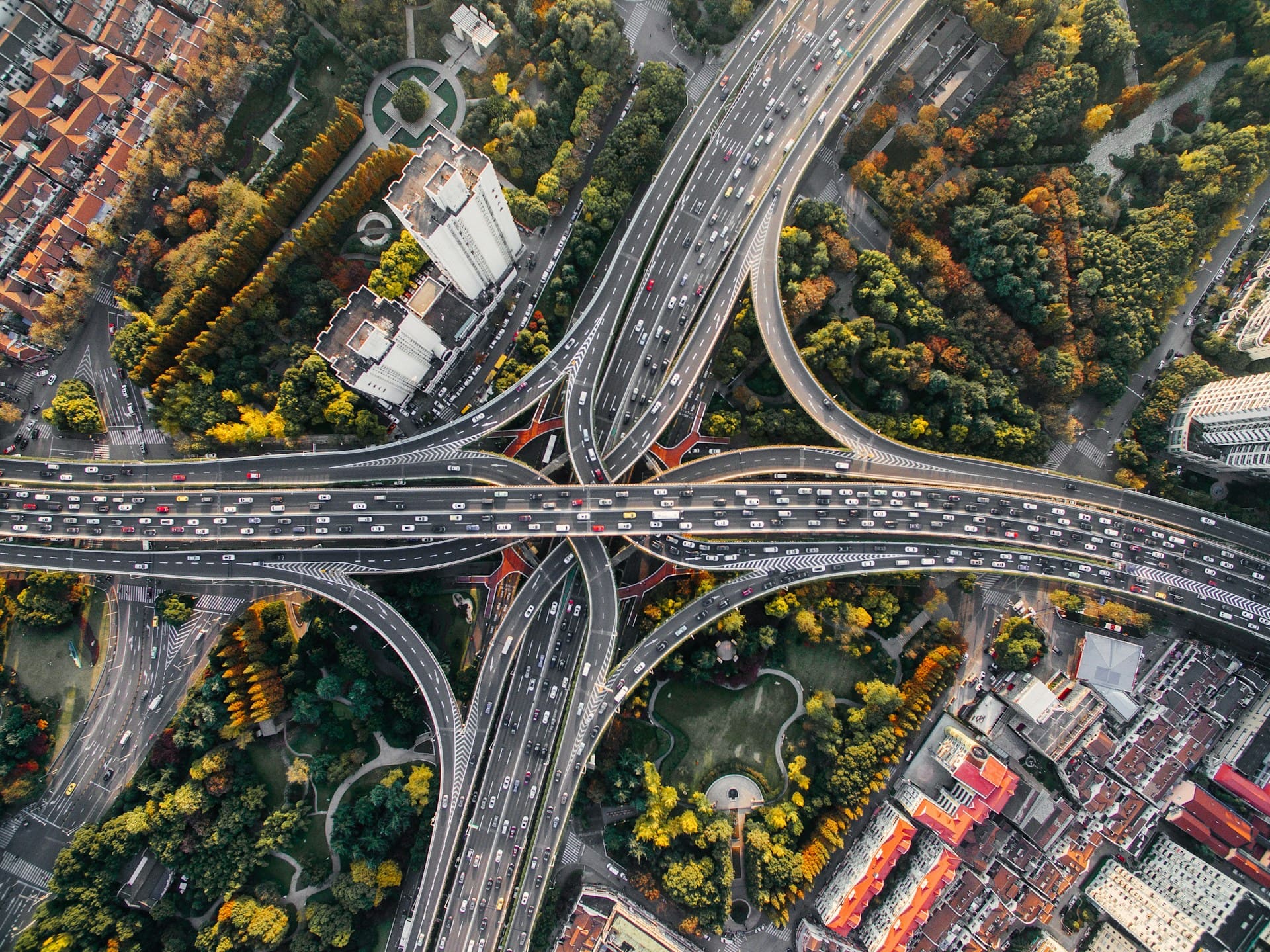
4
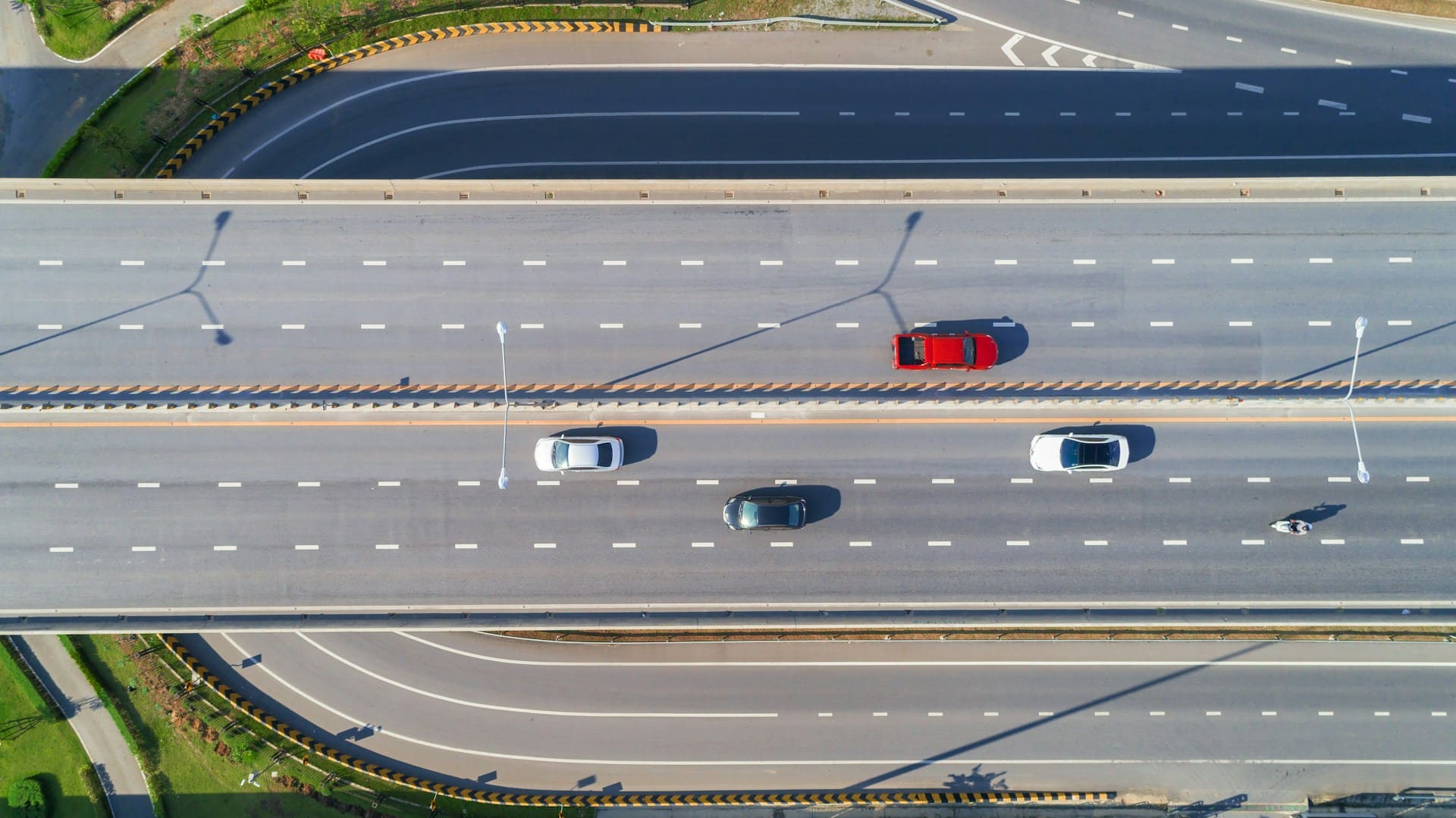
How to Change Lanes Safely While Driving?
Changing lanes is an everyday part of driving, but changing them safely requires attention, precision, and adherence to road safety rules. Whether merging onto a motorway, overtaking a slower vehicle, or moving between lanes in busy traffic, it’s important to execute lane changes properly to prevent accidents and keep traffic flowing smoothly.
5

What are High-Beam Headlights?
Headlights are essential for any vehicle, ensuring the safety of both drivers and pedestrians by enhancing visibility, especially during nighttime or in low-light conditions. In this blog, we’ll explore high-beam headlights—what they are, how they function, and when to use them safely.
5
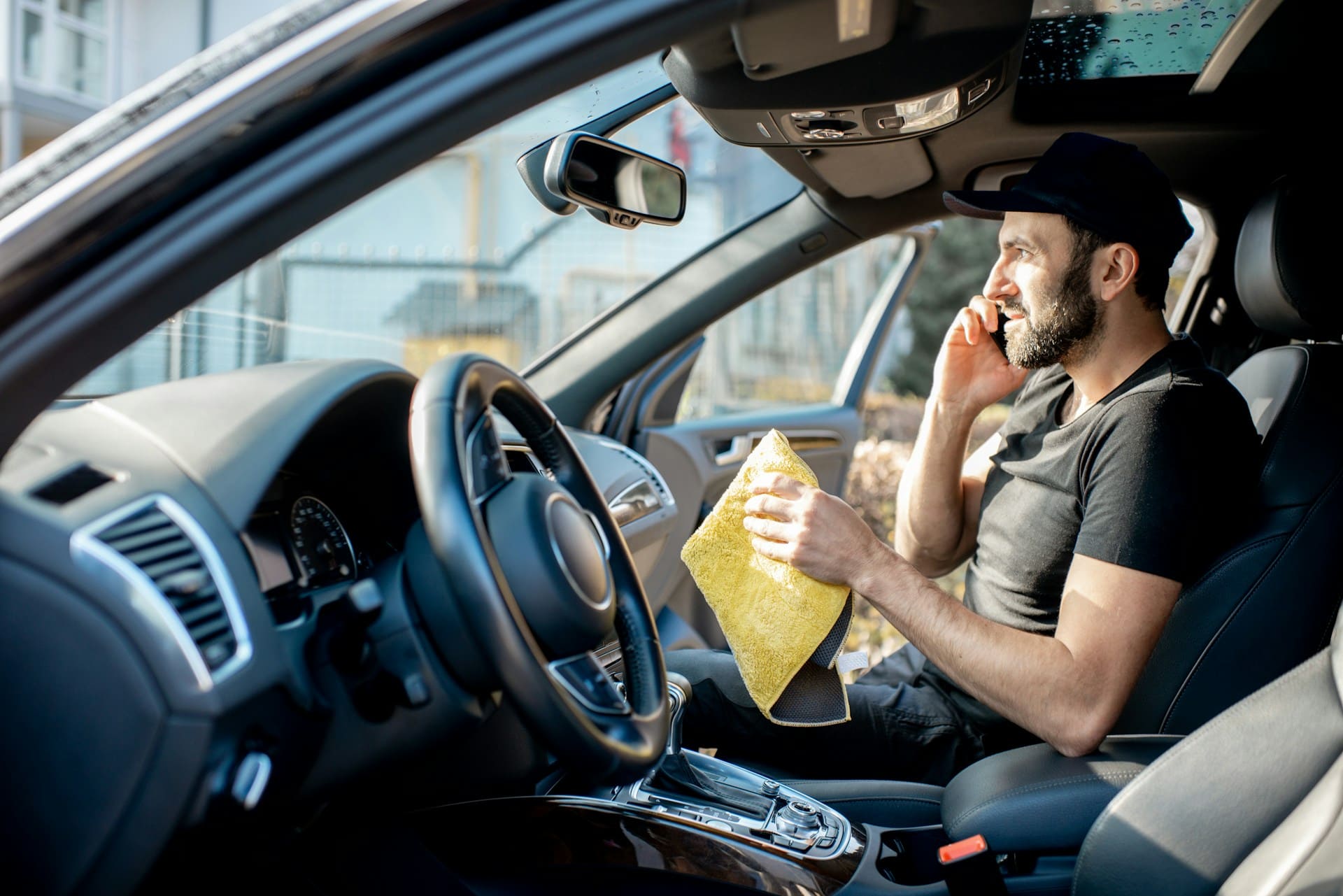
5

Rules for the Use of Reflective Elements on the Car
Reflective elements on the cars play an essential role in ensuring visibility and safety, especially during low-light or night driving. The UK has specific guidelines on the use of these elements, aiming to enhance road safety and minimize accidents.
5
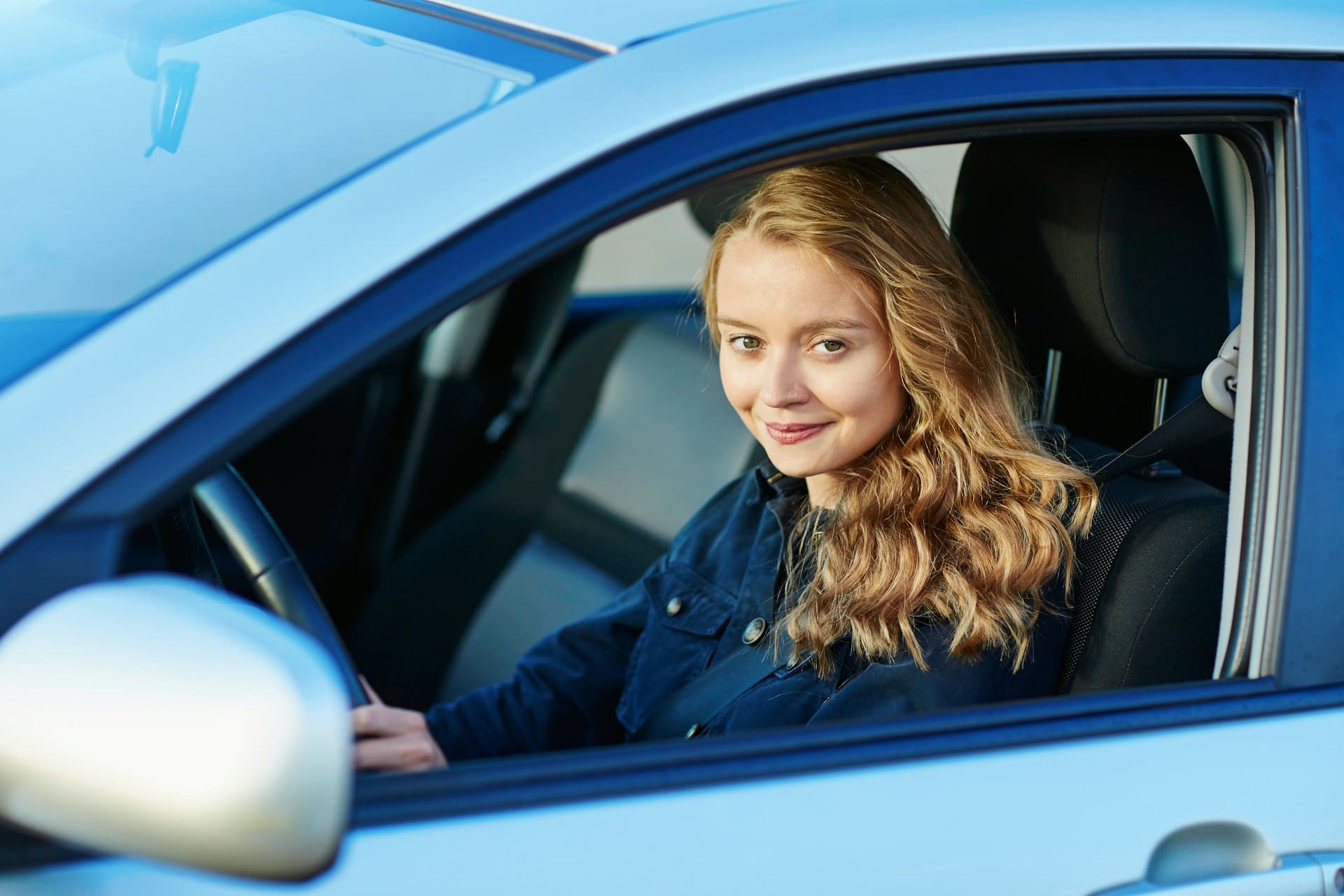
Typical Mistakes of Novice Drivers and How to Avoid Them
Learning to drive can be an exciting yet challenging experience. New drivers often face a steep learning curve as they get comfortable with road rules, vehicle handling, and traffic flow. To help smooth the transition, let's explore some common mistakes new drivers make and practical ways to avoid them.
4
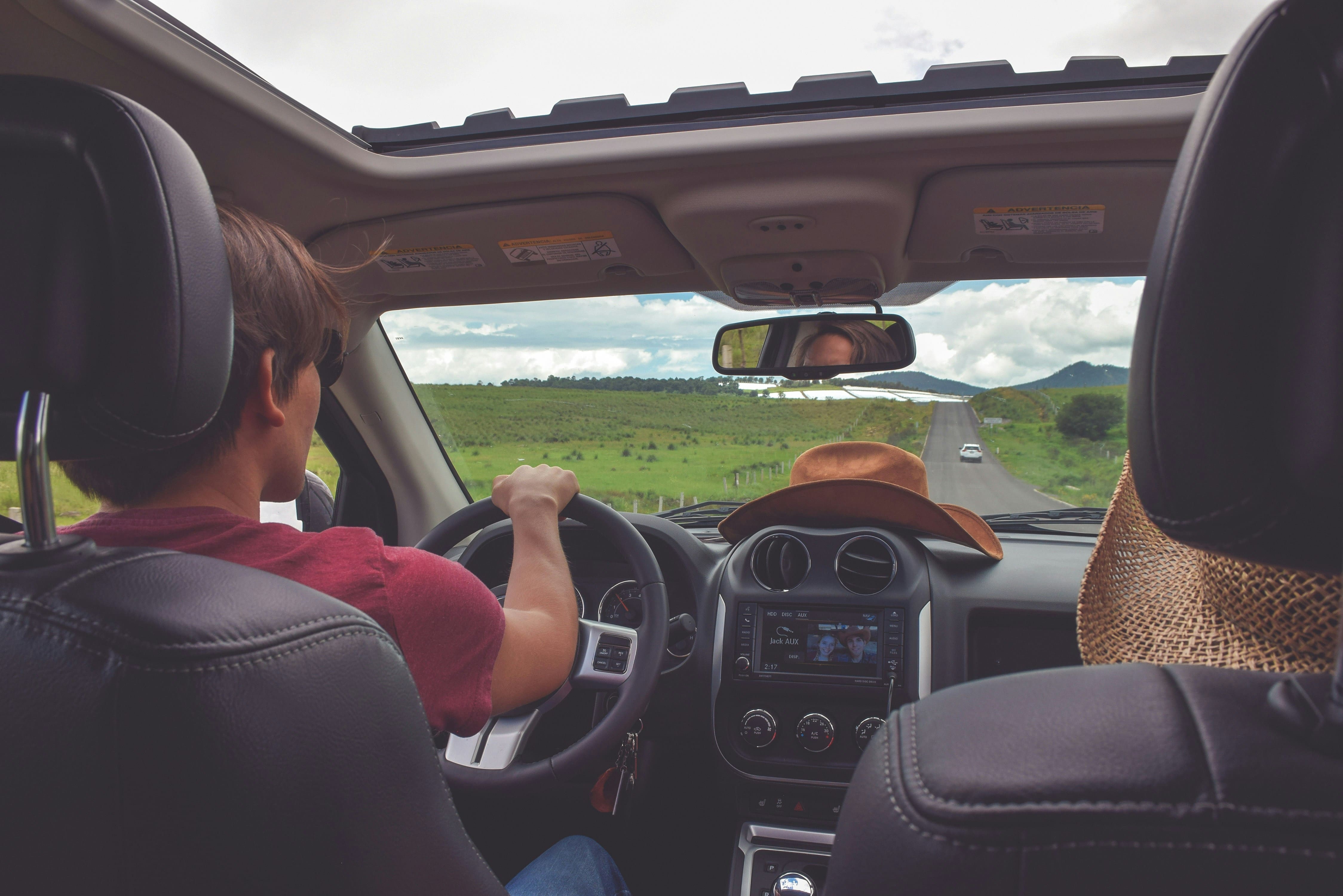
Safe Long-distance Driving
Long-distance driving, whether for a road trip, work, or family visit, can be both exciting and challenging. But keeping safety at the forefront is essential. Prolonged hours on the road can bring fatigue, physical discomfort, and heightened risks, so here’s a practical guide to ensuring safety and comfort on those lengthy drives.
5

How to Stay Calm and Focused During the Theory Exam for a Driver’s License
The theoretical exam is the first critical step toward earning that coveted driver’s license, yet, for many people, it also becomes the hardest hurdle to overcome. While the test itself evaluates knowledge and understanding of road rules and safety, the primary challenge often isn’t a lack of preparation or memory issues.
4

How to Lower Your Car Insurance Premium as a UK Senior Driver?
As a senior driver in the UK, finding affordable car insurance can be challenging. While older drivers often have years of experience, insurers may still see increased risk due to factors such as slower reaction times or health issues.
5

5

4

Road Warning Signs and Meanings
Road Warning Signs are essential for keeping drivers safe by providing advance notice of potential hazards or changes in road conditions. Understanding what each sign means and how to respond is crucial for passing your test and ensuring safe driving. This blog will cover warning signs and their meanings.
5

The Evolution of Road Signs in the UK: Their Current Meanings and Changes Over Time
Road signs play a crucial role in ensuring safety on the roads, helping to guide both drivers and pedestrians. They warn of hazards, indicate the need to adhere to rules, and facilitate efficient traffic flow. Without them, chaos on the roads would be inevitable.
5

Top Reasons Why Car Insurance Claims Get Rejected
Filing a car insurance claim can be a stressful experience, especially if it's rejected when you expect coverage. While car insurance is designed to protect you financially in the event of an accident, claims may be denied for several reasons.
4

Young Drivers: How to Get Cheaper Car Insurance?
Getting car insurance as a young driver in the UK can be a costly affair. Due to their lack of experience, insurers often see young drivers as high-risk, leading to higher premiums. But don’t worry—there are several ways you can reduce your car insurance costs and make driving more affordable.
5

Studying the Highway Code: Important Tips for New Drivers
Driving a car is not only about controlling the vehicle but also understanding the rules of the road (Highway Code) that ensure the safety of all road users. Driving according to the rules becomes far more enjoyable when it is done consciously. In this article, we provide a comprehensive guide to the most important rules and regulations in the United Kingdom.
5
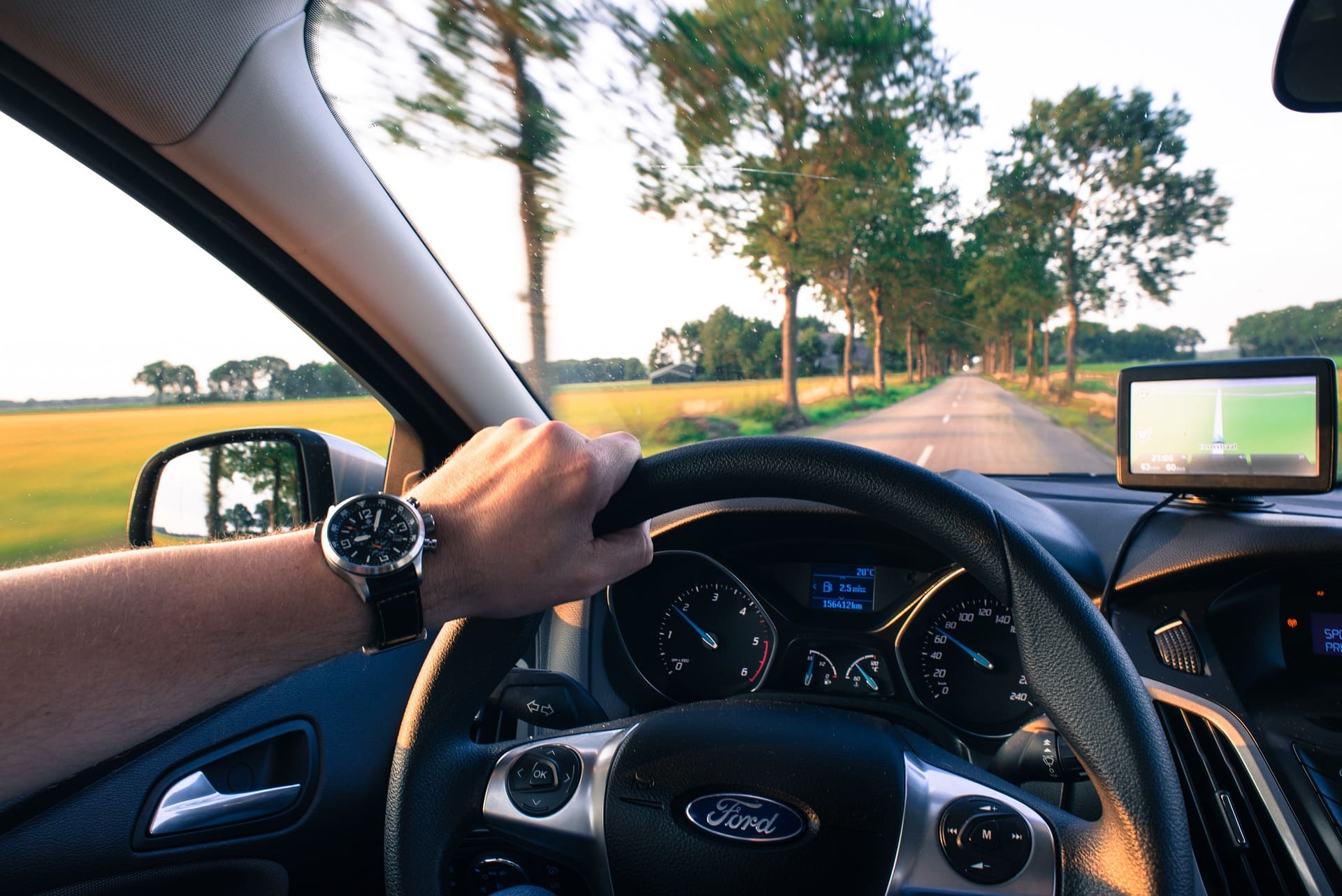
5

DVLA Cancel Driving Test: What You Need to Know?
Sometimes life gets in the way of our plans, and you might need to cancel your driving test. Whether due to a change of schedule, health issues, or simply feeling unprepared, it’s important to know the right process and conditions for DVSA Driving Test Cancellation.
5

Best app for DVSA Theory Test
Preparing for the DVSA theory test can be daunting, but the right tools can make all the difference. Among the multiple available apps, Ray Driving Theory has emerged as the go-to platform for those serious about passing their driving theory test in the UK.
5
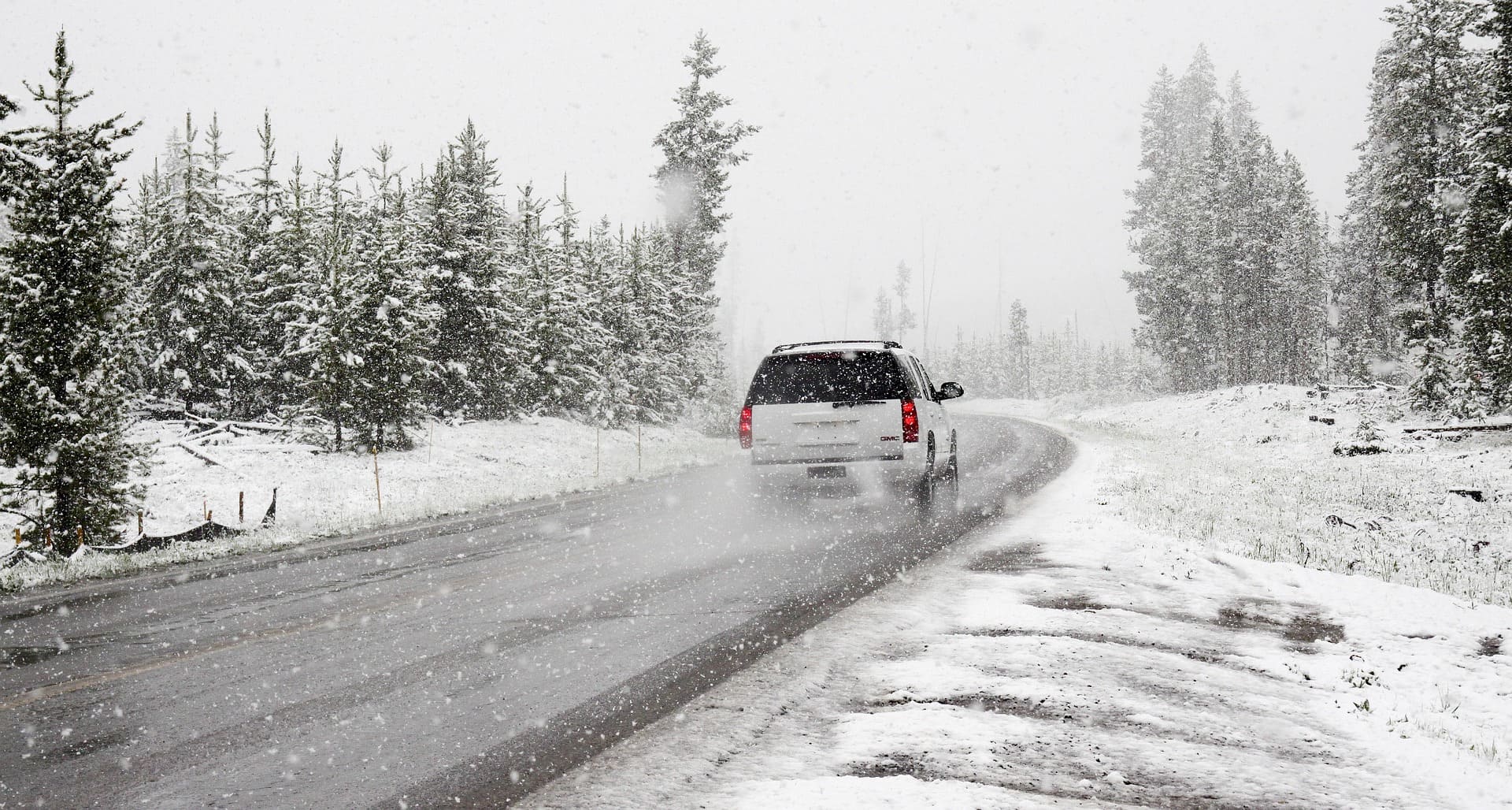
Preventive & Protective Driving
Preventive driving and protective driving skills are critical for ensuring the safety of not just the passengers but also of everyone else on the roads. These skills focus on anticipating potential hazards and reacting appropriately to avoid road accidents.
5
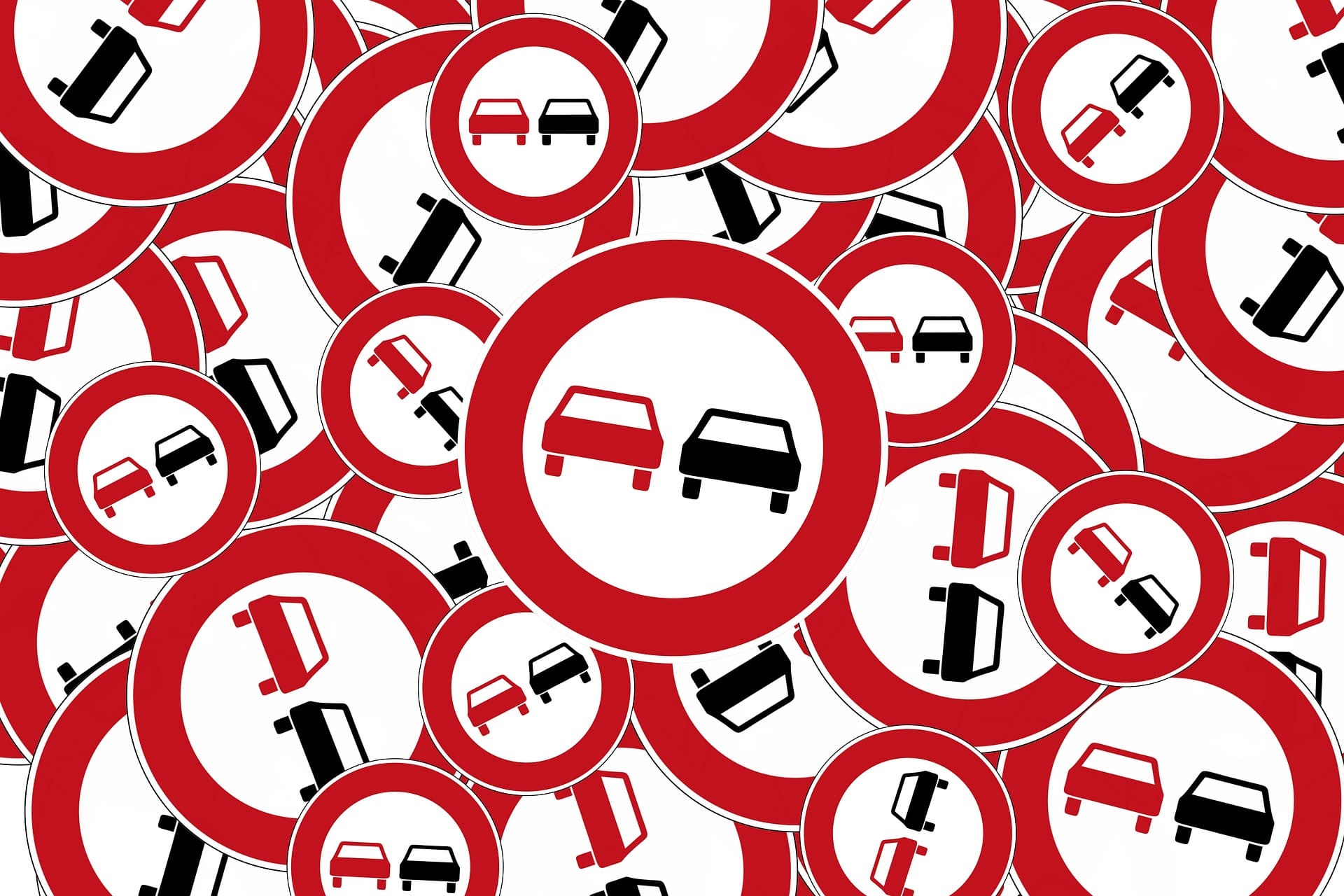
Decoding Traffic Signs: Colours, Shapes, and Meanings
When preparing for the UK driving theory test, understanding traffic sign colours and their meanings is essential. Traffic signs use a combination of colours, shapes, and symbols to convey important information quickly and clearly.
5
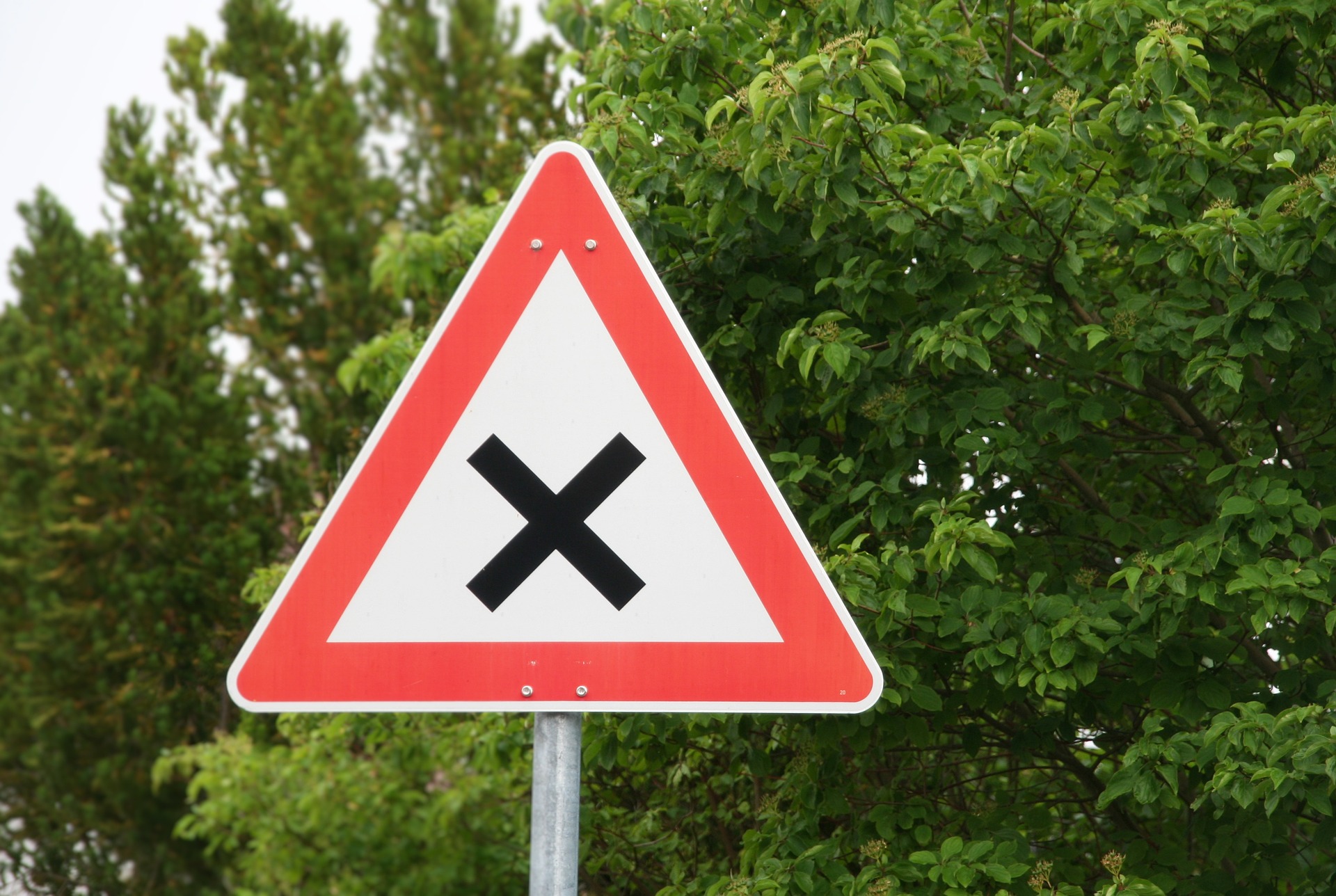
Understanding the X-Signs in Traffic
When preparing for the UK driving theory test, one sign that often puzzles learners is the 'X' sign. Understanding this sign is crucial for passing your test and for safe driving on UK roads. Let's delve into the meaning, variations, and significance of the 'X' sign in traffic.
5

5
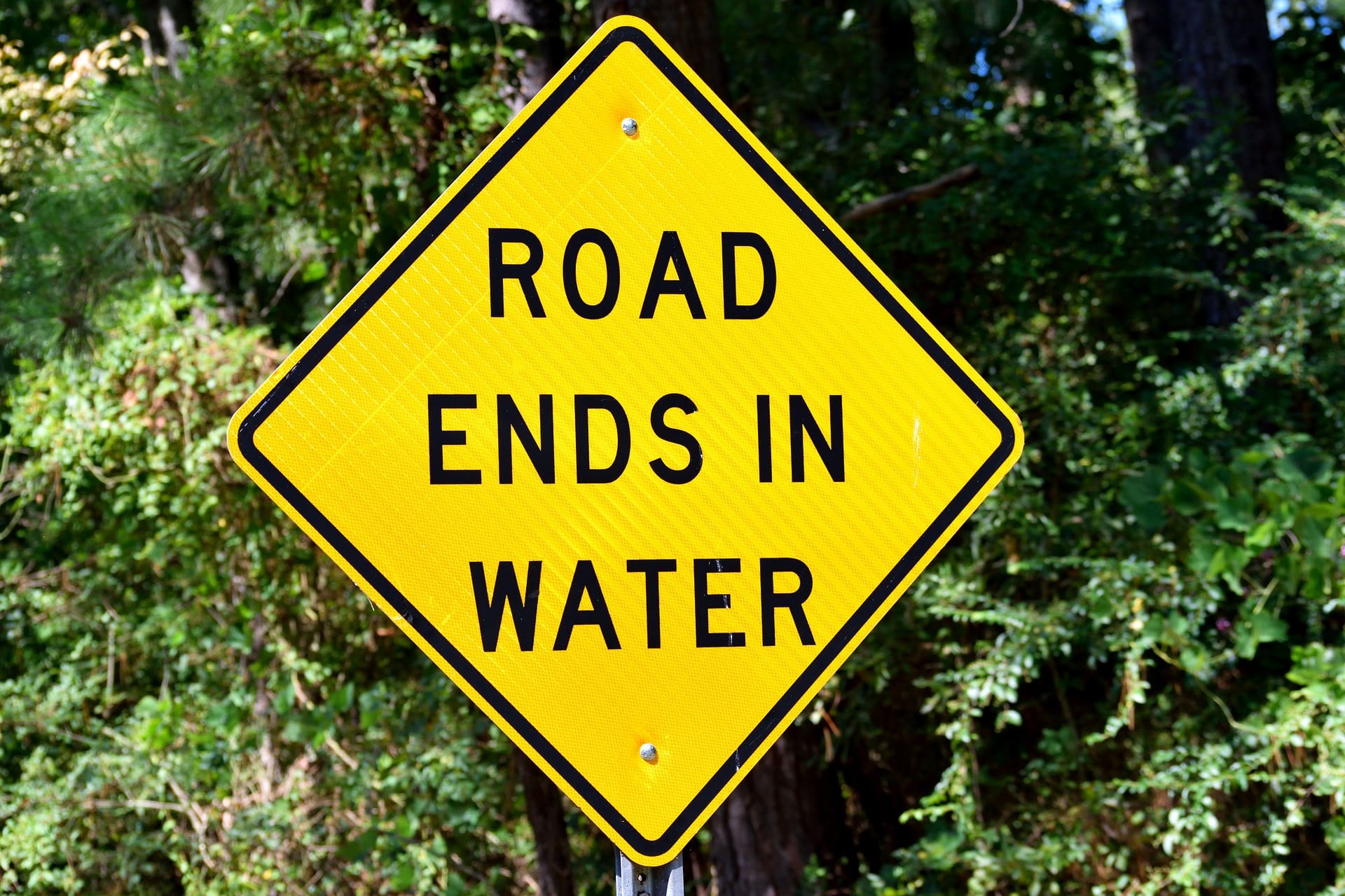
Hazard Perception Test Practice Online 2025
The Hazard Perception Test is a crucial part of the UK driving theory test, assessing your ability to identify and react to potential hazards while driving. With technological advancements, online practice resources have become more accessible and effective, helping learners prepare for the test more interactively and conveniently.
5
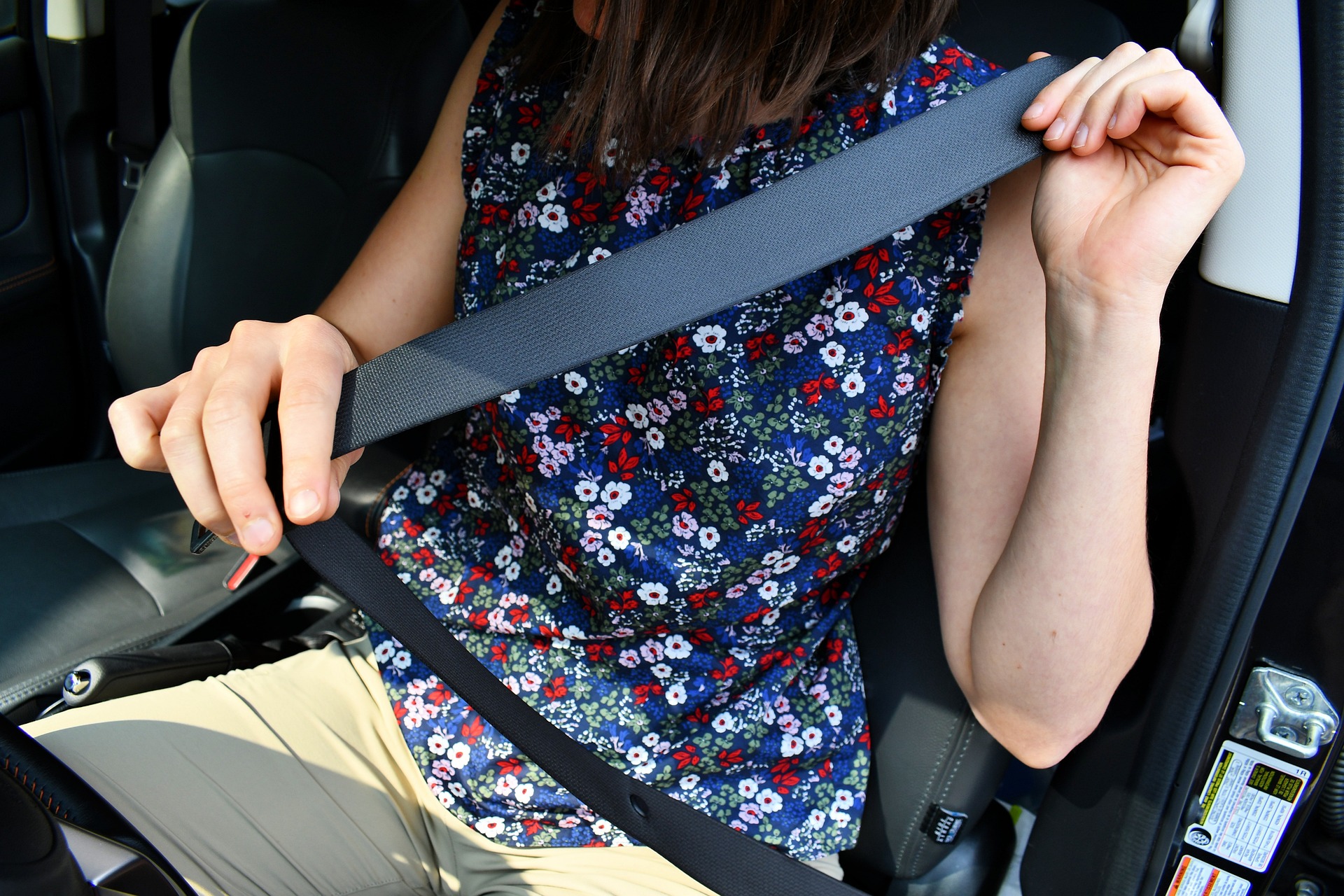
Essential Driving Tips & Highway Safety Rules
Driving is a task performed by millions of people around the clock every day. However, it is also one of the most dangerous tasks that most of us do. That is why it is imperative to know how to drive properly and follow highway safety rules.
4

What does the Highway Code say about Parking?
Parking may not seem like a daunting task to many of you, but when it comes to ensuring safety and legality, understanding the rules and regulations becomes crucial. The Highway Code is a set of guidelines for road users in the UK that provides detailed instructions on parking. The purpose of these is to promote safety and ensure the smooth flow of traffic.
5

How Many Clips in the Hazard Perception Test?
So, you're gearing up to obtain your driver's licence, and the looming obstacle in your path is the dreaded Hazard Perception Test. Well, you don’t need to worry! This crucial test is about testing your ability to predict and respond to potential hazards while driving.
5
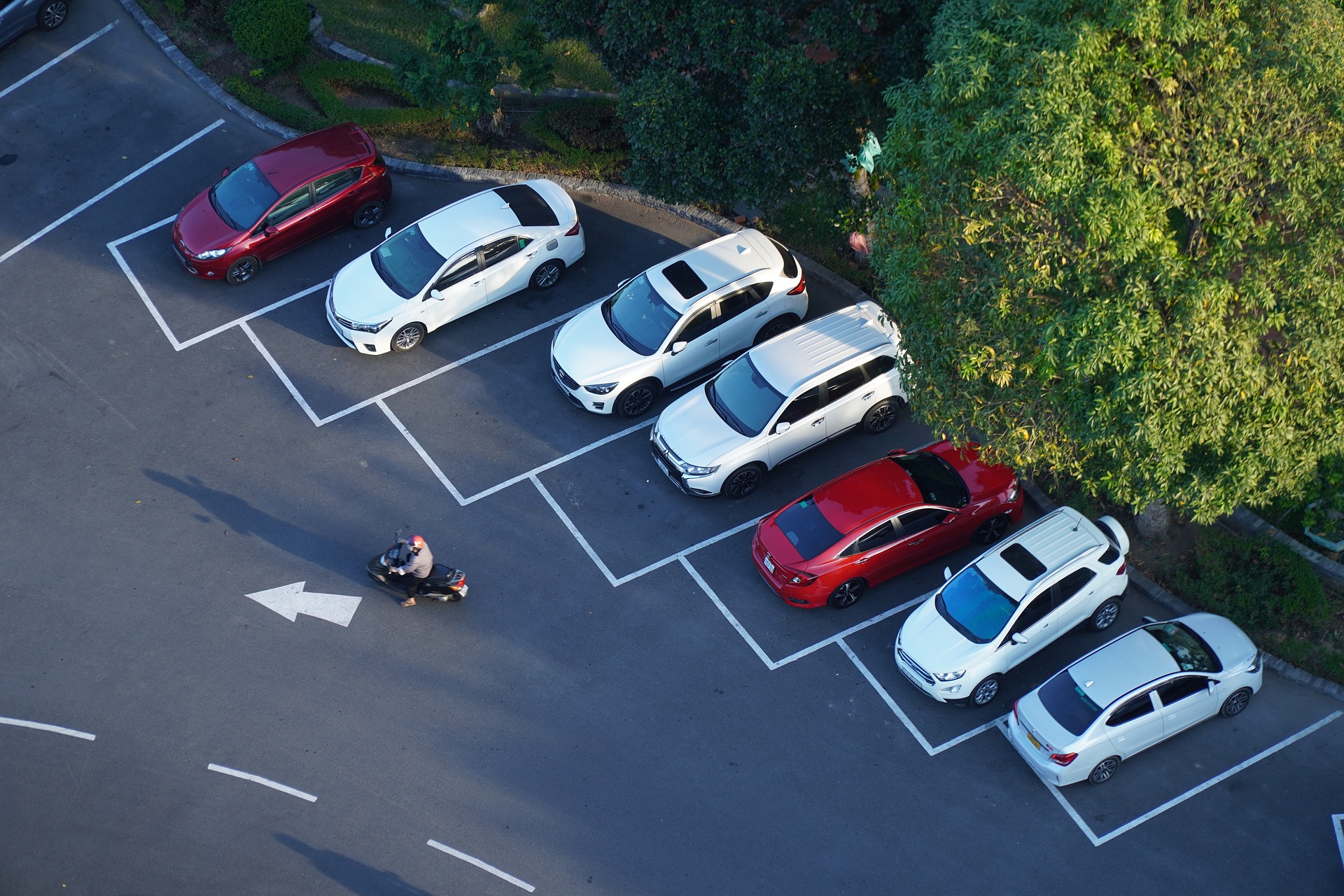
The Highway Code on Pavement Parking
The pavement parking has been a contentious issue for quite so long. It balances the needs of vulnerable pedestrians against the pressures of limited parking space. In the United Kingdom, there is the Highway Code, which is a crucial document for all road users providing clear guidance to ensure safety and accessibility for everyone.
5
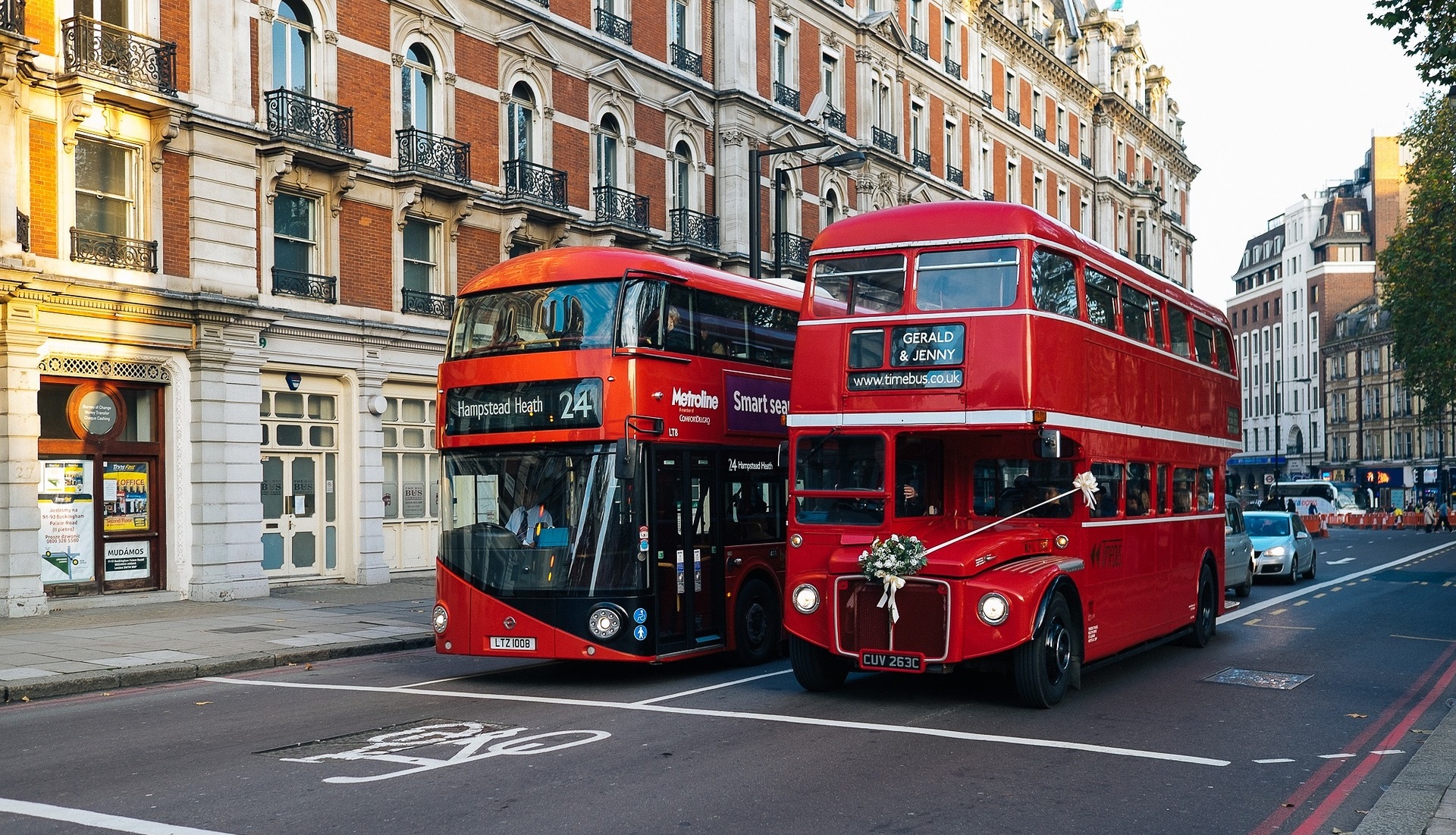
Bus Lane Rules
Bus lanes play a critical role in managing the flow of traffic as they reduce traffic congestion. It is vital to follow bus lane rules to ensure a safe and effective road system. In this article, we delve into the details of bus lane rules and signs according to the Highway code.
5
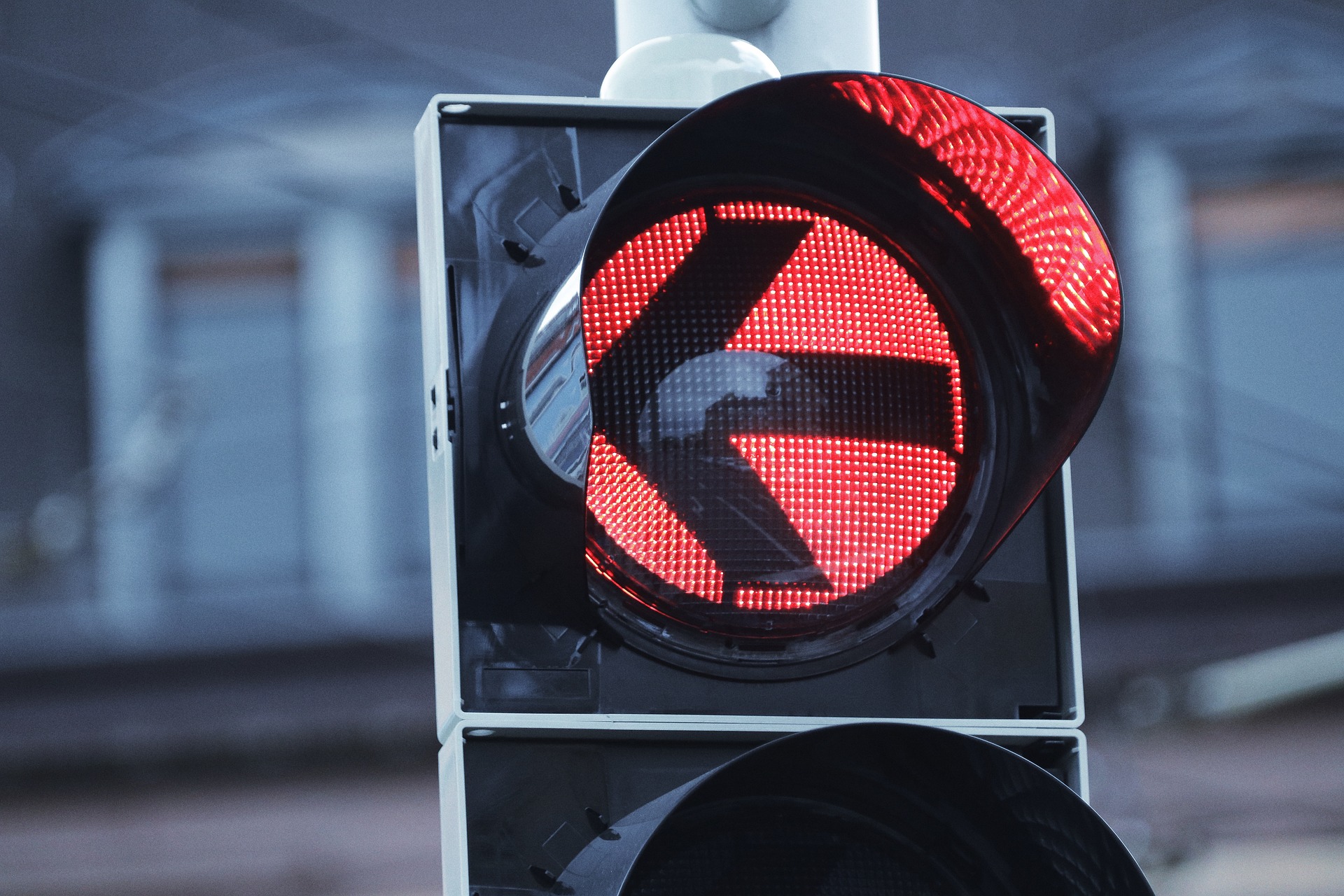
Light Signals Controlling Traffic
Traffic lights are one of the salient features of modern road systems. A set of rules governs traffic lights and signals to maintain order and safety. Drivers, pedestrians, and cyclists need to understand and follow these rules. Traffic lights today utilise advanced automated systems that employ sensors and algorithms to optimise traffic flow and reduce congestion on roads.
4

Best Driving Test App
In the digital age, where smartphones are an extension of our daily lives, leveraging technology to prepare for the challenges of the road is paramount. Driving test apps have revolutionised the way aspiring drivers equip themselves with the knowledge and skills required to ace their driving tests.
5

5

Free Driving Theory Test App 2025
In today’s fast-paced world, obtaining a driver's licence is a crucial step towards independence and mobility. One of the initial hurdles on this journey is the driving theory test, designed to assess a candidate's understanding of road rules, safety regulations, and overall driving knowledge.
5

Steps and Tips on How to Become a Driving Instructor
Are you a driving enthusiast and are you planning to pursue it as a career choice? Becoming a driving instructor is a rewarding career choice. It allows you to help people become confident and skilled drivers. In this blog, we have covered many steps and tips to become a driving instructor.
5

How to Learn to Drive in a Week?
Learning to drive is an exciting and empowering experience. And for many, it's a skill that opens up new opportunities and freedoms. While mastering the art of driving typically takes time and practice, it's possible to kickstart your journey in just one week. In this blog post, we'll outline a strategic plan tailored to learners in the UK, offering tips, resources, and guidance to help you learn to drive in a week.
5
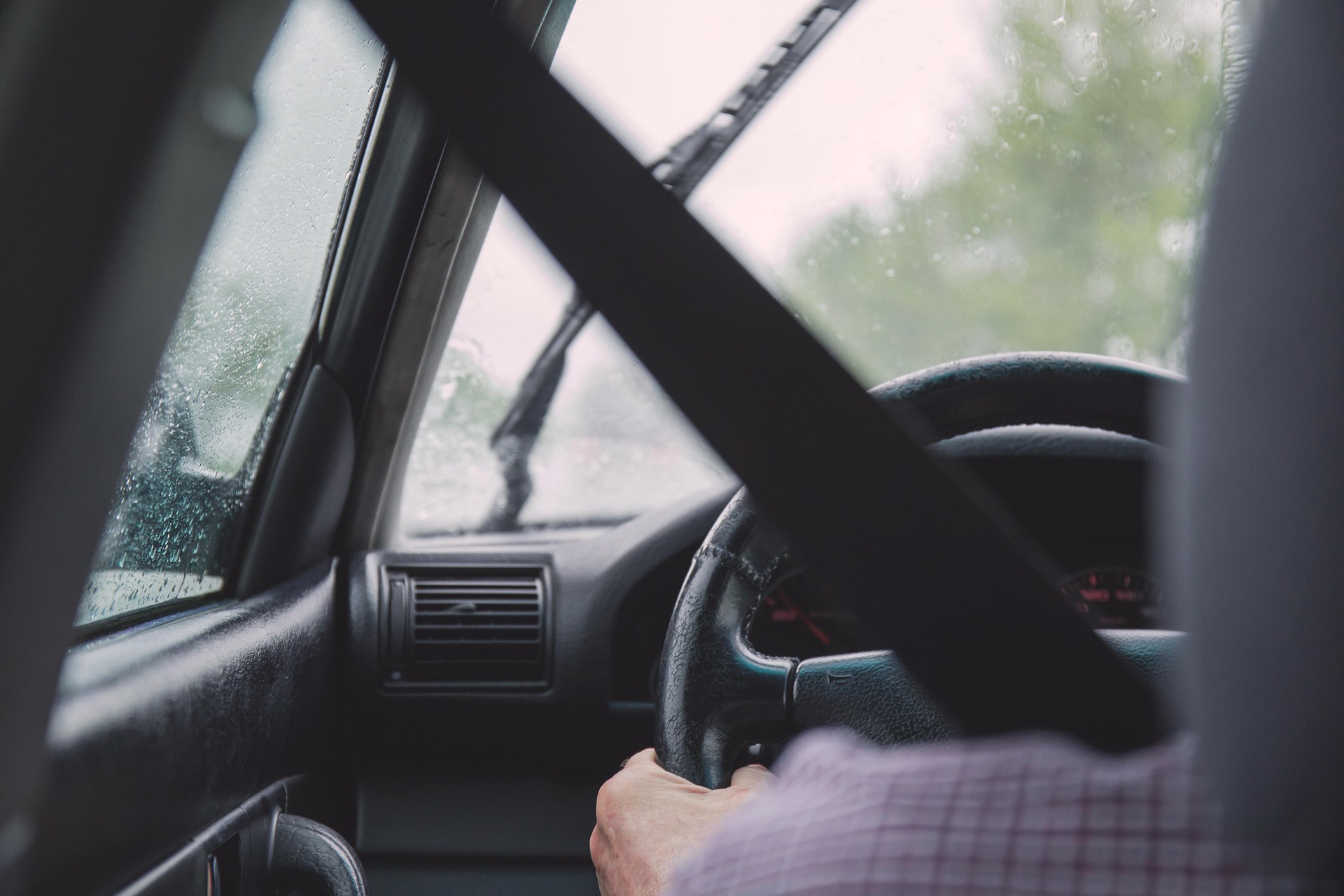
Residential Driving Courses
Learning to drive is a significant milestone that opens up a range of opportunities and independence. While traditional driving lessons are the norm, residential driving courses offer a unique and immersive experience that accelerates the learning process. In this blog post, we'll explore the advantages of these courses and why they are becoming increasingly popular among aspiring drivers.
5
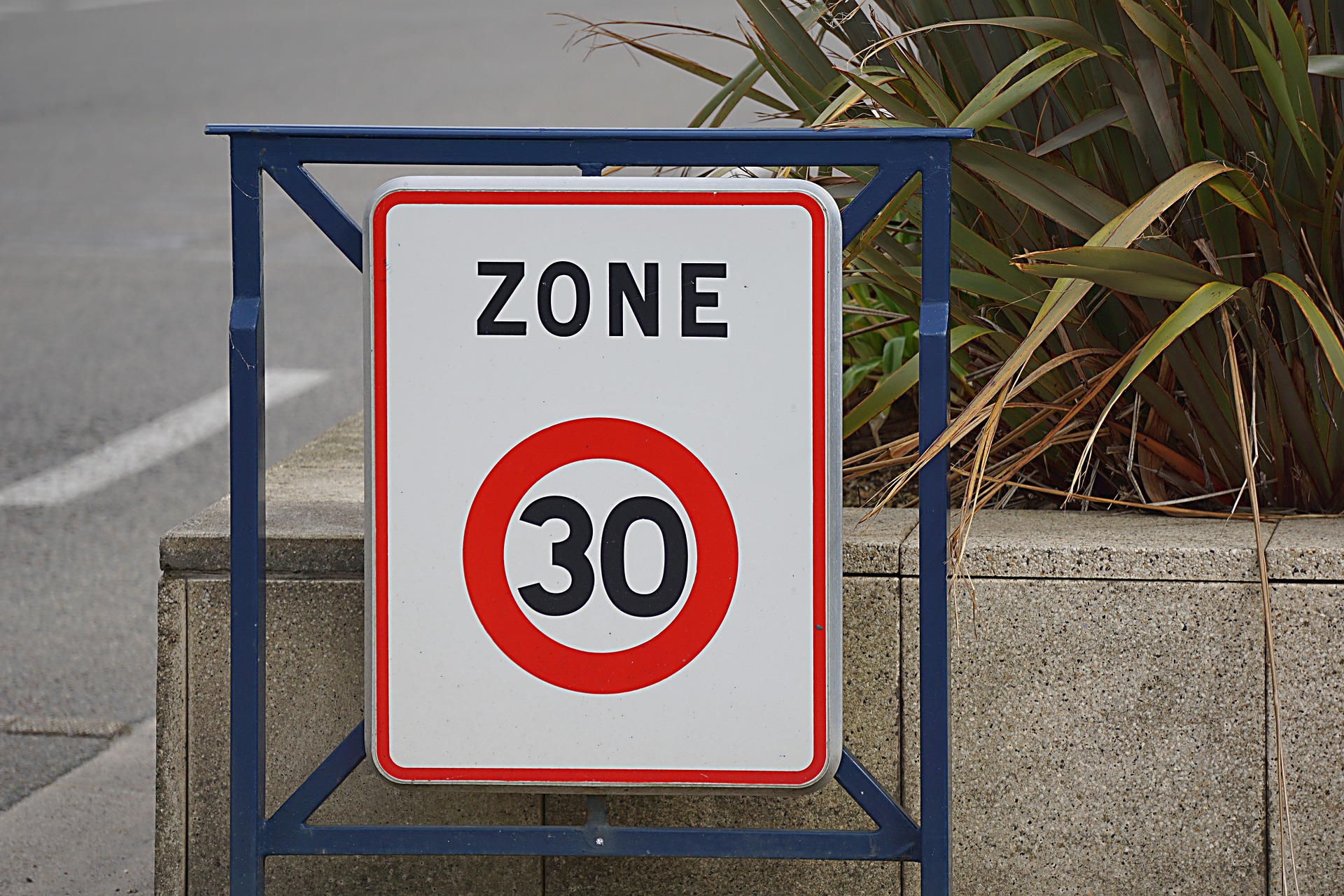
The UK Highway Code 2025
The highway code serves as the bedrock of road safety in the UK, setting out the rules and regulations that every road user must adhere to. As we enter 2025, significant updates have been made to the Highway Code, introducing new rules aimed at enhancing safety and efficiency on the roads. Here you'll find only up-to-date rules and regulations to keep you safe on the road.
5

The Advantages of Automatic Car Driving Lessons
With the enhanced convenience and ease of driving that an automatic car offers, these cars are becoming more prevalent on the roads these days. The demand for automatic cars is increasing like never before because these cars are less demanding both physically and mentally. Moreover, several automakers are also focusing on making only automatic variants for most models.
5

How Many Hours Does It Take to Learn to Drive a Car?
Beginning on the journey to becoming a skilled and confident driver is an exciting adventure that opens up new possibilities and freedoms. However, one common question that plagues the minds of aspiring drivers is, "How long does it take to learn to drive?" The answer is as diverse as the individuals behind the wheel, influenced by various factors ranging from personal aptitude to the complexity of the driving environment.
4

What Score Do You Need to Pass the Hazard Perception Test?
The Hazard Perception test pass mark stands as an important milestone in the journey of aspiring drivers in the UK. This assessment, an integral part of the driving theory test, gauges a learner's adeptness at recognizing and reacting to potential hazards on the road.
5
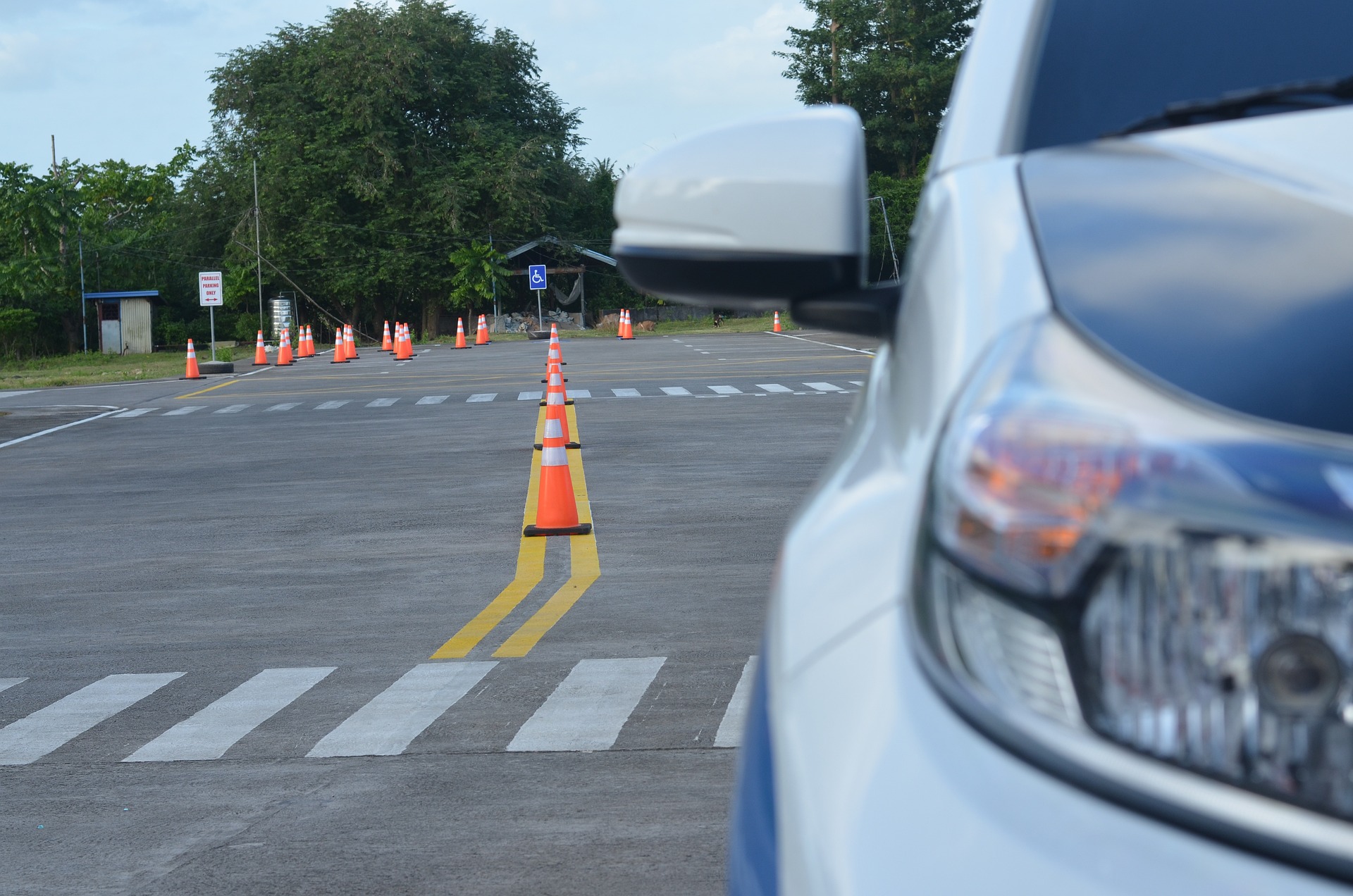
How to Find a Good Automatic Driving Instructor
Learning how to drive involves both excitement and challenges, and selecting a good automatic driving instructor should also be a part of this learning process. Since manual transmission is losing ground to the automatic one among drivers, many students would prefer taking automatic driving lessons.
5

The Road Rules Theory Test
Earning a driver's licence in the UK requires passing a mandatory written theory exam that evaluates the knowledge of traffic laws and safe driving techniques. These computer-administered assessments aim to ensure new drivers understand the foundational rules of the road before operating vehicles independently.
5

The Highway Code Stop Sign
Innovations in transport technology are changing the way road safety is seen in today's technologically advanced society. In order to keep up with technological advancements like smart traffic signals and driverless cars, the highway code stop sign has to be flexible.
5
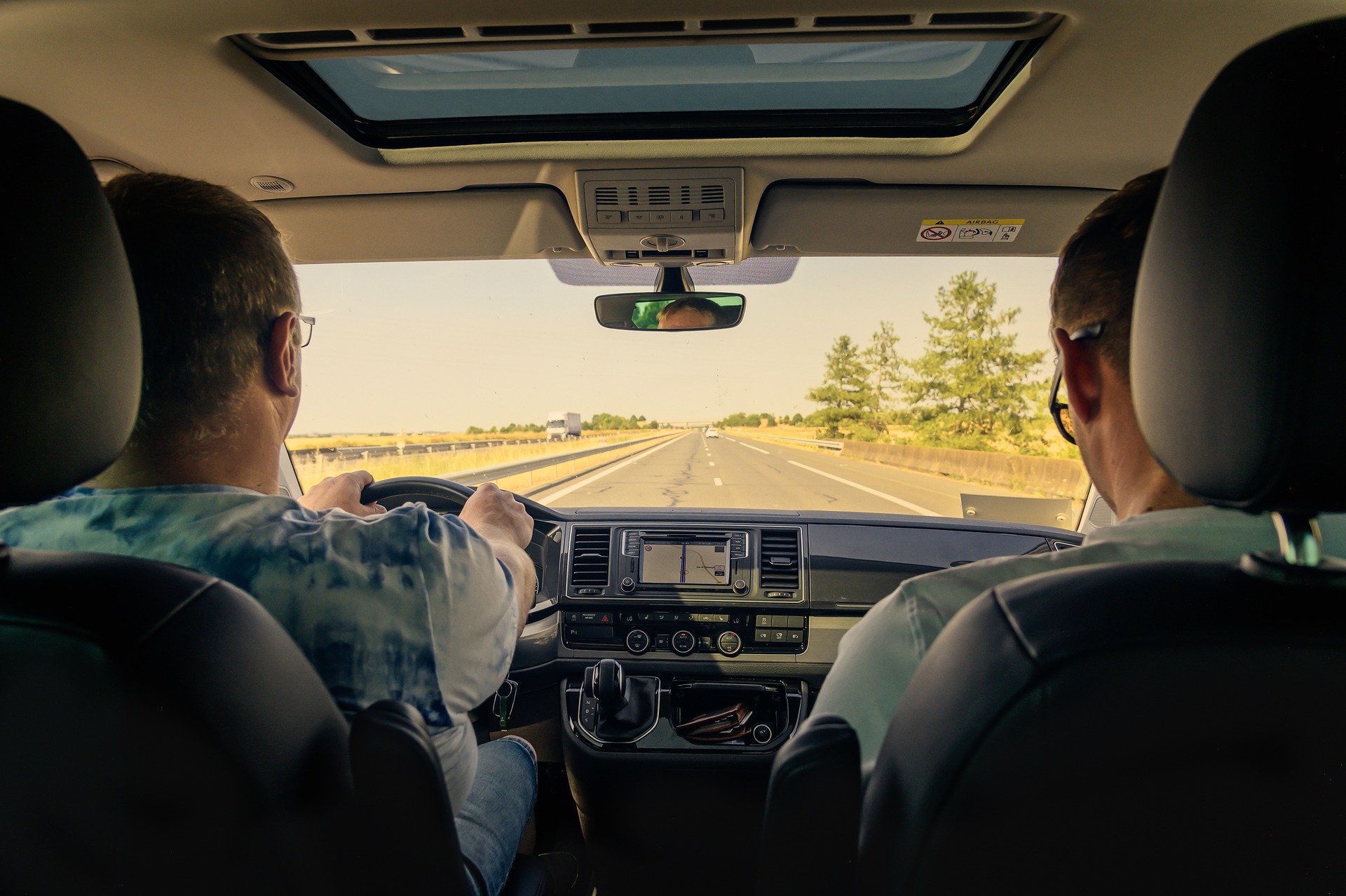
How To Find An ADI Instructor
Do you want to open up new avenues of freedom by learning to drive? You must be looking for the right Approved Driving Instructor (ADI). Choosing the right driving instructor can impact your overall learning experience. It is indeed a hard nut to crack, but in this blog we will help you explore key considerations in order to find the dedicated ADI-licensed instructor to make this journey easy for you.
5
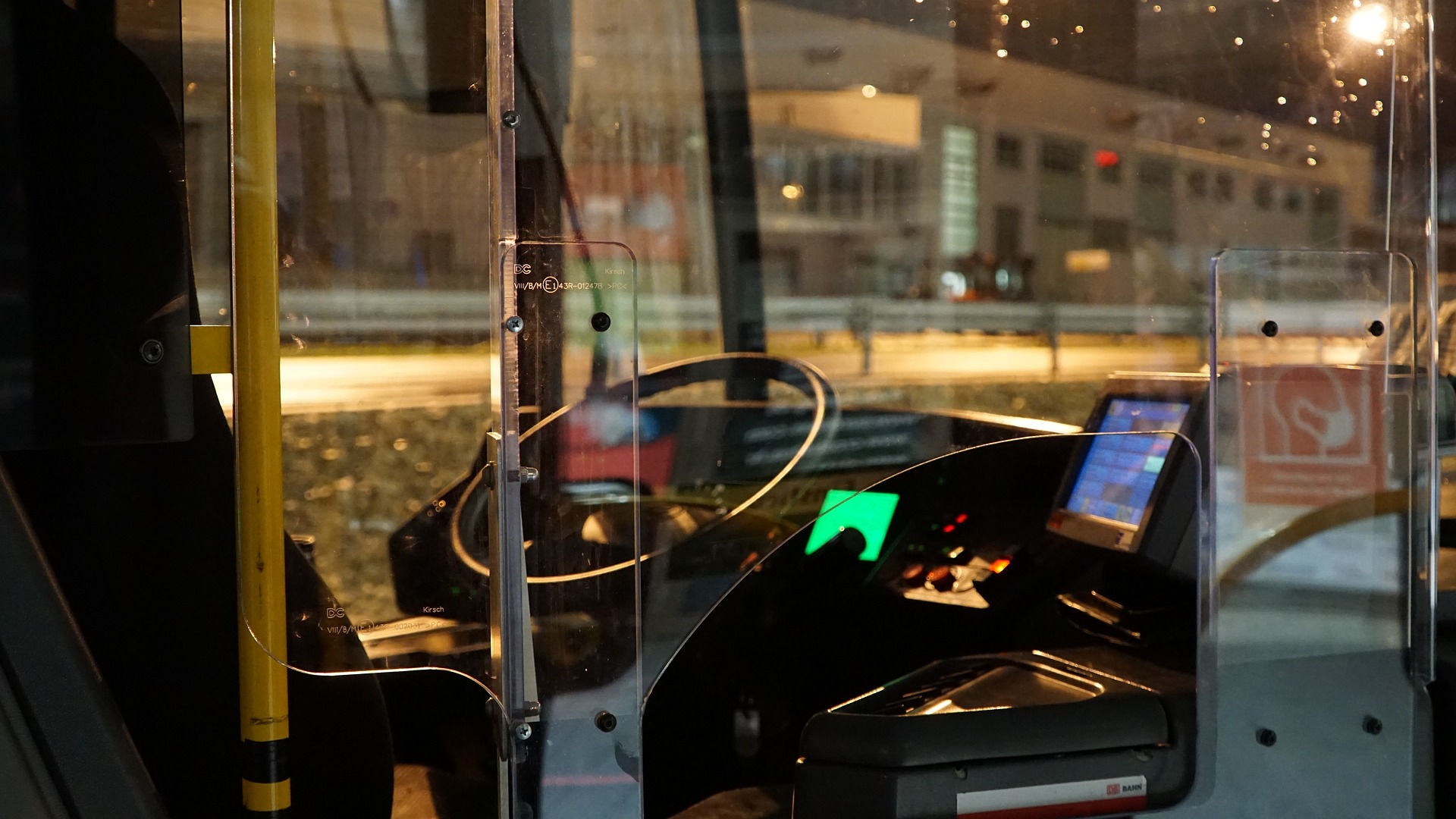
How To Get A Coach Driving Licence
Are you considering a coach driving career in the UK? Having your PCV (Passenger Carrying Vehicle) can open up a new world of opportunities for you in England and all the European Union (EU). There is a significant increase in the demand for drivers of large vehicles offering an attractive salary and other privileges.
5

5

13 Common Questions Every Driving Instructor Gets Asked (And Honest Answers!)
If you're learning to drive or getting ready for your practical driving test, it's totally normal to have questions. Trust me, you're not alone! Driving instructors across the UK hear the same concerns week after week.
5

Top 5 Beginner Driving Mistakes and How to Avoid Them
If you're learning to drive or preparing for your driving test, you’ve probably already run into some common beginner mistakes. This article breaks down the five most frequent driving mistakes, why they happen, and how to fix them — with tips straight from real experience.
5

How to Drive on the Highway at Night and Not Get Tired: Life Hacks for Long Trips
The night highway is a special world. Fewer cars, its own atmosphere, but also its own challenges. The main one is fatigue, which creeps up unnoticed and can play a cruel trick. Long trips in the dark require not only endurance but also a competent approach.
5

Drive Safe, Save Gas, Be Smart: Stuff UK Drivers Should Read
Whether you just got your license or have been driving for ages, staying up-to-date is key to being safe out there. Driving is more than just knowing the road rules – it's about seeing possible problems before they happen, keeping everyone around you safe, and paying attention every single time you get in the car.
5

City Parking Tips for Beginners: Smart Lifehacks to Make It Stress-Free
Let’s be real—parking in the city can be pretty stressful, especially if you’re a new driver. With narrow streets, impatient drivers, confusing signs, and tricky parallel spots, it can make even the calmest person nervous.
5

How to Master the Turn in the Road: Tips for Performing a Turn in a Confined Space on Your Driving Test
Passing your UK driving test means showing that you can really handle your car. One of the tasks you might be challenged with is a turn in the road, or a three-point turn. It sounds easy, but when you're under pressure, it can throw you off, even if you’ve practiced a lot.
4

How to Tow a Car Properly: A Practical Guide for UK Drivers
If you ever find yourself helping a friend with a broken car or dealing with your own ride, knowing how to tow a car can really help cut down on headaches. But before you just grab a rope and hit the road, there are some legal stuff, safety tips, and mistakes to avoid that you should know about.
5

Mastering Defensive Driving: Why Counter-Skid Skills Could Save Your Life
When we think about getting better at driving, we often picture ourselves mastering parallel parking or getting through tricky roundabouts. But there’s a crucial skill that could really save your life — counter-skid or defensive driving.
5

Why Caring for Your Car Matters: Key Benefits of Responsible Vehicle Ownership
Taking care of your car is really important and can save you a lot of trouble down the road. Regular maintenance isn’t just about pride—it affects your safety and your wallet too. Here’s why being responsible with your car really matters and how a little care can make a big difference.
4

What Do Learner Drivers Fear the Most?
Learning to drive is a big deal in life, but it can bring on a lot of nerves for newbies. Whether it’s their first time behind the wheel or tackling a roundabout, it’s totally normal to feel scared. Let's talk about what makes new drivers anxious and how recognizing these feelings can help build confidence on the road.
5

Driving Safety in Low-Visibility Conditions
When it comes to passing your driving theory test—or simply staying safe on the road—some of the terminology in the Highway Code can be a bit confusing. One such term is limited visibility. What exactly does it mean, and why is it so important for drivers to understand it?
5

Driving Theory Test: Everything You Need to Know
If you're getting ready to take your theory test, it’s absolutely vital that you understand how the test actually works. I’m Dan Danny, a driving instructor with more than a decade of experience helping learners pass first time — and I can tell you, most people fail not because they don’t know enough, but because they don’t know what to expect.
5

Key Reasons for Failing the Theory Test – And How to Avoid Them
Failing your theory test can be really frustrating, especially when you felt ready for it. But lots of learners face the same issue every year, often for similar reasons. As a professional instructor, our expert Dan Danny has seen these patterns again and again.
5

Pros and Cons of Learning with a Private Driving Instructor
Learning to drive is a big deal and a step toward gaining independence. One of the first choices you'll face is how to learn. While many folks choose traditional driving schools, more people in the UK are opting for private instructors for a more personal experience.
5

How to Set Up Your Driver's Seat, Headrest, and Steering Wheel for Comfort and Control
Whether you're a new driver or have been on the road for years, don't forget to adjust your car seat, headrest, and steering wheel properly. Not doing it right can lead to tiredness, back pain, and could even slow down your reaction time in an accident. Let’s sort this out!
5

Extreme Driving: What It Is and How to Get Good at It
Extreme driving is all about keeping control in tricky situations, like high speeds or off-road conditions. This goes beyond regular defensive driving, adding in skills for quick decision-making and a strong grasp of how your car works. Whether you're on icy roads, taking tight corners fast, or navigating rough terrain, it's all about mastering control and precision when things get tough.
5

Must-Have Items for Your Car
Whether you’re going on a long drive or just heading to work, having the right stuff in your car can really help. Some items are required by law, and others can be lifesavers in sticky situations. Here’s a rundown of the must-have items you should always keep in your vehicle.
4

Traffic Light Signals in the UK: A Complete Guide for Drivers
Traffic lights are key for keeping roads safe in the UK. Whether you’re learning to drive or just need a refresher, it's important to know how to respond to traffic signals. Here’s a straightforward guide to UK traffic lights, including the basics, filter arrows, pedestrian crossings, and common slip-ups to watch out for.
5

Good Driving Posture: How to Sit Right Behind the Wheel for Safety and Comfort
Sitting correctly while driving is important for staying safe and comfortable. If your seat isn’t set up right, you could end up feeling tired or even have back pain, and it can slow down your reactions during tricky situations.
5

Sharing the Road Safely with Trolleys
Trolleys (or trams, as they're called in some places) are a key part of city public transportation. They're a great, green way to get around, but drivers need to be extra careful when they're nearby. If you're not used to them, driving near trolleys can be a bit tricky, especially when it comes to right-of-way rules.
5

Which Countries Drive on the Left Side of the Road?
If you’ve ever travelled abroad and found yourself on the ‘wrong’ side of the road, you’re not alone. While most of the world drives on the right, around 30% of countries still follow the left-hand traffic system. But why is this the case, and where exactly do people drive on the left? Let’s take a closer look.
5

5 Mistakes to Steer Clear of on Your Driving Theory Test (and How to Pass with Ease)
Getting through your UK driving theory test is a big step towards earning your full driving license. But here’s the catch—many learners don’t take the test seriously enough. This can lead to silly mistakes that are easy to avoid.
5

Yield Sign
When driving, you’ve probably encountered a yield sign at various junctions and roundabouts. But what does a yield sign actually mean, and how should you respond to it? Understanding this essential road sign can help you drive more confidently and safely, reducing the risk of accidents and ensuring smoother traffic flow.
5

Arm Turn Signals: A Must-Know Guide for Cyclists and Drivers
While most cars have electronic turn signals, hand signals—sometimes called arm turn signals—are still super important for cyclists, motorcyclists, and drivers too. If you're biking, driving an older car without working lights, or if your turn signal is broken, knowing these signals can keep you safe and help everyone understand what you're doing on the road.
5

5

Why Should You Look for Motorcyclists When Turning Right?
Turning right might seem easy, but not checking for motorcyclists can lead to serious accidents. Bikers are some of the most at-risk people on the road. Many crashes happen when a driver turns right and doesn’t see a motorcycle coming. Whether you’re in a busy city or on quiet country roads, keeping an eye out for motorcyclists is super important for everyone's safety.
4

Understanding Turn Left and Keep to the Left Signs in the UK
If you’re driving in the UK, knowing your road signs is super important. Two signs that often confuse new drivers are the Turn Left sign and the Keep to the Left sign. They look similar but have different meanings. Let’s break them down.
5

Easy Ways to Remember Road Signs
Knowing road signs is super important if you want to pass your driving test and drive safely. Road signs give us key information to keep everyone safe. But with so many signs out there, it can be a lot to take in. Don't worry! Here are some simple tips to help you remember road signs without feeling stressed.
5

5

10 Driving Tips to Stay Safe on Christmas Day
Christmas Day is a time of joy and celebration, but it’s also a day when roads can be unusually busy, with people traveling to visit family or attend festivities. To ensure you stay safe and enjoy the holiday, here are ten essential driving tips to keep in mind.
5

How to Drive a Car with Automatic Transmission?
Driving an automatic transmission car is simpler and more convenient than driving a manual. Automatics handles gear changes for you, allowing you to focus on the road. Whether you’re new to driving or transitioning from manual, this guide will walk you through the basics of driving an automatic transmission car, so you can learn how to drive a car with automatic transmission.
4

Is There a Clutch in an Automatic Car?
When learning about cars and their mechanics, a common question arises: “Do automatic cars have a clutch?” The answer might surprise you! While automatic cars don’t have a clutch pedal like manual cars, they do have a system that performs the clutch’s function. Let’s dive into how automatic cars work and unravel the mystery of the clutch in automatics.
5

Manual Vs Automatic: Which One Should You Learn First?
When deciding to learn how to drive, one of the first choices you'll encounter is whether to start with a manual (stick-shift) or automatic car. Both have their pros and cons, and the decision often depends on personal preferences, future driving plans, and even regional norms.
5

When to Use Rear Fog Lights
Rear fog lights are an essential safety feature designed to enhance visibility for other drivers in adverse weather conditions. However, improper use can cause glare and inconvenience to others on the road. Understanding when to use rear fog lights and how to use them is crucial for safe and responsible driving.
5

When Do You Use Main Beam Headlights?
Driving at night or in low-visibility conditions requires proper use of your vehicle’s headlights to ensure safety for yourself and other road users. Among the types of headlights available, the main beam headlights (also known as high beams) play a critical role. Understanding when to use main beam headlights and how to use them correctly is essential for safe driving and compliance with road regulations.
5

What is a Toucan crossing in the UK?
When navigating UK roads, you’ll encounter various pedestrian crossings, each designed to improve road safety for different groups of road users. Among these is the Toucan crossing—a unique type of crossing that accommodates both pedestrians and cyclists.
5

5

When Is The Best Time To Book Your Driving Test in the UK?
Booking your driving test can feel like a big step towards gaining independence on the road, but knowing the best time to schedule your test can make a huge difference in terms of availability, stress, and even the weather conditions.
5

The Impact of Poor visibility and Obstacles on the Road on Driving Safety
Driving comes with its set of challenges, but one of the most significant is dealing with poor visibility and unexpected road obstacles. These factors can compromise safety, lead to dangerous situations, and increase the likelihood of accidents.
5

Dangerous turns and Ways to Perform Them Correctly
Driving is an essential skill that requires not only attentiveness but also a thorough understanding of how to handle challenging situations on the road. Among the most critical driving maneuvers are turns—especially the dangerous turns.
5

4

How to Change Lanes Safely While Driving?
Changing lanes is an everyday part of driving, but changing them safely requires attention, precision, and adherence to road safety rules. Whether merging onto a motorway, overtaking a slower vehicle, or moving between lanes in busy traffic, it’s important to execute lane changes properly to prevent accidents and keep traffic flowing smoothly.
5

What are High-Beam Headlights?
Headlights are essential for any vehicle, ensuring the safety of both drivers and pedestrians by enhancing visibility, especially during nighttime or in low-light conditions. In this blog, we’ll explore high-beam headlights—what they are, how they function, and when to use them safely.
5

5

Rules for the Use of Reflective Elements on the Car
Reflective elements on the cars play an essential role in ensuring visibility and safety, especially during low-light or night driving. The UK has specific guidelines on the use of these elements, aiming to enhance road safety and minimize accidents.
5

Typical Mistakes of Novice Drivers and How to Avoid Them
Learning to drive can be an exciting yet challenging experience. New drivers often face a steep learning curve as they get comfortable with road rules, vehicle handling, and traffic flow. To help smooth the transition, let's explore some common mistakes new drivers make and practical ways to avoid them.
4

Safe Long-distance Driving
Long-distance driving, whether for a road trip, work, or family visit, can be both exciting and challenging. But keeping safety at the forefront is essential. Prolonged hours on the road can bring fatigue, physical discomfort, and heightened risks, so here’s a practical guide to ensuring safety and comfort on those lengthy drives.
5

How to Stay Calm and Focused During the Theory Exam for a Driver’s License
The theoretical exam is the first critical step toward earning that coveted driver’s license, yet, for many people, it also becomes the hardest hurdle to overcome. While the test itself evaluates knowledge and understanding of road rules and safety, the primary challenge often isn’t a lack of preparation or memory issues.
4

How to Lower Your Car Insurance Premium as a UK Senior Driver?
As a senior driver in the UK, finding affordable car insurance can be challenging. While older drivers often have years of experience, insurers may still see increased risk due to factors such as slower reaction times or health issues.
5

5

4

Road Warning Signs and Meanings
Road Warning Signs are essential for keeping drivers safe by providing advance notice of potential hazards or changes in road conditions. Understanding what each sign means and how to respond is crucial for passing your test and ensuring safe driving. This blog will cover warning signs and their meanings.
5

The Evolution of Road Signs in the UK: Their Current Meanings and Changes Over Time
Road signs play a crucial role in ensuring safety on the roads, helping to guide both drivers and pedestrians. They warn of hazards, indicate the need to adhere to rules, and facilitate efficient traffic flow. Without them, chaos on the roads would be inevitable.
5

Top Reasons Why Car Insurance Claims Get Rejected
Filing a car insurance claim can be a stressful experience, especially if it's rejected when you expect coverage. While car insurance is designed to protect you financially in the event of an accident, claims may be denied for several reasons.
4

Young Drivers: How to Get Cheaper Car Insurance?
Getting car insurance as a young driver in the UK can be a costly affair. Due to their lack of experience, insurers often see young drivers as high-risk, leading to higher premiums. But don’t worry—there are several ways you can reduce your car insurance costs and make driving more affordable.
5

Studying the Highway Code: Important Tips for New Drivers
Driving a car is not only about controlling the vehicle but also understanding the rules of the road (Highway Code) that ensure the safety of all road users. Driving according to the rules becomes far more enjoyable when it is done consciously. In this article, we provide a comprehensive guide to the most important rules and regulations in the United Kingdom.
5

5

DVLA Cancel Driving Test: What You Need to Know?
Sometimes life gets in the way of our plans, and you might need to cancel your driving test. Whether due to a change of schedule, health issues, or simply feeling unprepared, it’s important to know the right process and conditions for DVSA Driving Test Cancellation.
5

Best app for DVSA Theory Test
Preparing for the DVSA theory test can be daunting, but the right tools can make all the difference. Among the multiple available apps, Ray Driving Theory has emerged as the go-to platform for those serious about passing their driving theory test in the UK.
5

Preventive & Protective Driving
Preventive driving and protective driving skills are critical for ensuring the safety of not just the passengers but also of everyone else on the roads. These skills focus on anticipating potential hazards and reacting appropriately to avoid road accidents.
5

Decoding Traffic Signs: Colours, Shapes, and Meanings
When preparing for the UK driving theory test, understanding traffic sign colours and their meanings is essential. Traffic signs use a combination of colours, shapes, and symbols to convey important information quickly and clearly.
5

Understanding the X-Signs in Traffic
When preparing for the UK driving theory test, one sign that often puzzles learners is the 'X' sign. Understanding this sign is crucial for passing your test and for safe driving on UK roads. Let's delve into the meaning, variations, and significance of the 'X' sign in traffic.
5

5

Hazard Perception Test Practice Online 2025
The Hazard Perception Test is a crucial part of the UK driving theory test, assessing your ability to identify and react to potential hazards while driving. With technological advancements, online practice resources have become more accessible and effective, helping learners prepare for the test more interactively and conveniently.
5

Essential Driving Tips & Highway Safety Rules
Driving is a task performed by millions of people around the clock every day. However, it is also one of the most dangerous tasks that most of us do. That is why it is imperative to know how to drive properly and follow highway safety rules.
4

What does the Highway Code say about Parking?
Parking may not seem like a daunting task to many of you, but when it comes to ensuring safety and legality, understanding the rules and regulations becomes crucial. The Highway Code is a set of guidelines for road users in the UK that provides detailed instructions on parking. The purpose of these is to promote safety and ensure the smooth flow of traffic.
5

How Many Clips in the Hazard Perception Test?
So, you're gearing up to obtain your driver's licence, and the looming obstacle in your path is the dreaded Hazard Perception Test. Well, you don’t need to worry! This crucial test is about testing your ability to predict and respond to potential hazards while driving.
5

The Highway Code on Pavement Parking
The pavement parking has been a contentious issue for quite so long. It balances the needs of vulnerable pedestrians against the pressures of limited parking space. In the United Kingdom, there is the Highway Code, which is a crucial document for all road users providing clear guidance to ensure safety and accessibility for everyone.
5

Bus Lane Rules
Bus lanes play a critical role in managing the flow of traffic as they reduce traffic congestion. It is vital to follow bus lane rules to ensure a safe and effective road system. In this article, we delve into the details of bus lane rules and signs according to the Highway code.
5

Light Signals Controlling Traffic
Traffic lights are one of the salient features of modern road systems. A set of rules governs traffic lights and signals to maintain order and safety. Drivers, pedestrians, and cyclists need to understand and follow these rules. Traffic lights today utilise advanced automated systems that employ sensors and algorithms to optimise traffic flow and reduce congestion on roads.
4

Best Driving Test App
In the digital age, where smartphones are an extension of our daily lives, leveraging technology to prepare for the challenges of the road is paramount. Driving test apps have revolutionised the way aspiring drivers equip themselves with the knowledge and skills required to ace their driving tests.
5

5

Free Driving Theory Test App 2025
In today’s fast-paced world, obtaining a driver's licence is a crucial step towards independence and mobility. One of the initial hurdles on this journey is the driving theory test, designed to assess a candidate's understanding of road rules, safety regulations, and overall driving knowledge.
5

Steps and Tips on How to Become a Driving Instructor
Are you a driving enthusiast and are you planning to pursue it as a career choice? Becoming a driving instructor is a rewarding career choice. It allows you to help people become confident and skilled drivers. In this blog, we have covered many steps and tips to become a driving instructor.
5

How to Learn to Drive in a Week?
Learning to drive is an exciting and empowering experience. And for many, it's a skill that opens up new opportunities and freedoms. While mastering the art of driving typically takes time and practice, it's possible to kickstart your journey in just one week. In this blog post, we'll outline a strategic plan tailored to learners in the UK, offering tips, resources, and guidance to help you learn to drive in a week.
5

Residential Driving Courses
Learning to drive is a significant milestone that opens up a range of opportunities and independence. While traditional driving lessons are the norm, residential driving courses offer a unique and immersive experience that accelerates the learning process. In this blog post, we'll explore the advantages of these courses and why they are becoming increasingly popular among aspiring drivers.
5

The UK Highway Code 2025
The highway code serves as the bedrock of road safety in the UK, setting out the rules and regulations that every road user must adhere to. As we enter 2025, significant updates have been made to the Highway Code, introducing new rules aimed at enhancing safety and efficiency on the roads. Here you'll find only up-to-date rules and regulations to keep you safe on the road.
5

The Advantages of Automatic Car Driving Lessons
With the enhanced convenience and ease of driving that an automatic car offers, these cars are becoming more prevalent on the roads these days. The demand for automatic cars is increasing like never before because these cars are less demanding both physically and mentally. Moreover, several automakers are also focusing on making only automatic variants for most models.
5

How Many Hours Does It Take to Learn to Drive a Car?
Beginning on the journey to becoming a skilled and confident driver is an exciting adventure that opens up new possibilities and freedoms. However, one common question that plagues the minds of aspiring drivers is, "How long does it take to learn to drive?" The answer is as diverse as the individuals behind the wheel, influenced by various factors ranging from personal aptitude to the complexity of the driving environment.
4

What Score Do You Need to Pass the Hazard Perception Test?
The Hazard Perception test pass mark stands as an important milestone in the journey of aspiring drivers in the UK. This assessment, an integral part of the driving theory test, gauges a learner's adeptness at recognizing and reacting to potential hazards on the road.
5

How to Find a Good Automatic Driving Instructor
Learning how to drive involves both excitement and challenges, and selecting a good automatic driving instructor should also be a part of this learning process. Since manual transmission is losing ground to the automatic one among drivers, many students would prefer taking automatic driving lessons.
5

The Road Rules Theory Test
Earning a driver's licence in the UK requires passing a mandatory written theory exam that evaluates the knowledge of traffic laws and safe driving techniques. These computer-administered assessments aim to ensure new drivers understand the foundational rules of the road before operating vehicles independently.
5

The Highway Code Stop Sign
Innovations in transport technology are changing the way road safety is seen in today's technologically advanced society. In order to keep up with technological advancements like smart traffic signals and driverless cars, the highway code stop sign has to be flexible.
5

How To Find An ADI Instructor
Do you want to open up new avenues of freedom by learning to drive? You must be looking for the right Approved Driving Instructor (ADI). Choosing the right driving instructor can impact your overall learning experience. It is indeed a hard nut to crack, but in this blog we will help you explore key considerations in order to find the dedicated ADI-licensed instructor to make this journey easy for you.
5

How To Get A Coach Driving Licence
Are you considering a coach driving career in the UK? Having your PCV (Passenger Carrying Vehicle) can open up a new world of opportunities for you in England and all the European Union (EU). There is a significant increase in the demand for drivers of large vehicles offering an attractive salary and other privileges.
5





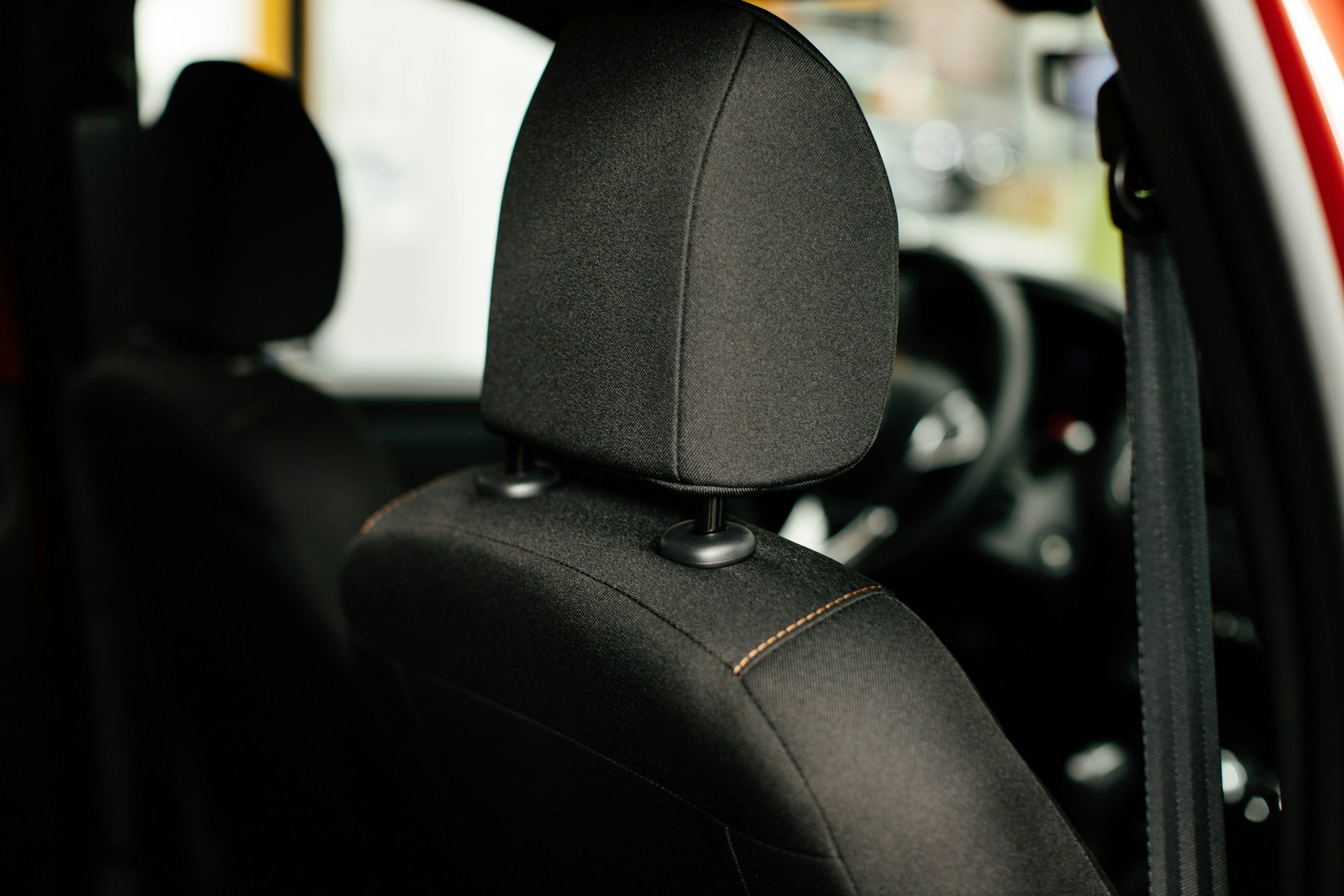


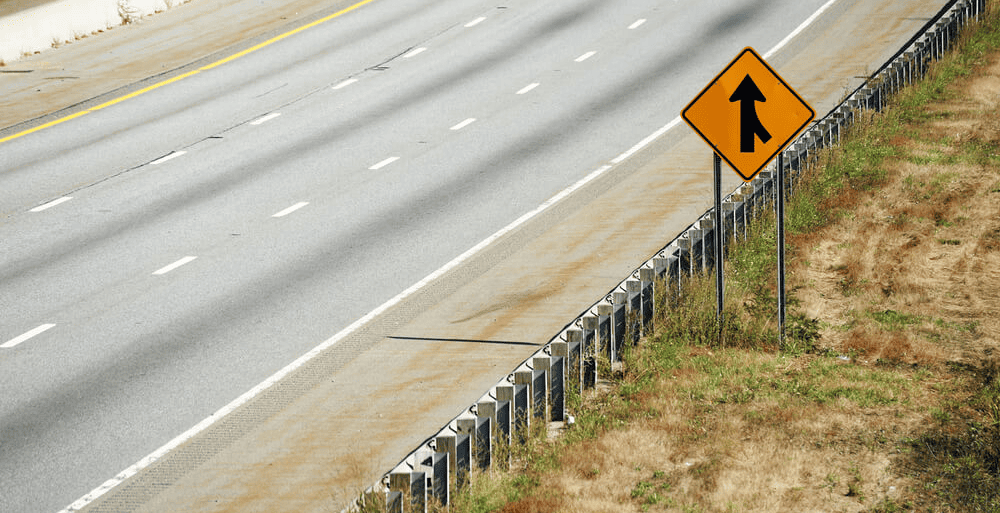
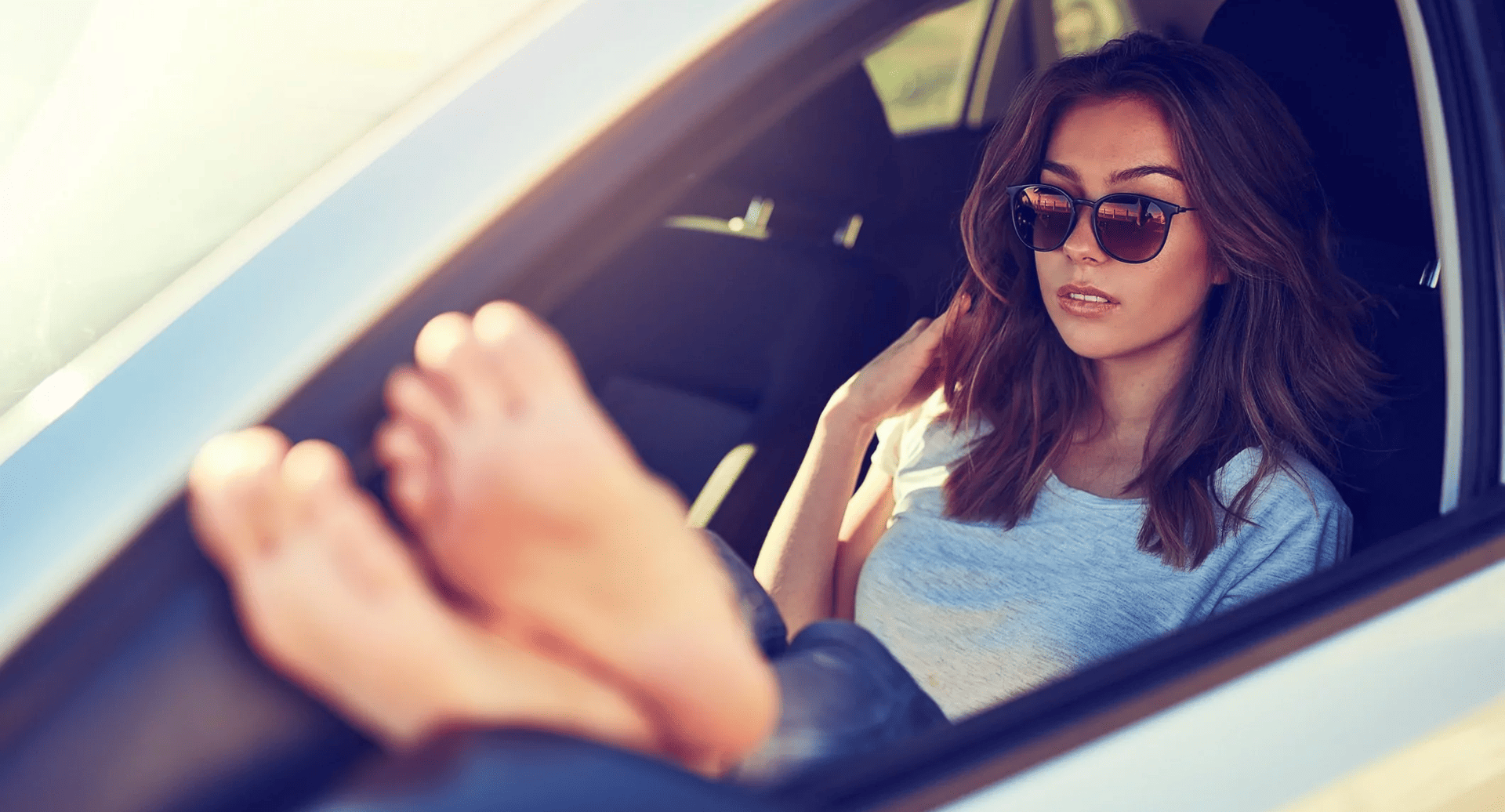

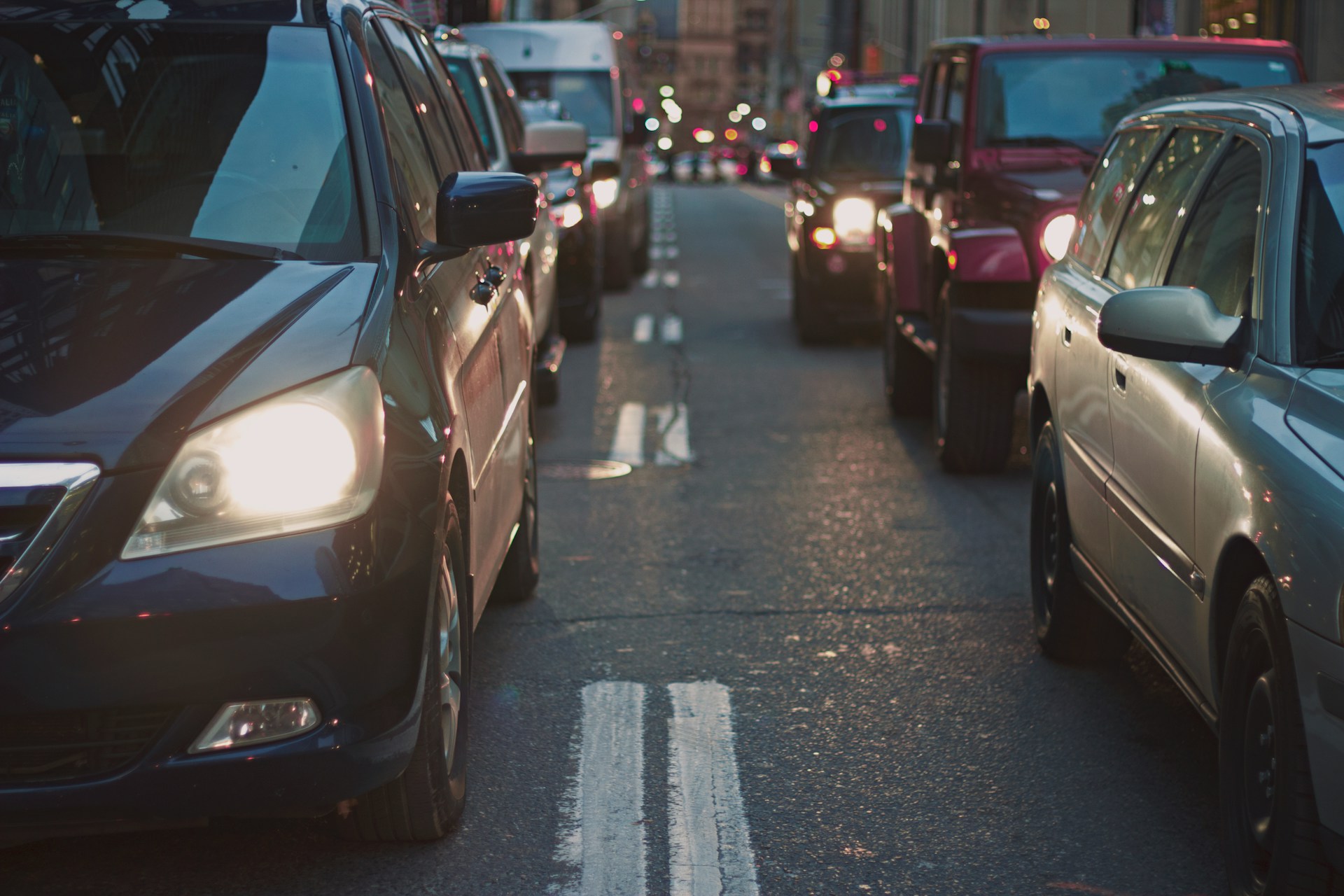

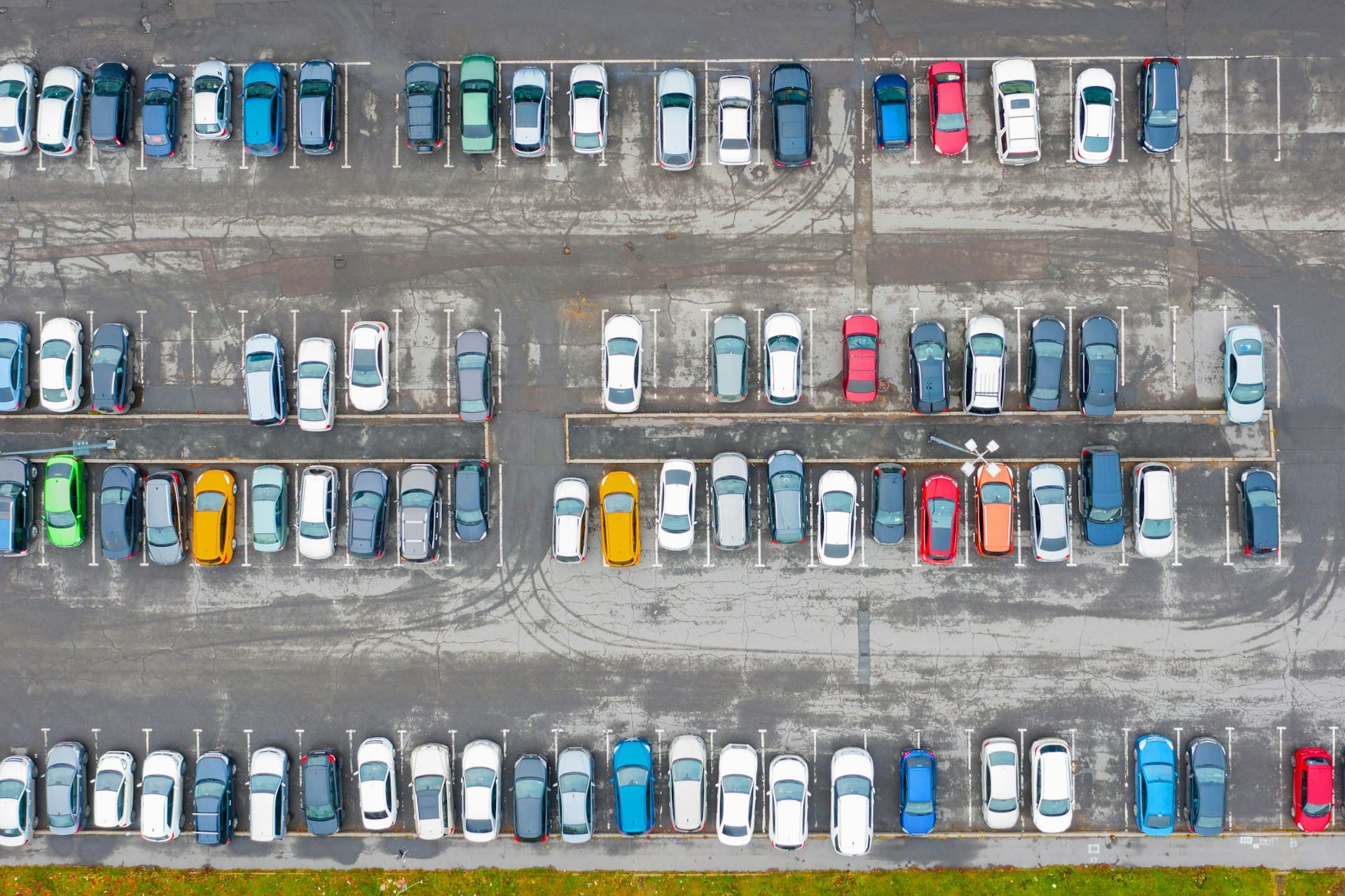
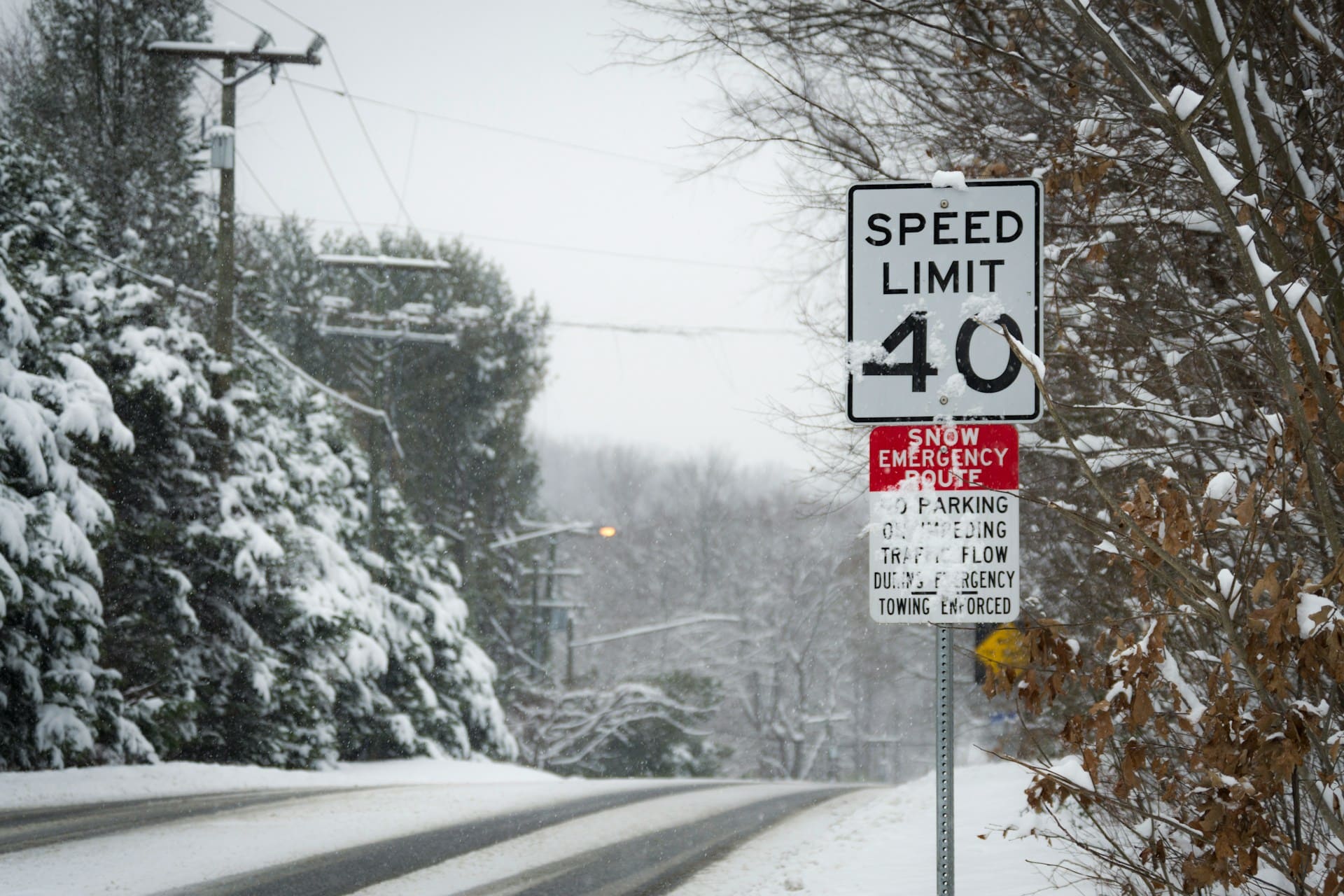


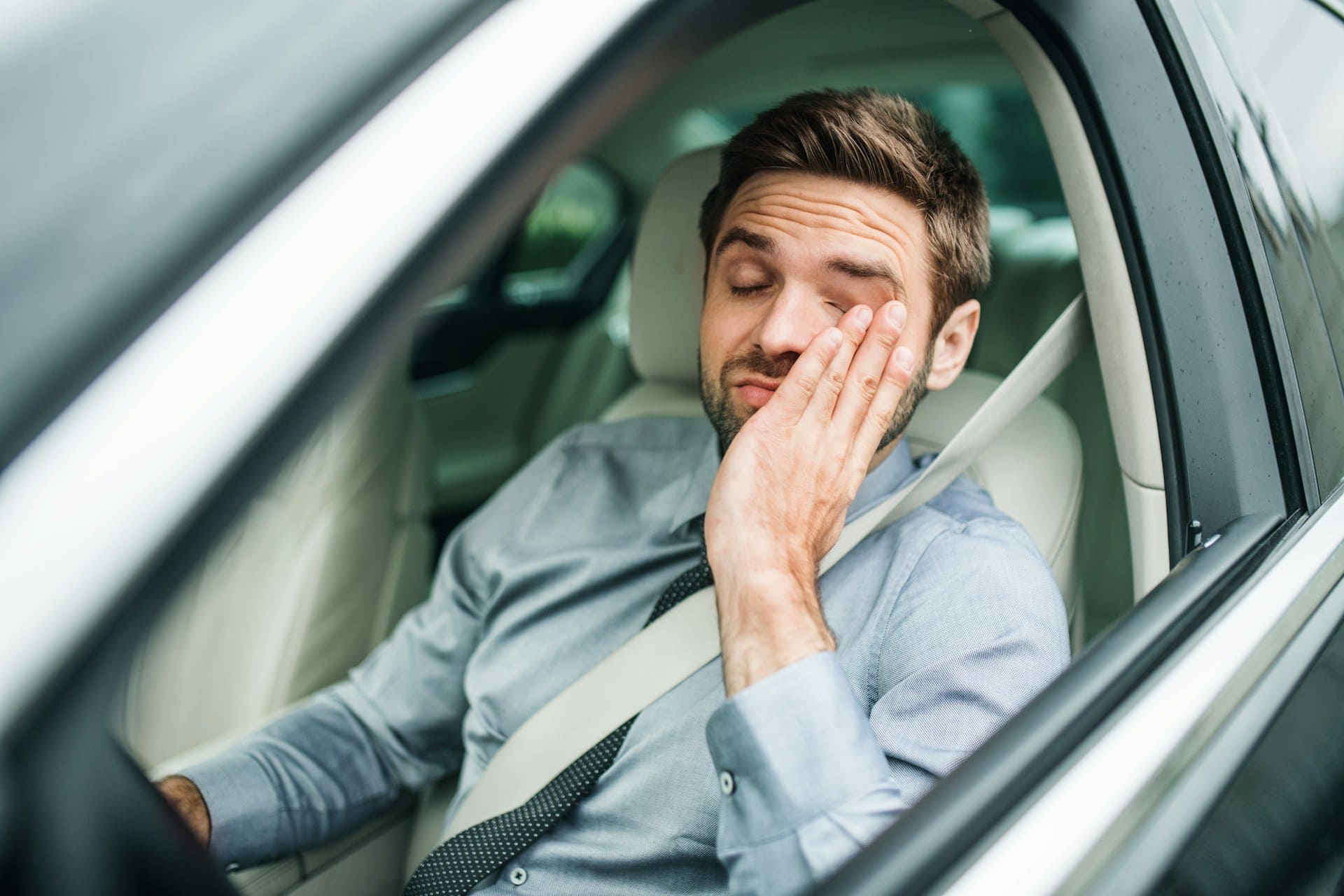
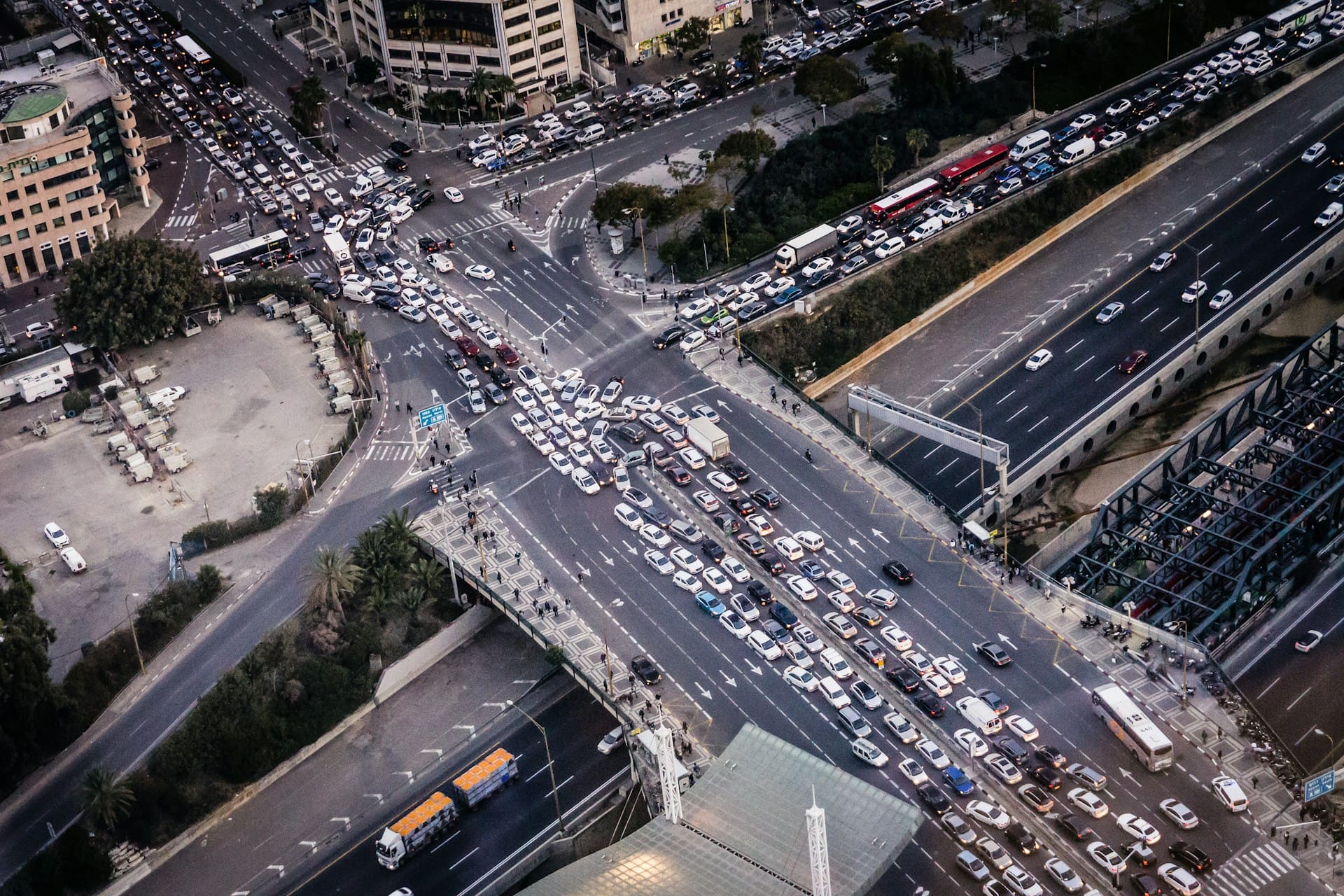
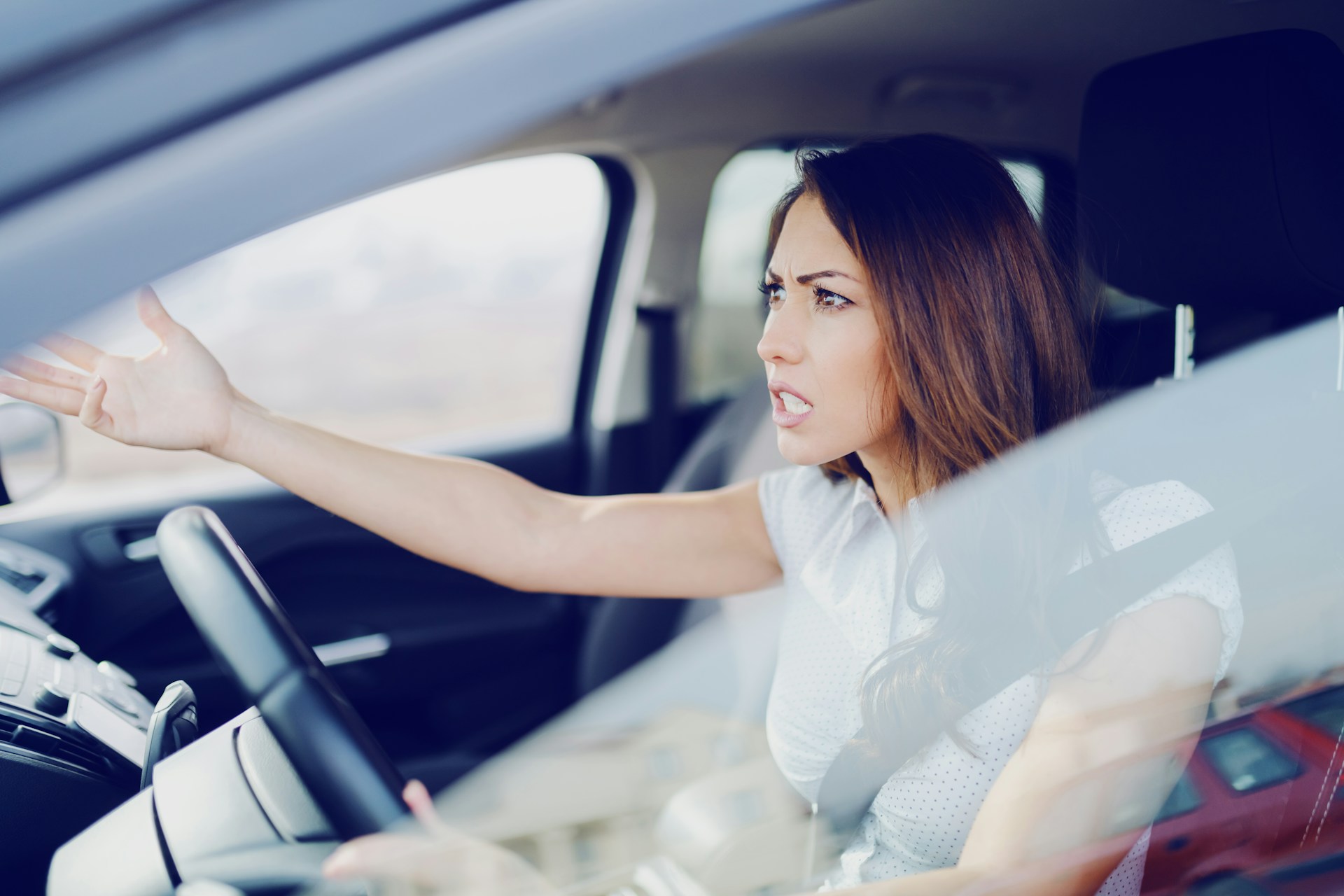
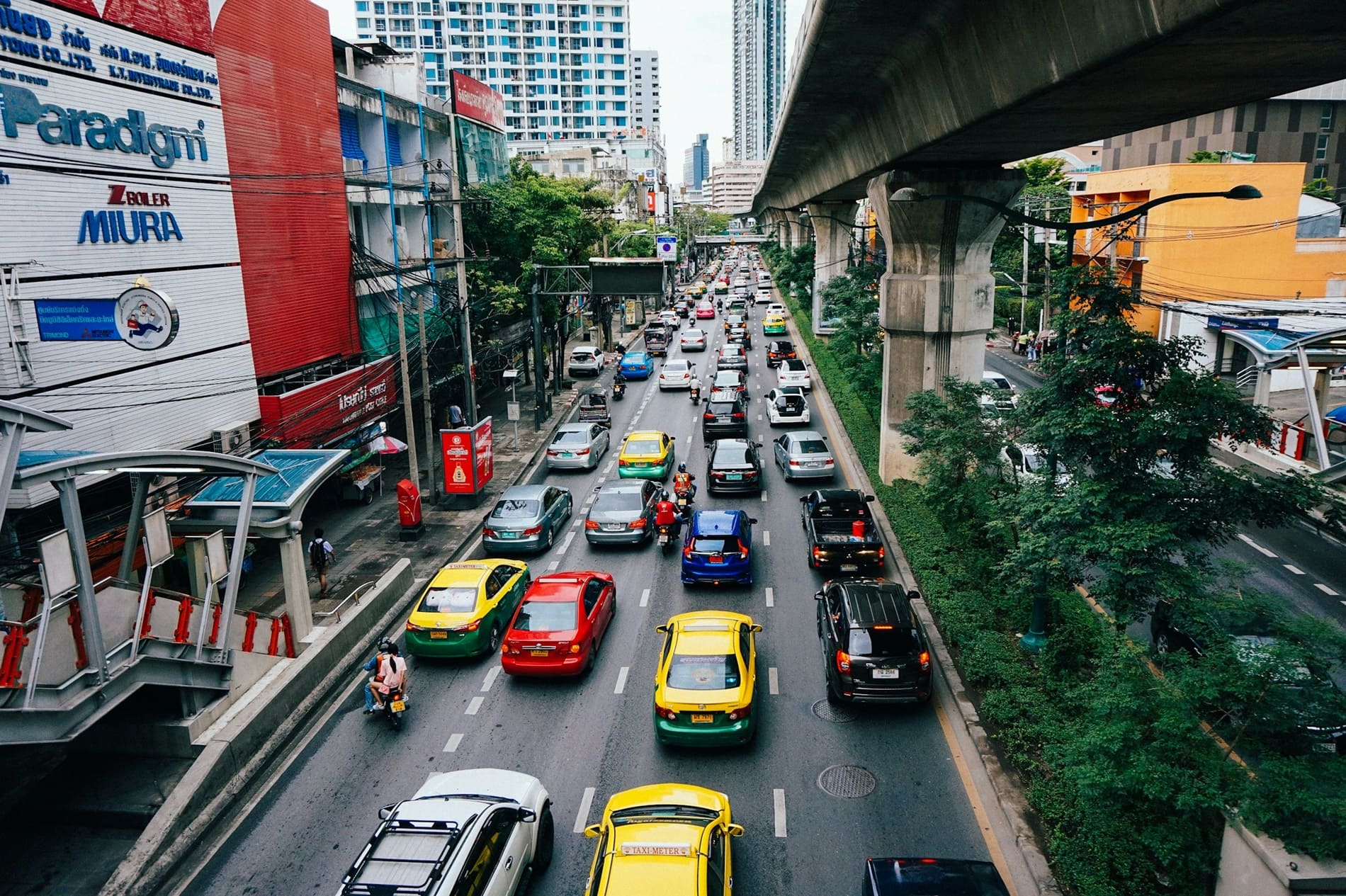



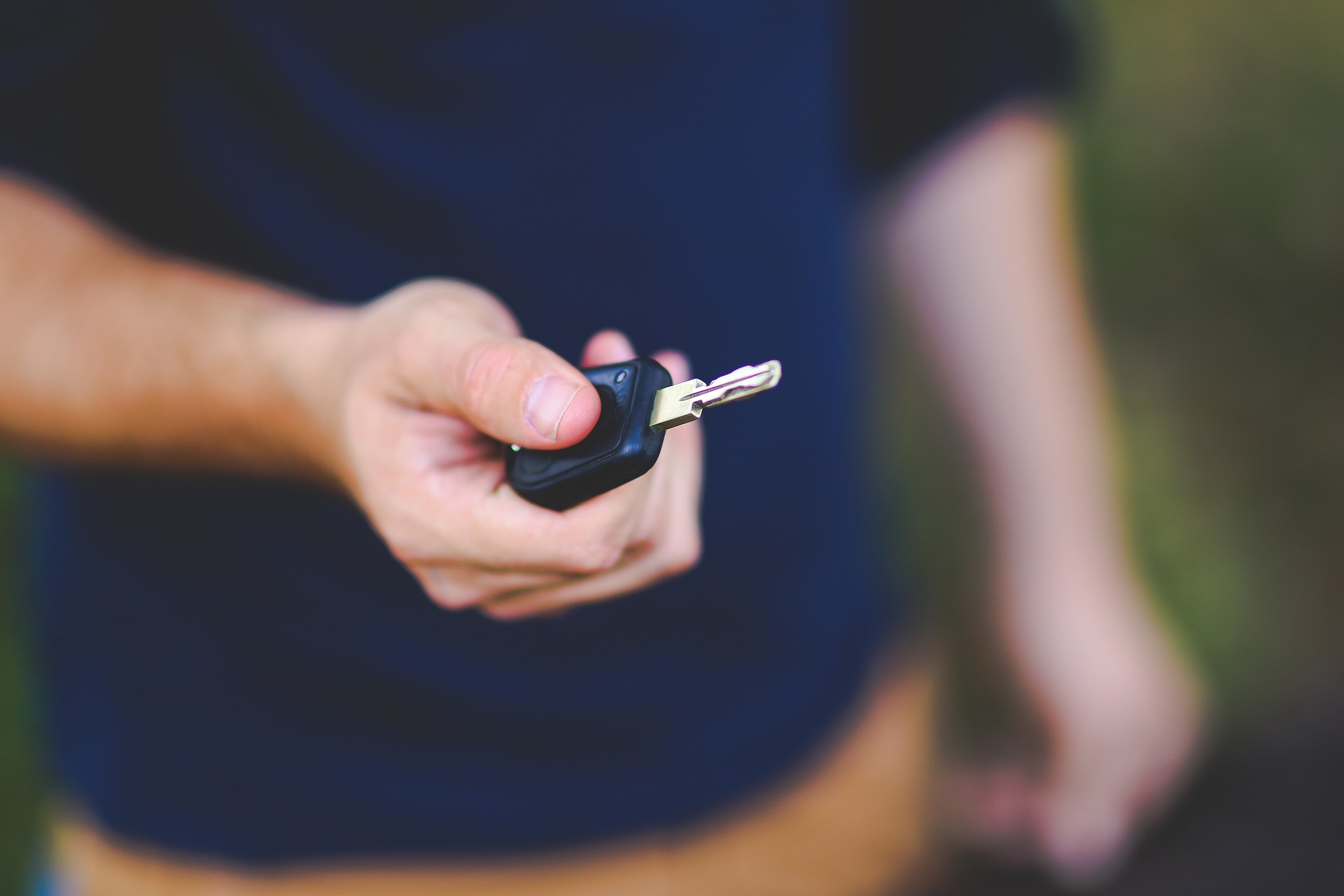
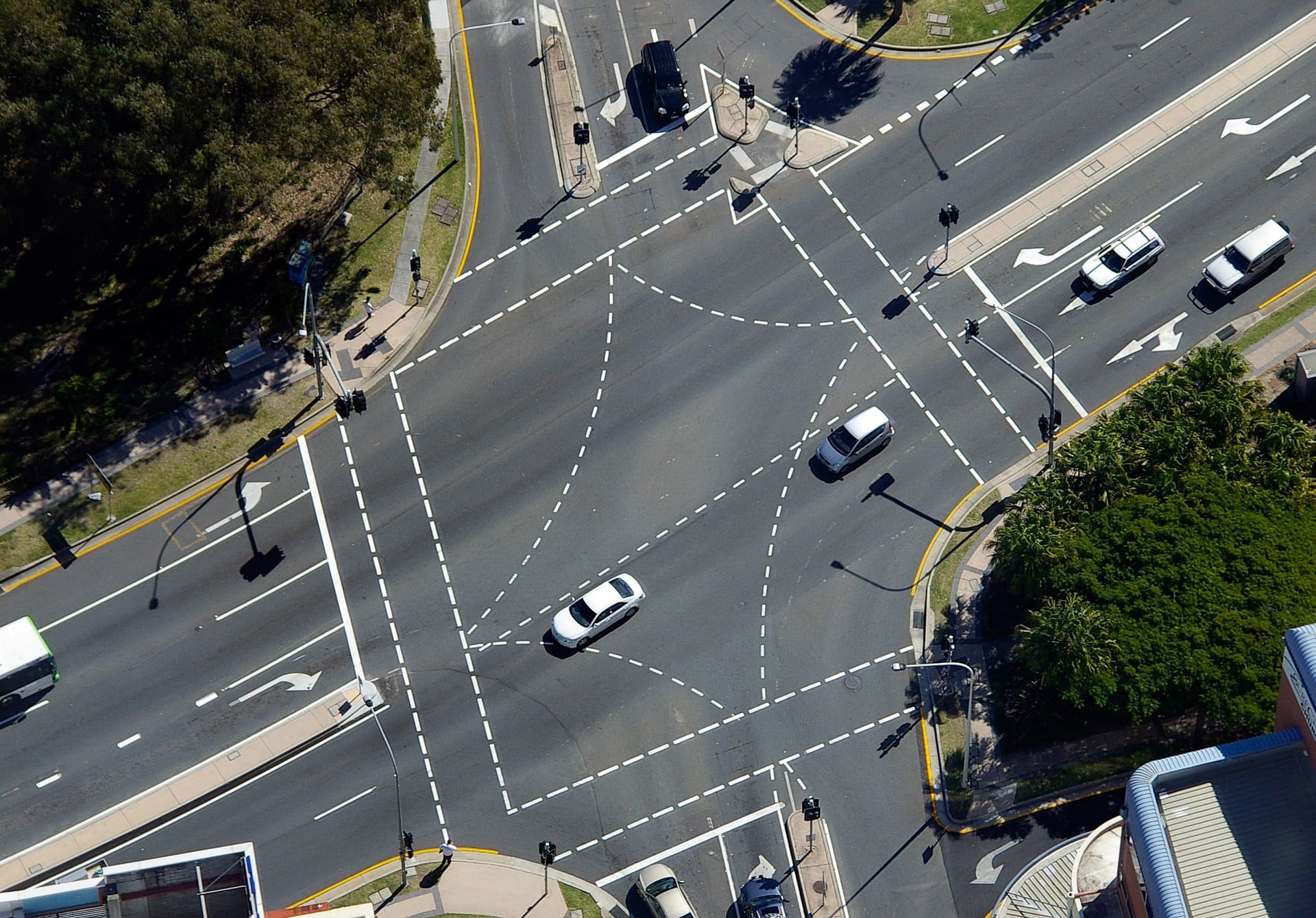





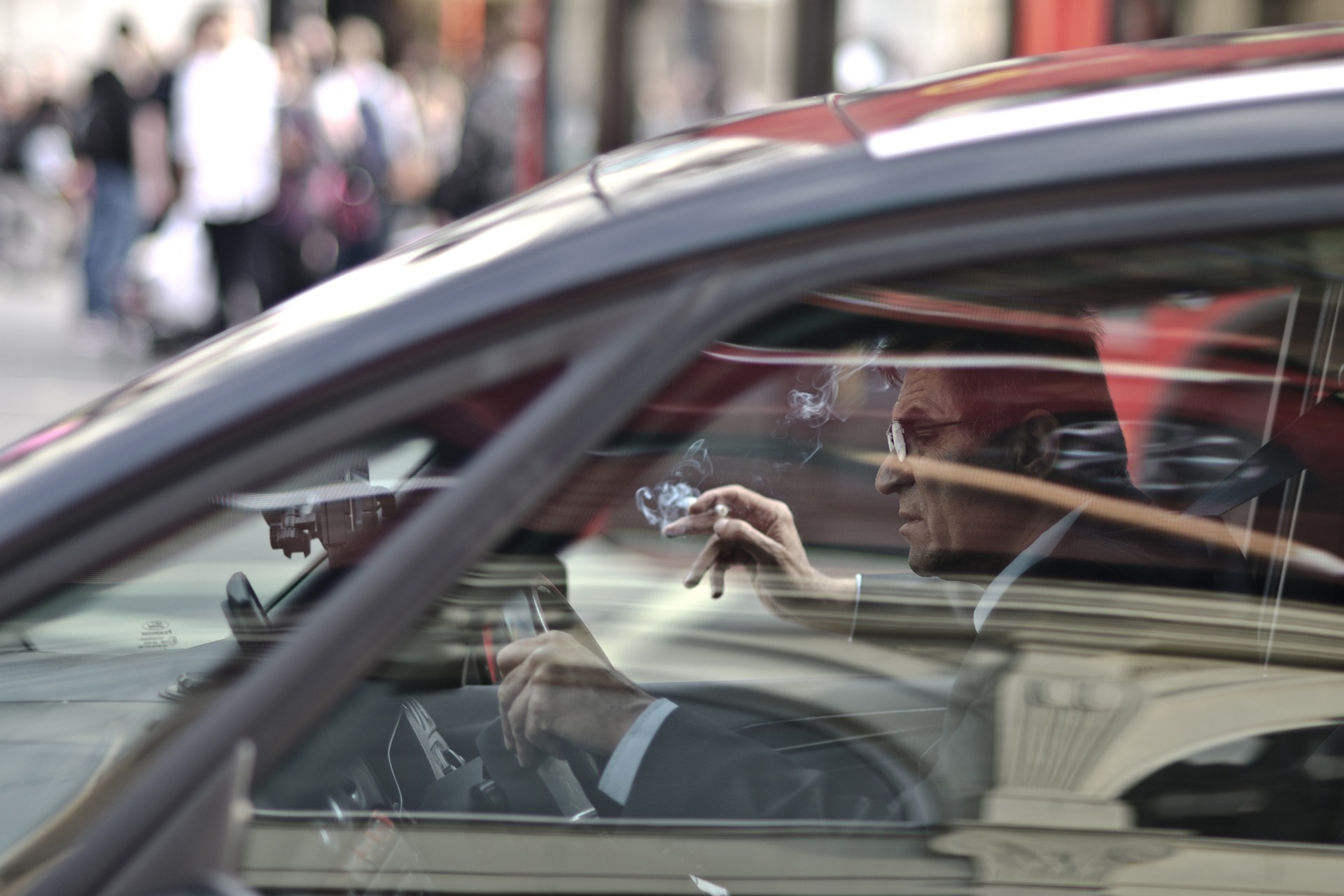




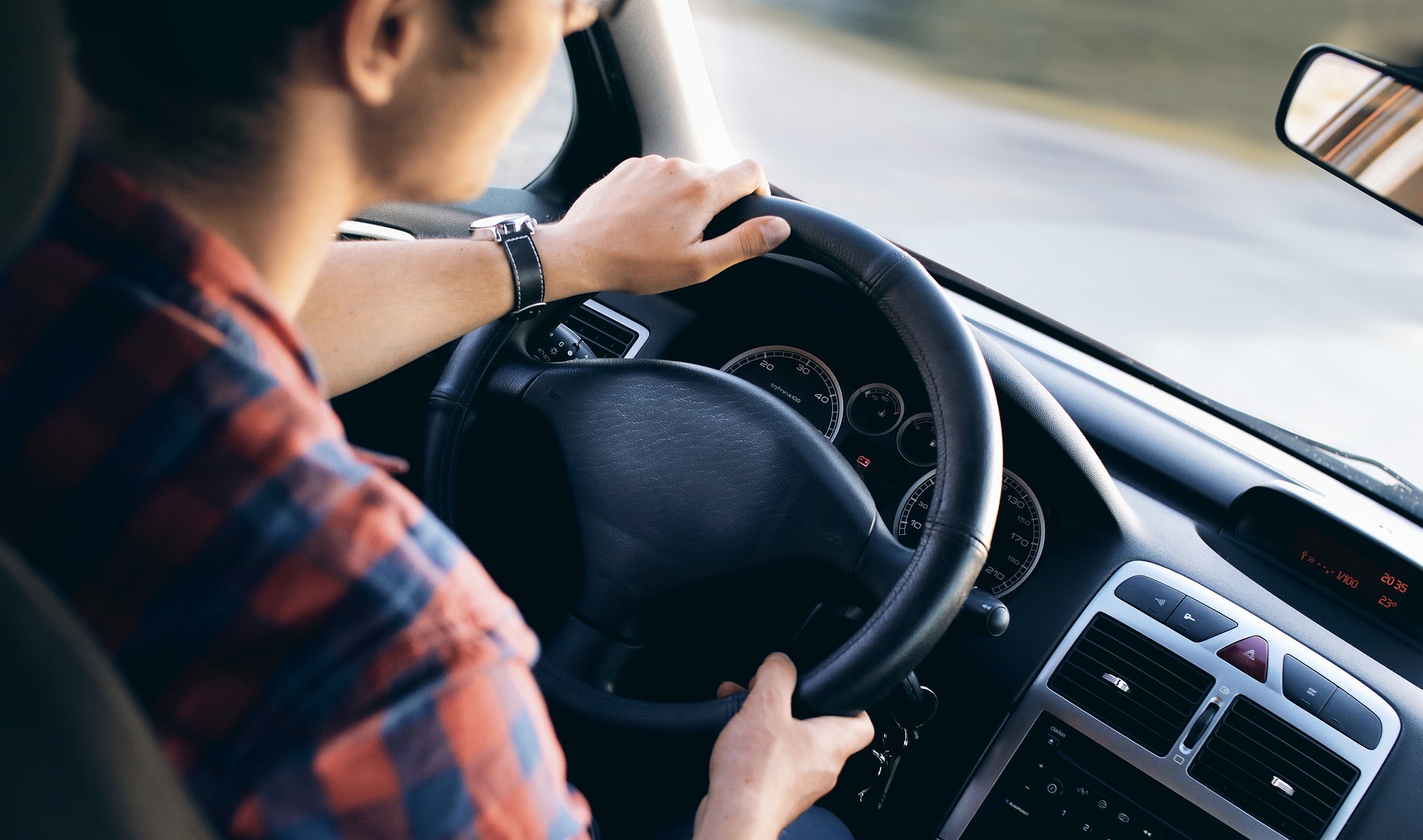
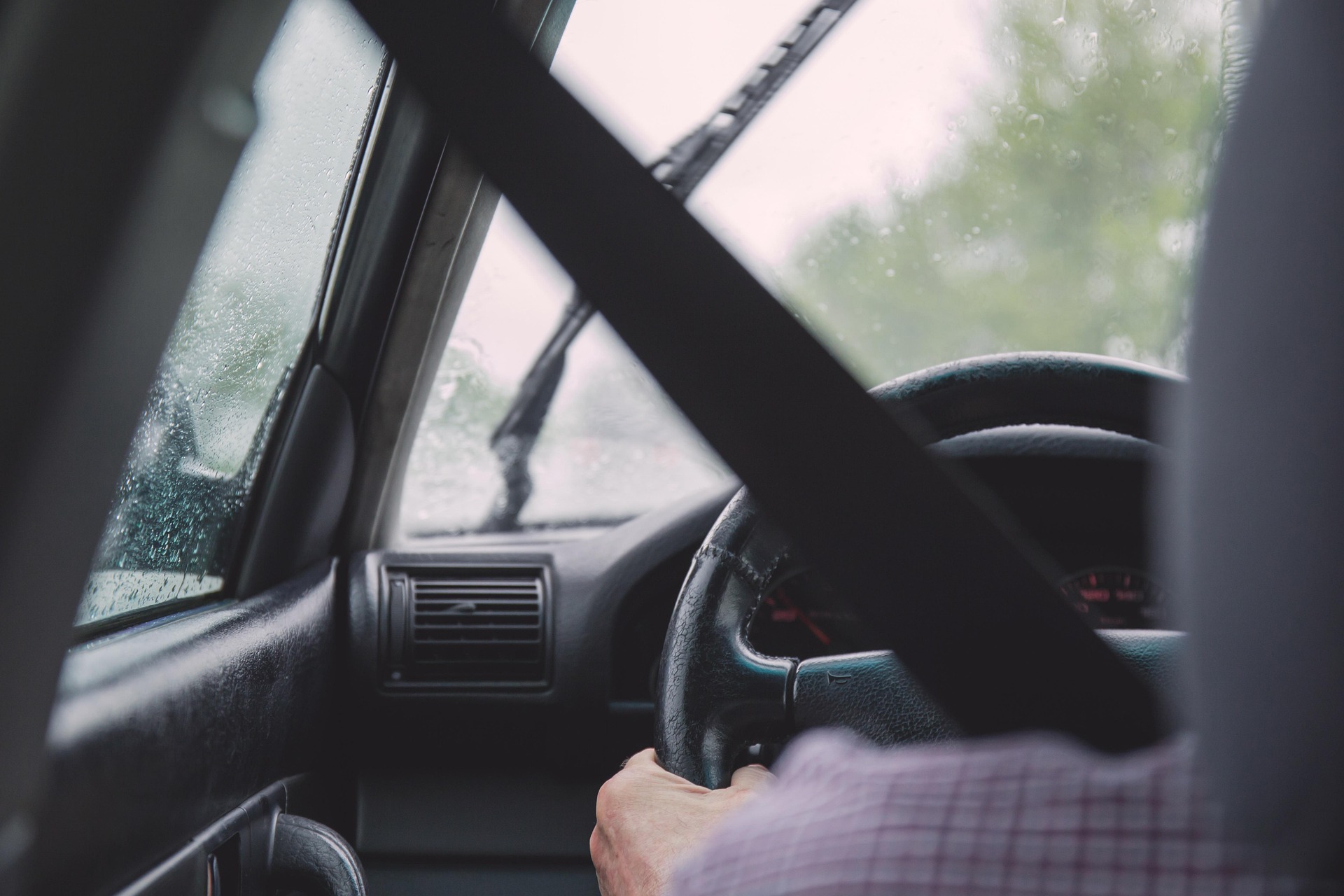
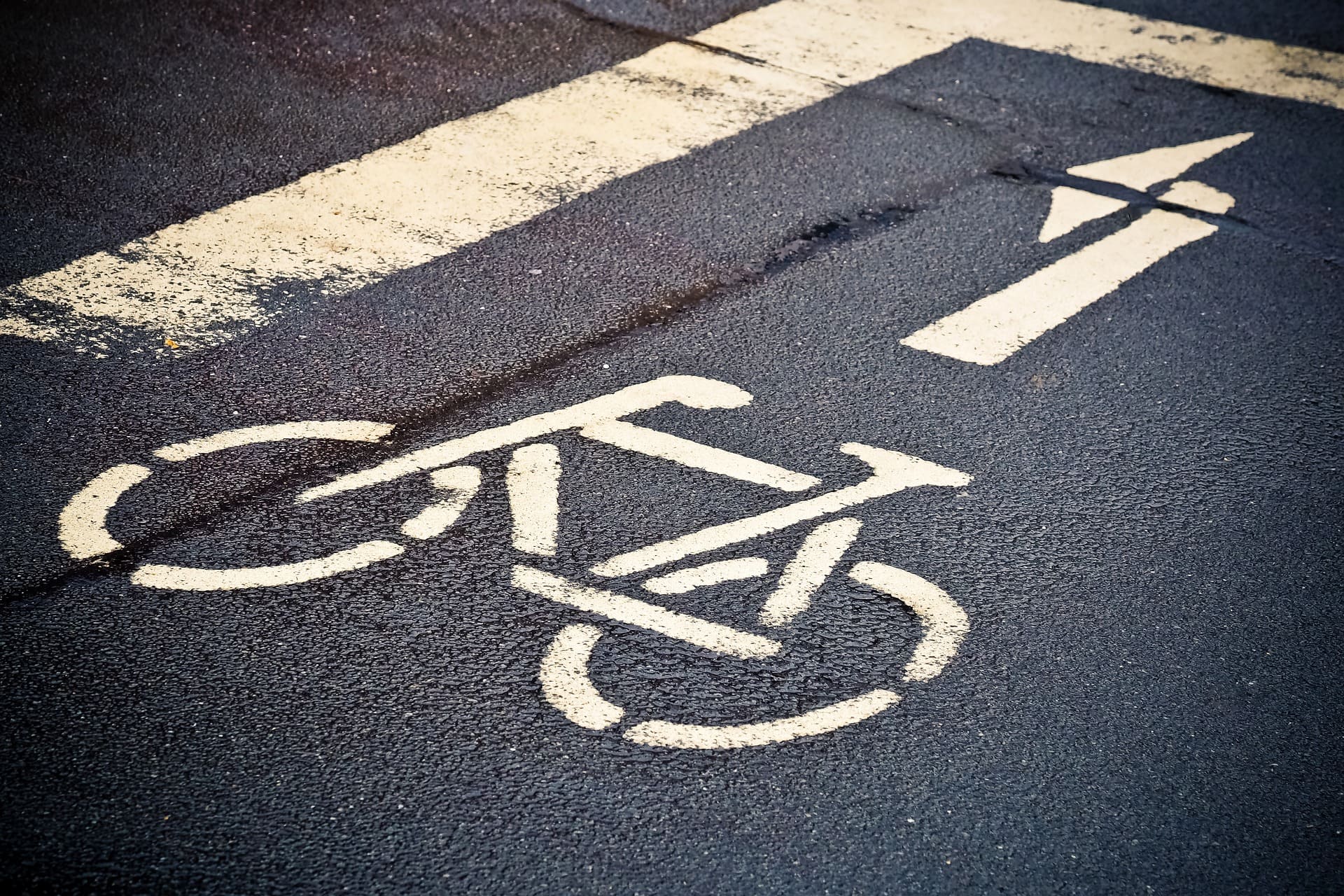
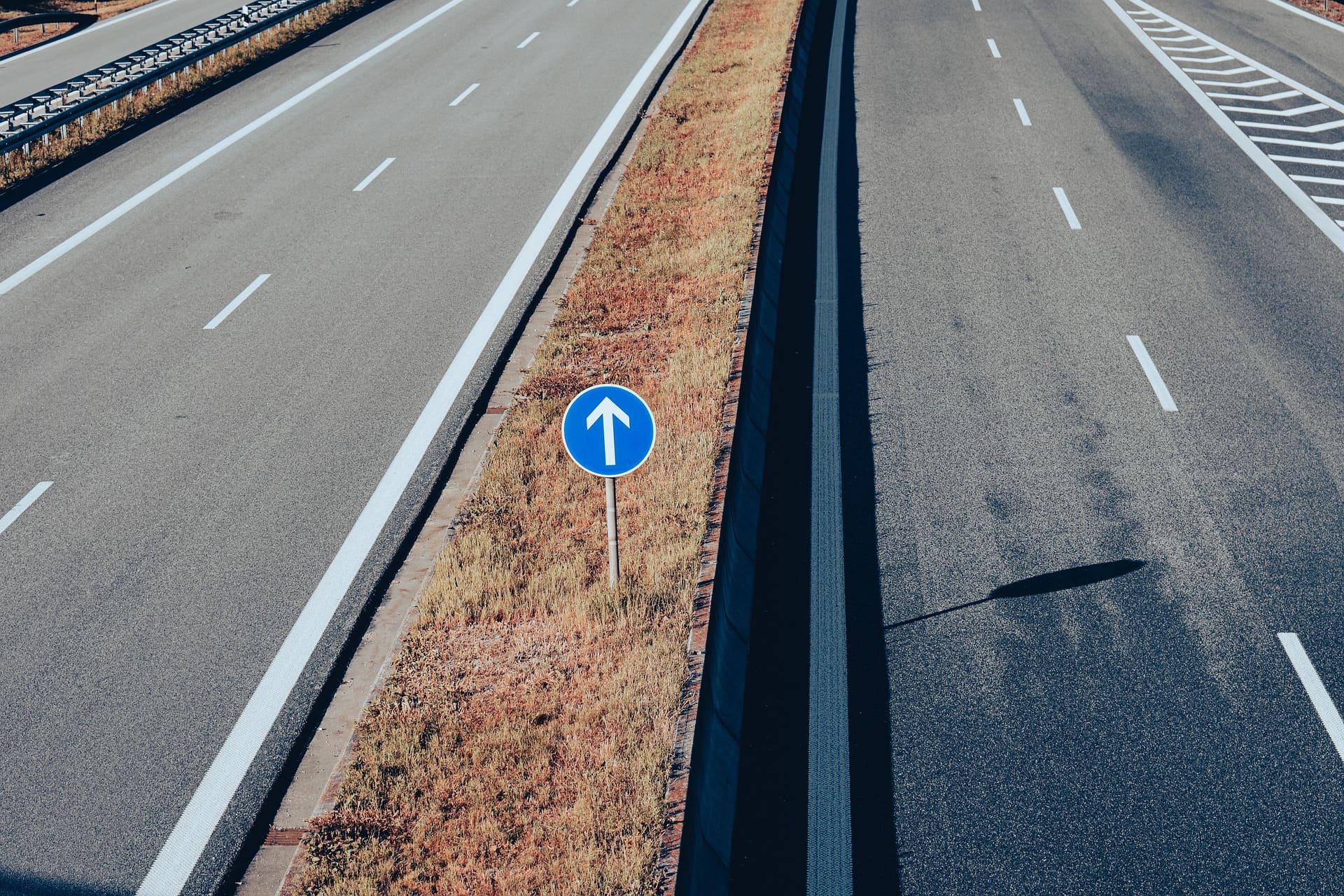
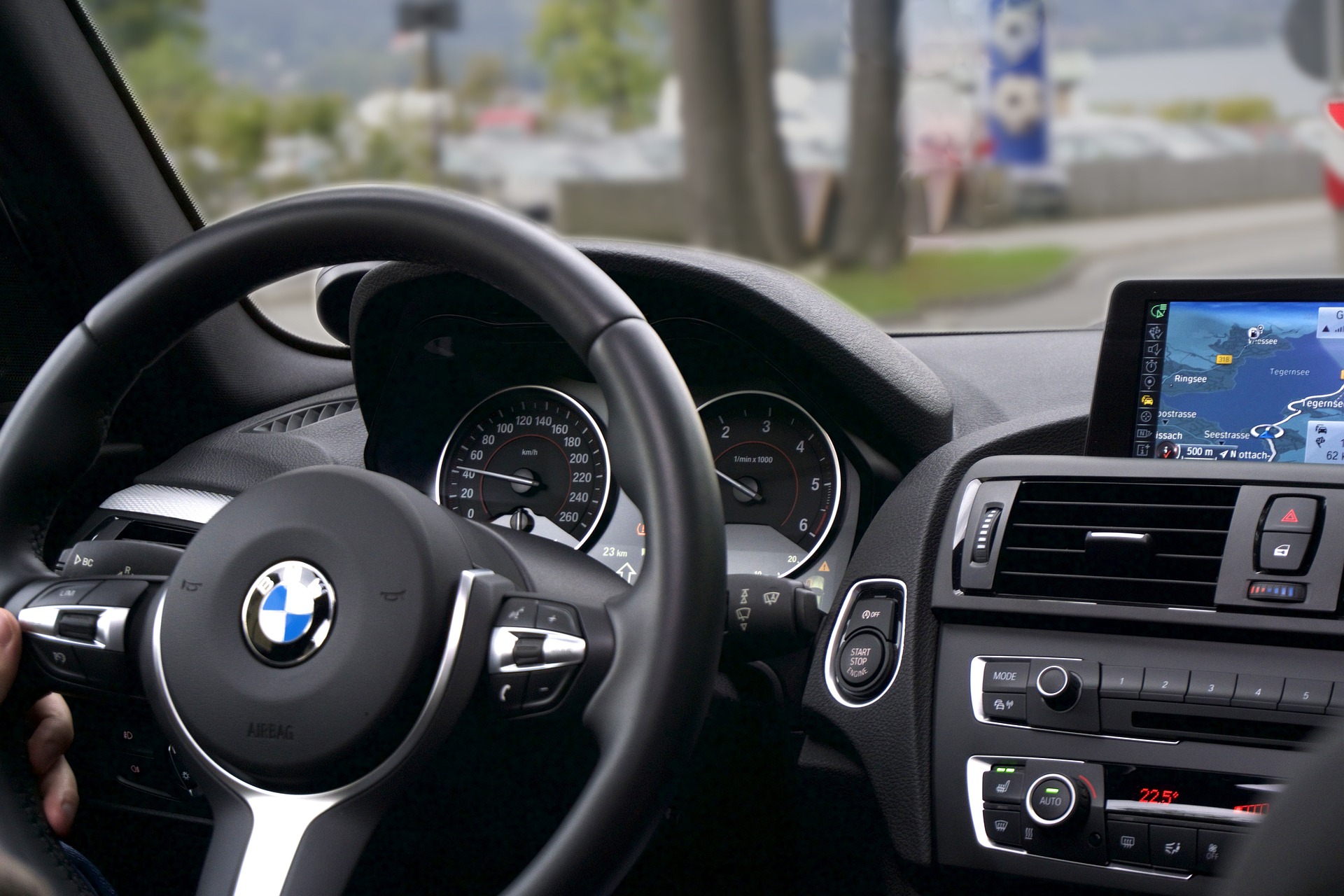

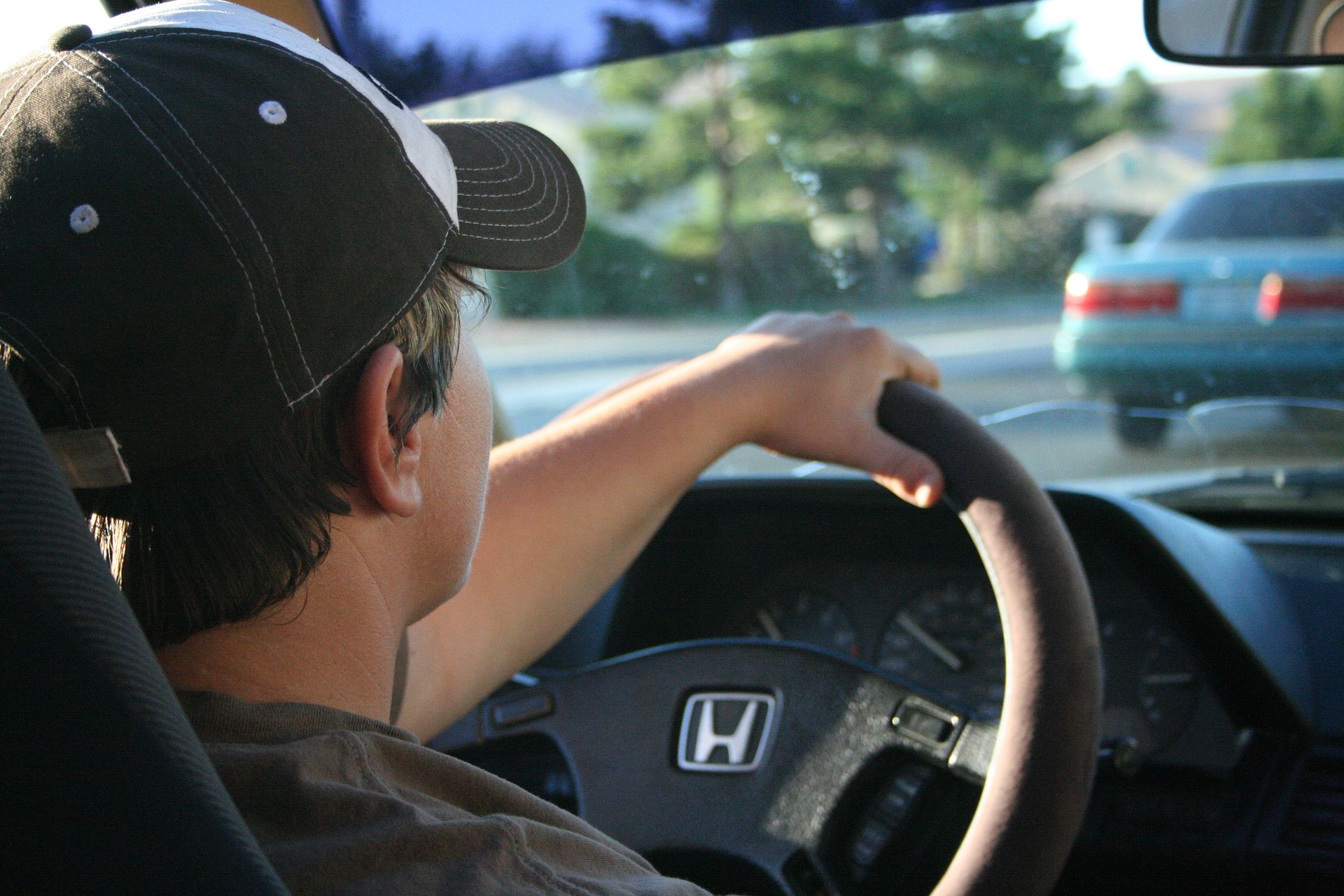











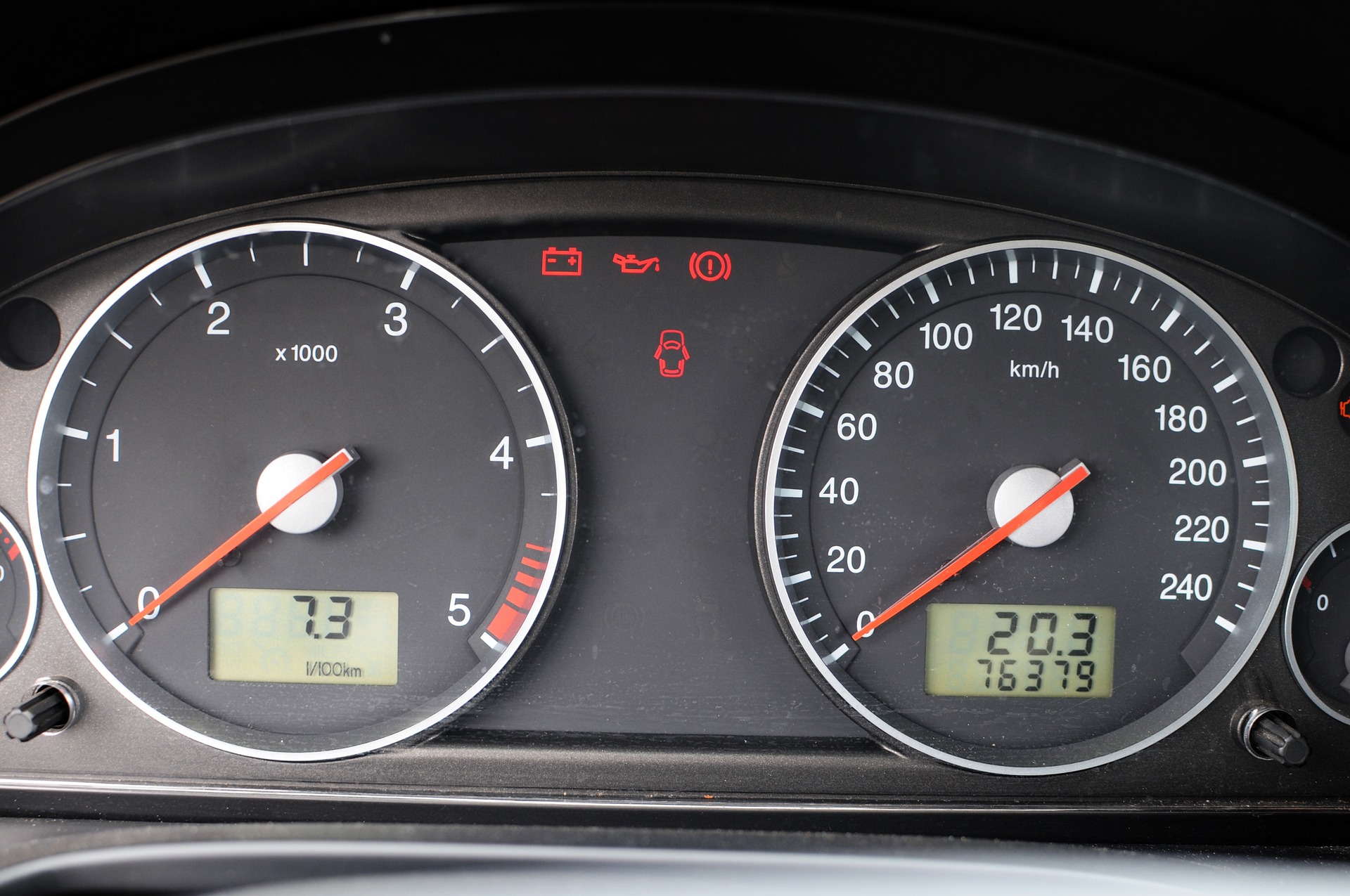


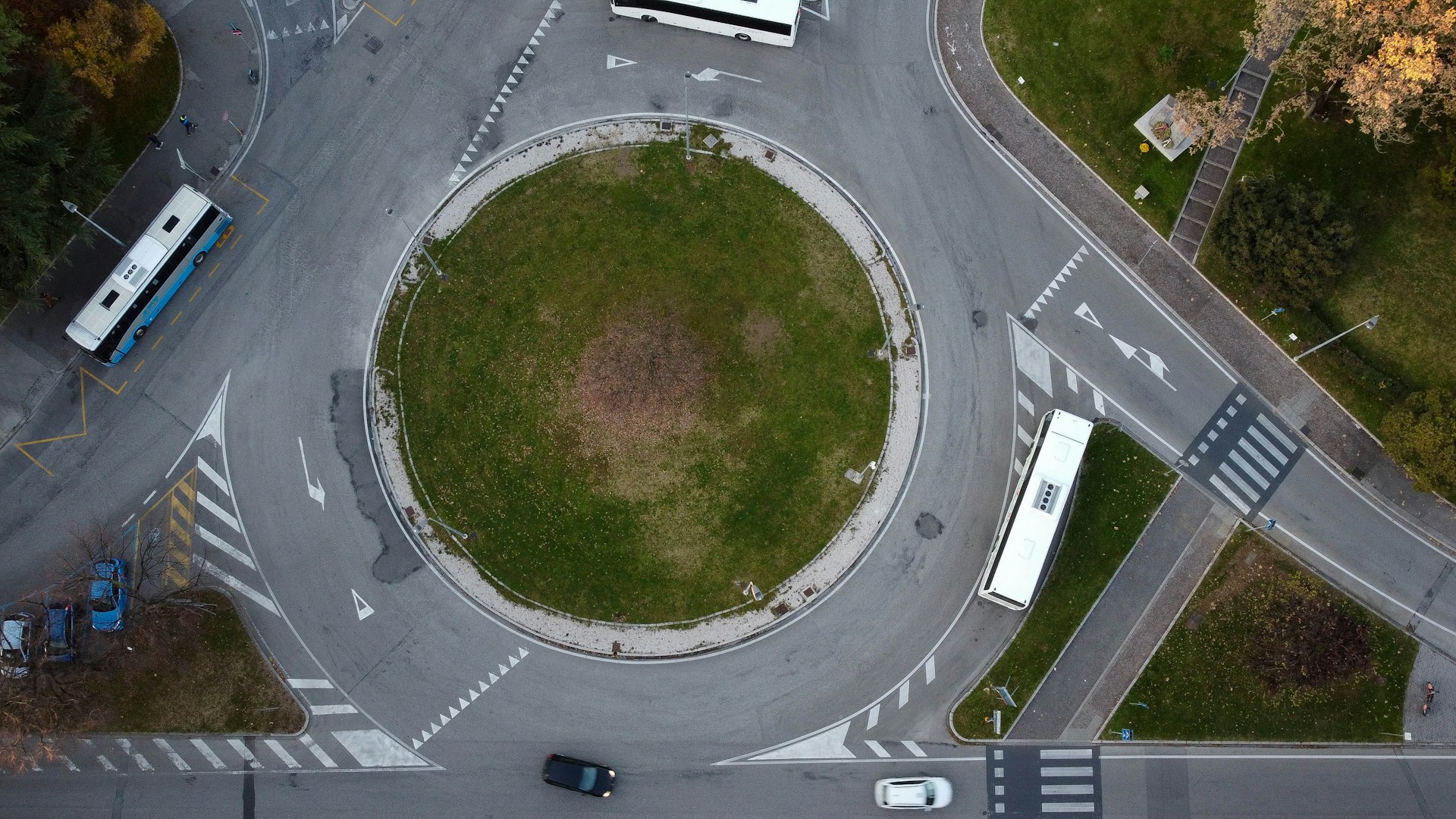
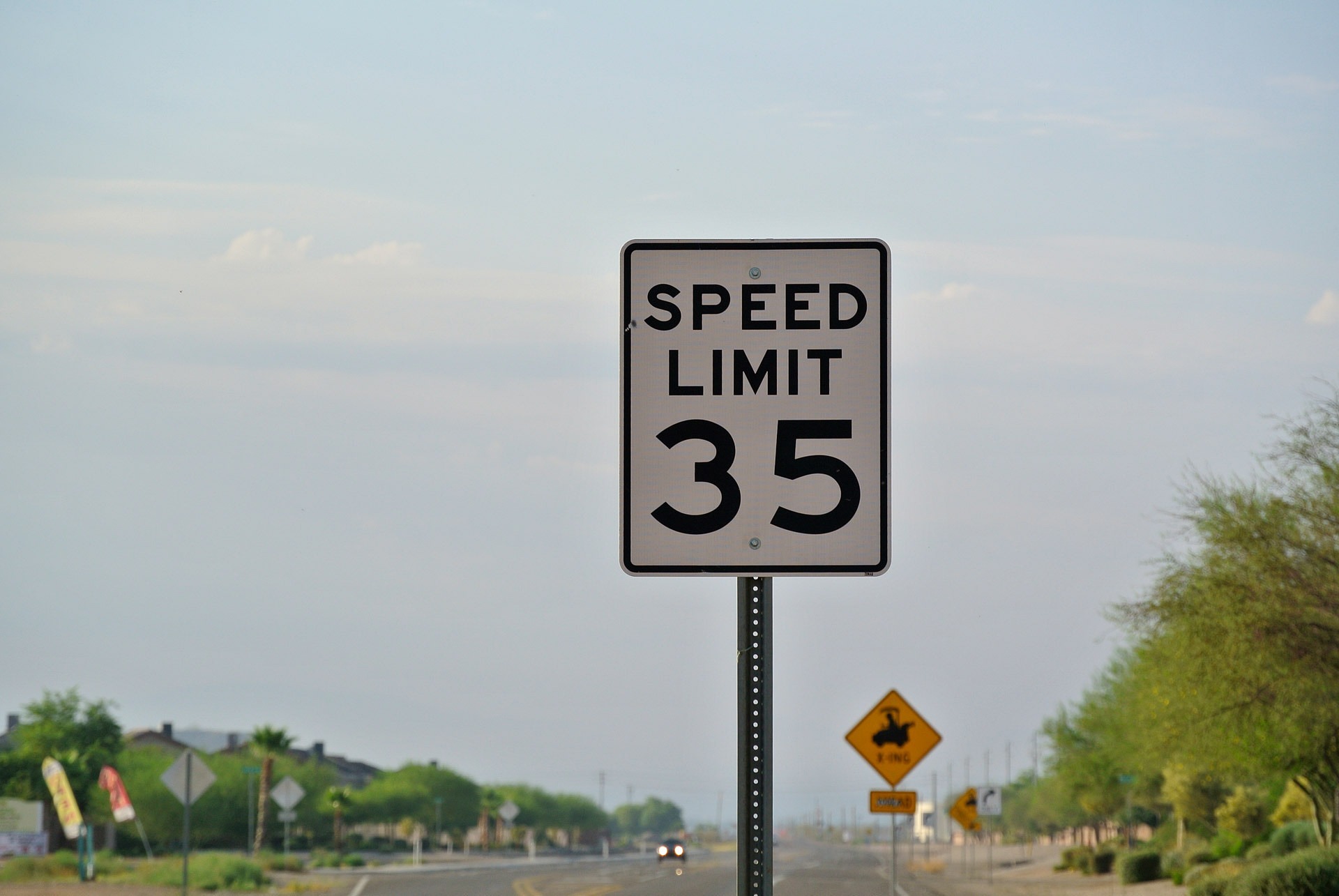
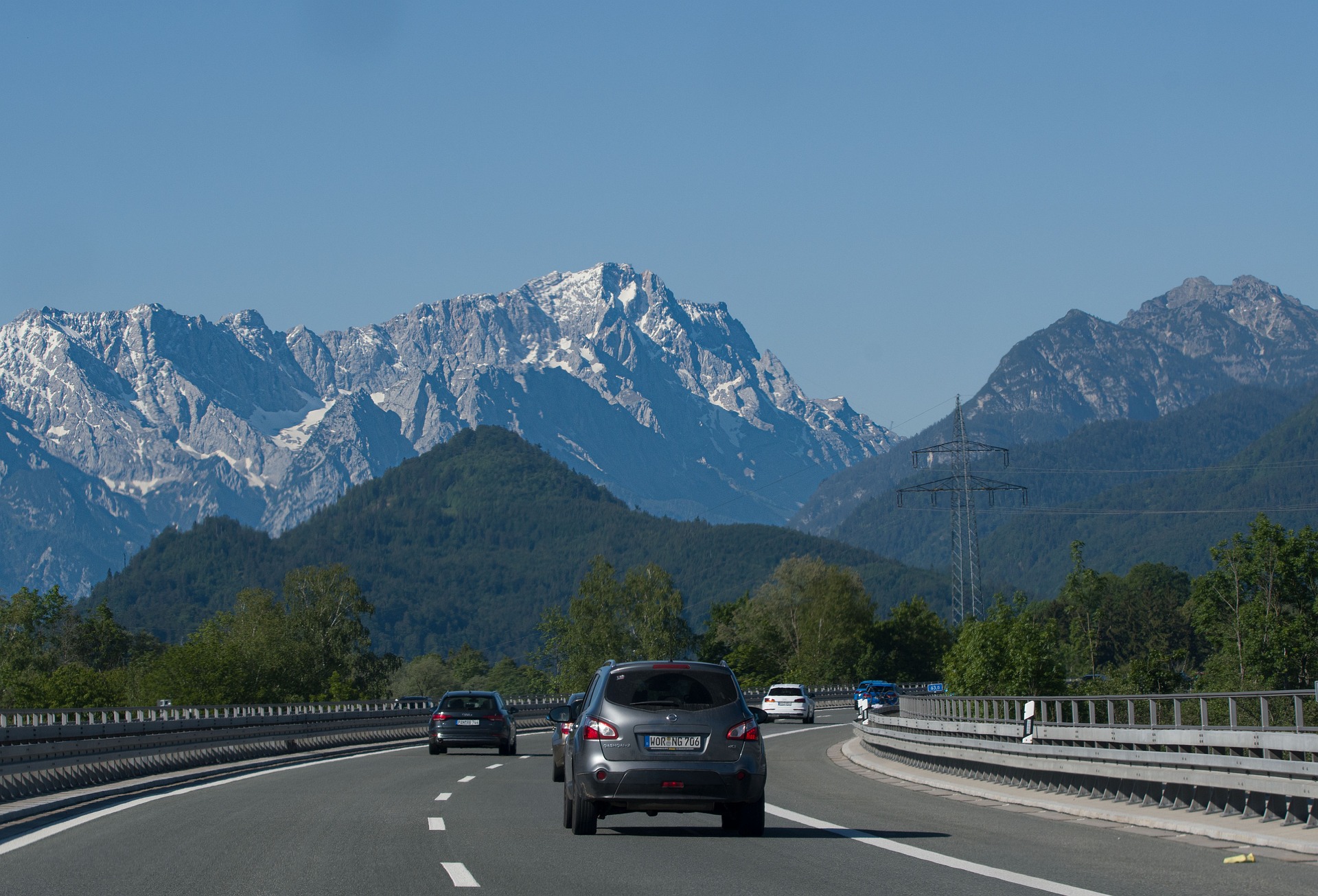

Comments